Garden Lighting Ideas
Lighting ideas for the outdoor living room By combining functional and decorative lighting, your garden transforms into a cosy outdoor living space. Illuminated pathways, plants, flowerbeds, and water features lend charm to any garden party and make evenings spent outside even more delightful. We offer tips for creating an inviting garden atmosphere, while also covering the essentials of energy efficiency – from LED and solar lighting to smart technology.
Our garden favourites
Discover Garden Lighting Ideas
Lighting novelties for the garden
Practical and convenient lighting for garden paths
Path and pedestal lights enhance both safety and ambience in outdoor spaces. They add a stylish touch to pathways, flowerbeds, and terraces. LED path lights with ground spikes are particularly convenient, as they require no installation. If you're looking to reduce energy consumption, motion-sensor path lighting is a smart choice. For even greater versatility, socket columns offer a dual benefit: they illuminate walkways while also powering electric garden tools, portable lights, and other outdoor equipment.
Shop now
Atmospheric plant & tree lighting
If you’d rather not see your blooming garden fade into darkness at dusk, outdoor spotlights are a brilliant solution. Plant and ground spotlights can be used to highlight trees and flowerbeds with focused beams, creating atmospheric plays of light and shadow. Spotlights with ground spikes are quick to install and can be easily repositioned among trees, shrubs, and borders. Tip: For a softer, more harmonious effect, spherical lights are ideal for adding a gentle glow to your greenery.
Shop now
Decorative lights for your flowerbeds
Decorative lights featuring colourful motifs – from flamingos to garden gnomes – are a delightful addition to any creatively designed garden. They add charm to flowerbeds by day and bathe them in a warm, inviting glow by night. For maximum flexibility and energy savings, opt for solar-powered LED decorative lights with ground spikes – the perfect combination of style and sustainability.
Shop now
Pond and pool lighting for pure outdoor ambience
An illuminated garden pond or pool can become a true centrepiece of your outdoor space. There’s a wide range of lighting options to choose from – including underwater lights with IP68 protection, which can be mounted on the base or walls, floating lights that gently drift across the surface with changing colours, and spotlights or solar globes positioned around the water’s edge to create a magical evening atmosphere.
Shop now
Impressive wall, fence and staircase lighting
Modern spotlights, floor lights, and wall lamps gently illuminate staircases, walls, and fences, enhancing safety while creating a visually pleasing boundary around your property. For energy-efficient stair lighting, solar-powered wall lights are a smart choice. And when it comes to lighting walls and fences, options like spotlights and LED strips are now widely available with integrated solar panels – combining style with sustainability.
Shop now
Expert tips and outdoor lighting ideas
Opt for LED
Modern LED technology can reduce energy consumption by up to 90% compared to older lighting systems – and even more with the latest energy efficiency class A models. Thanks to their long lifespan, LED garden lights are also virtually maintenance-free. For fittings with a standard socket, simply replacing the old bulb with an LED bulb is an easy and effective upgrade.
Use solar
If you’d like to light your garden without using mains electricity, solar lights with LED technology are an excellent choice. The benefits are clear: no energy costs, no need for wiring, and no plugs required. For the best performance, position the solar panel in a sunny, south-facing spot and keep it free from dirt and leaves to ensure optimal charging. Motion sensors can also help conserve energy by ensuring the lights only switch on when needed.
Use smart home technology
Smart outdoor lighting opens up a world of possibilities. With app control, you can easily adjust the light colour and brightness to suit any occasion. The RGB function adds a creative, colourful touch to your garden. Comprehensive systems like Philips Hue offer a wide selection of stylish outdoor lights to enhance your exterior spaces. Connected lighting setups and routines can be programmed in moments, bringing both convenience and atmosphere to your garden.
Pay attention to the IP protection class
Outdoor lights must have a suitable IP protection rating, depending on their placement and exposure, to safeguard the sensitive electrical components from moisture and foreign objects. The required level of protection varies depending on where the light is installed – whether it’s under a sheltered canopy, exposed in the open air, mounted at ground level, or even submerged in a pond.
FAQ: Frequently asked questions about garden lighting
Garden lighting is highly individual and depends not only on personal taste but also on the layout of the space. Is it a compact garden with a patio and a narrow lawn, or a larger plot with trees, a garden shed, a swimming pond, and a pavilion? Most gardens fall somewhere in between. Regardless of the size, energy-efficient lighting can be achieved using solar power, LED technology, twilight sensors, and motion detectors. When planning your lighting, it’s important to consider IP protection ratings, the power supply, and the intended purpose of each light. For example, if you're aiming to create a cosy lounge atmosphere, warm white lighting and decorative features are ideal. In contrast, stair lighting should prioritise functionality, with glare-free illumination to ensure safety. If you have any questions about planning or choosing the right garden lighting, our technical advice centre is here to help.
Every garden light is exposed to the elements, but the level of protection required depends on its location. For instance, a lamp placed under a roof or near a garden pond will need a different level of protection. That’s where IP ratings (Ingress Protection) come in. The first digit indicates protection against solid objects, such as dust or debris, while the second digit refers to protection against moisture. For example:IP44: Protected against solid objects larger than 1mm and splashing water.
IP68: Completely dust-tight and safe for continuous immersion in water.
The brightness of an outdoor light largely depends on its intended purpose and your personal preference. Naturally, a driveway spotlight needs to be much brighter – around 1,000 lumens – to ensure clear visibility and safety. In contrast, a patio light used for evening barbecues may only need 100 to 400 lumens to create a warm, inviting atmosphere without being overpowering.
The ideal light colour for your garden depends on how and where the lighting is used. A warm white light with less than 3,300 Kelvin creates a cosy, inviting atmosphere – perfect for turning your garden into a second living room. For more practical purposes, such as driveway spotlights or task lighting, a cooler, universal white light between 3,300 and 5,300 Kelvin is more suitable. This is similar to the kind of lighting you might use at a desk indoors. Ultimately, though, it all comes down to personal preference and the mood you want to create in your outdoor space.
If your garden lights – such as path lights – require a fixed power supply, this is typically achieved using underground cables designed to withstand moisture. Standard practice involves spade-proof installation, meaning the cables are laid at a depth of 60 to 80 cm, below the frost line, within flexible conduits and surrounded by a 10 cm layer of sand for added protection. To further safeguard the cable route, it is marked and shielded underground using bricks and PVC warning tape. We strongly recommend that all electrical installations be carried out by a qualified professional to ensure safety and compliance with regulations.
When lighting is essential for safety reasons, it’s best to choose lamps with a mains power connection. This is particularly important for areas such as steps, garages, and any lighting used for security purposes. Hybrid lights offer a practical solution by switching from solar power to the mains supply if the stored solar energy is insufficient. Meanwhile, pure solar lights are ideal for adding decorative flair to the garden. These lights are powered entirely by the sun, meaning they require no wiring and can be installed easily without professional help. For optimal performance, solar lights should be positioned facing south to maximise sun exposure. It’s also important to keep the solar panel clean and free from leaves or debris to ensure efficient charging.
Today, many high-quality and durable garden lights are made using plastics and aluminium for the shade and housing. However, stainless steel remains one of the most popular choices. This robust, temperature-resistant material is not only highly resistant to corrosion, but also easy to maintain. Its sleek appearance adds a touch of quality and elegance to any outdoor setting.
Many modern lights now come with a built-in motion detector, offering greater convenience, safety, and energy efficiency. They help reduce the risk of tripping by ensuring areas are well-lit only when needed. This not only enhances comfort but also makes the lighting more environmentally friendly and extends the lifespan of the lights, as they are only activated when motion is detected.
Low-voltage garden lighting systems – such as Plug & Shine from Paulmann – are easy to install in outdoor spaces, even without the help of a qualified electrician. Whether you're lighting terraces, pathways, flowerbeds, trees, or walls, these systems offer a simple and effective solution. Using a 12-volt low-voltage system ensures safe and straightforward installation. The components are designed for outdoor use and are moisture-resistant, making them both durable and reliable. Another advantage is their flexibility – the lights can be repositioned at any time, and the system can be easily expanded to suit your evolving garden design.
As a general rule, outdoor lighting must not shine onto neighbouring properties, and above all, must not cause glare or discomfort. For instance, if a neighbour is forced to close their shutters or curtains to avoid being disturbed while sleeping, they may have grounds to take legal action against the owner of the lighting. The responsibility lies with the property owner to ensure that light emissions remain within reasonable limits. In the event of a dispute, the matter is assessed on a case-by-case basis, with the court making an individual judgement.
Related topics
:format(jpeg))
)
)
)
)
)
)
)
)
)
)
)
)
)
)
)
)
)
)
)










































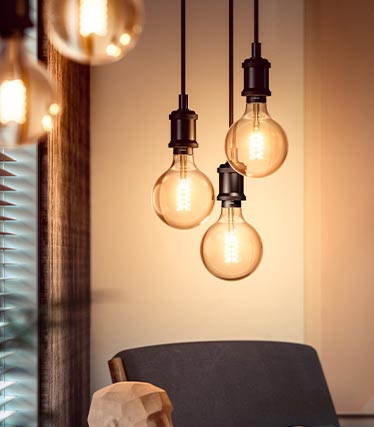








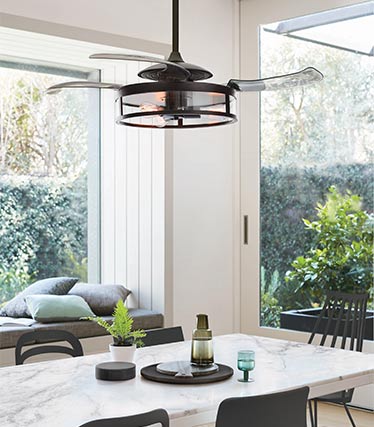

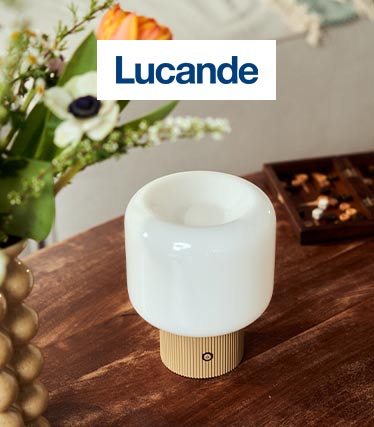




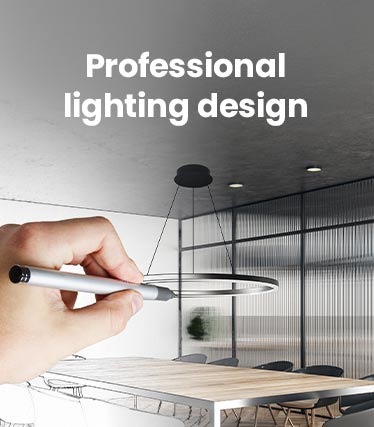




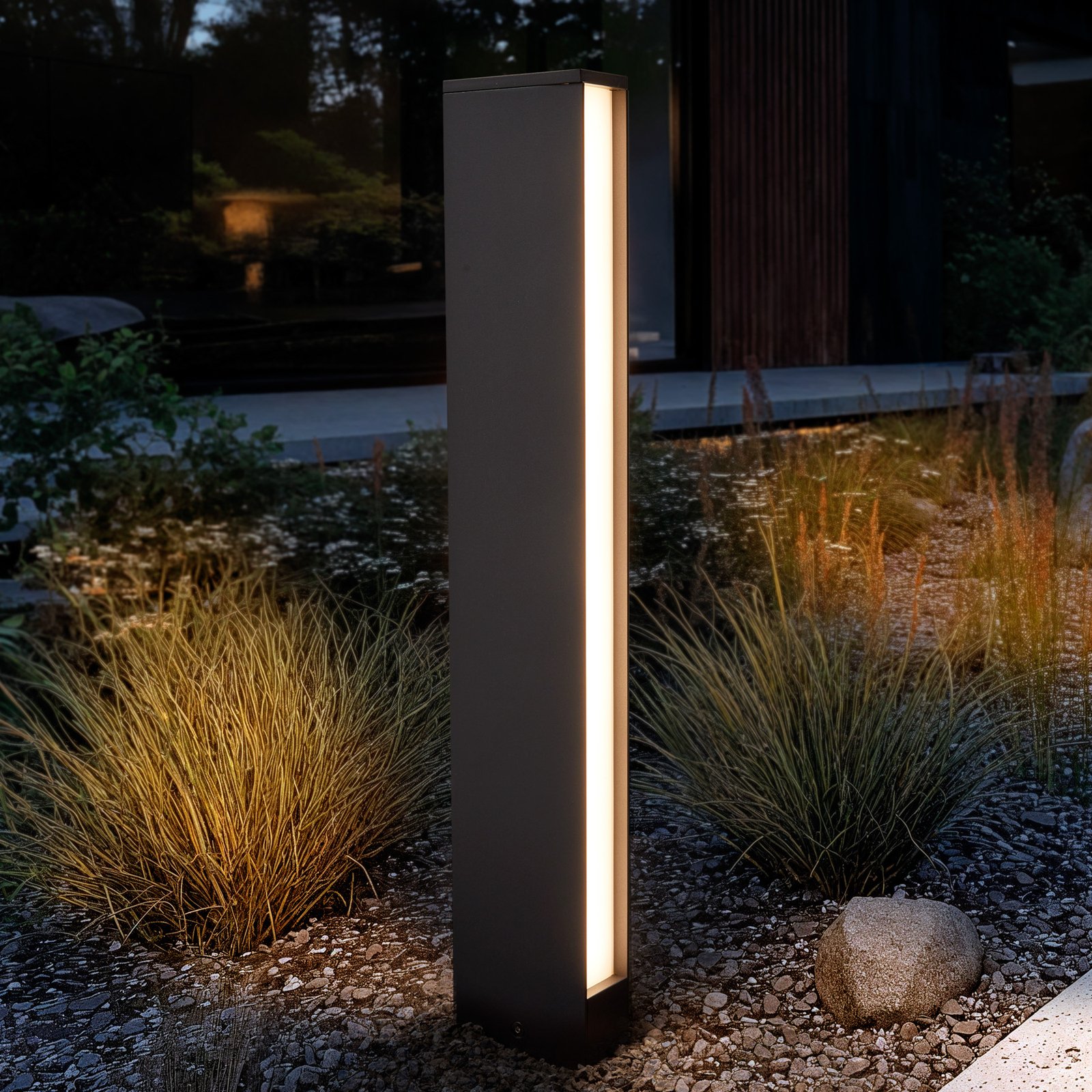
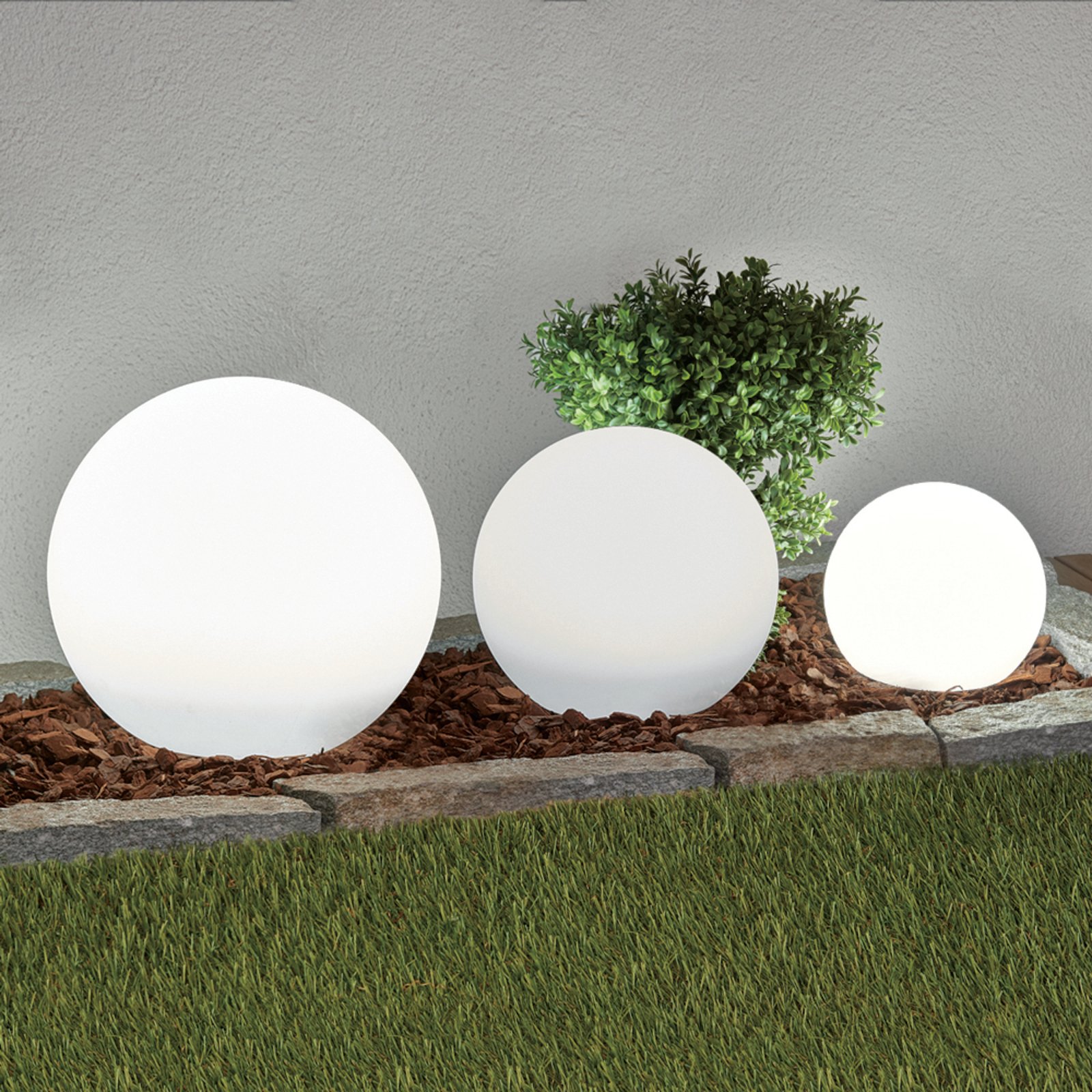
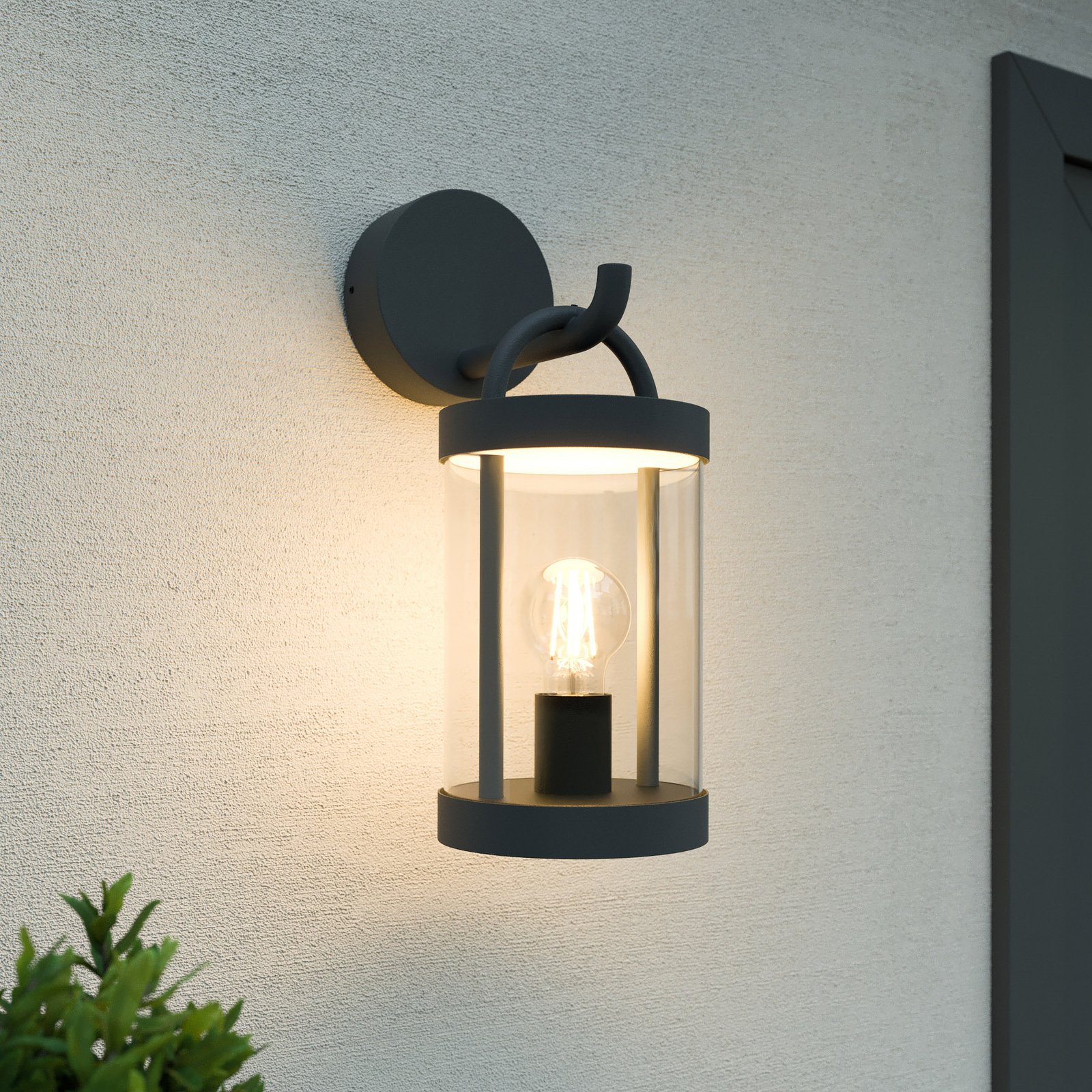
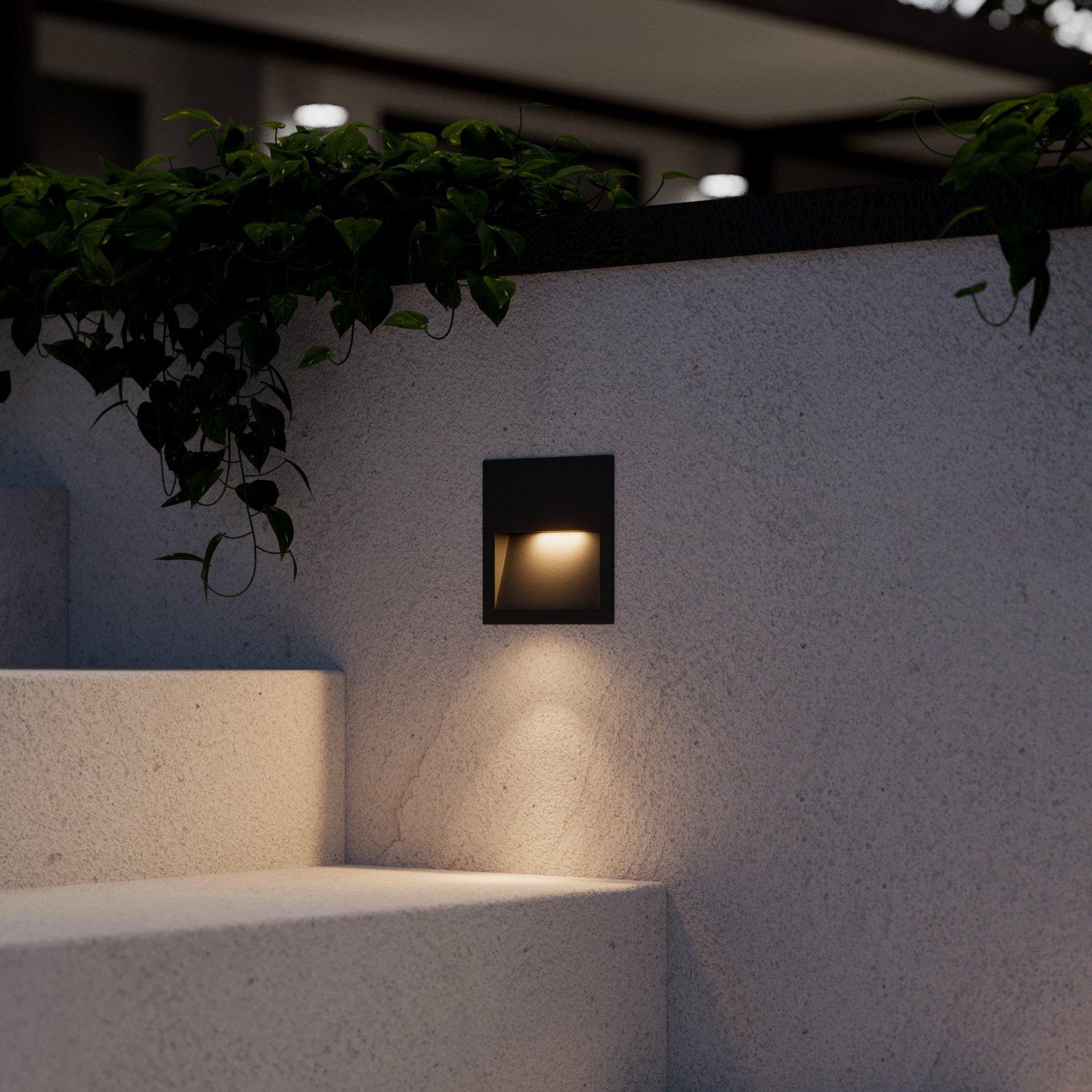
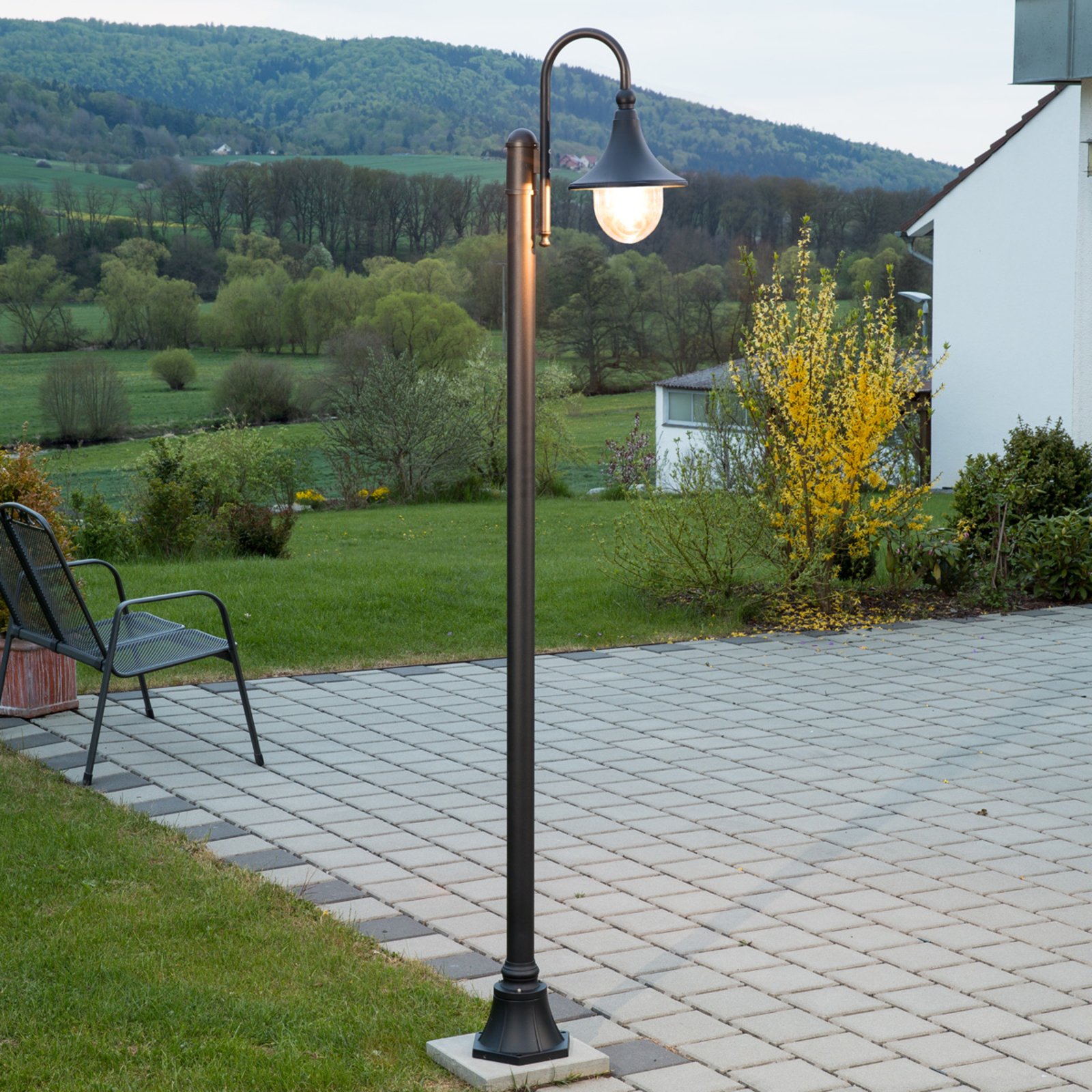
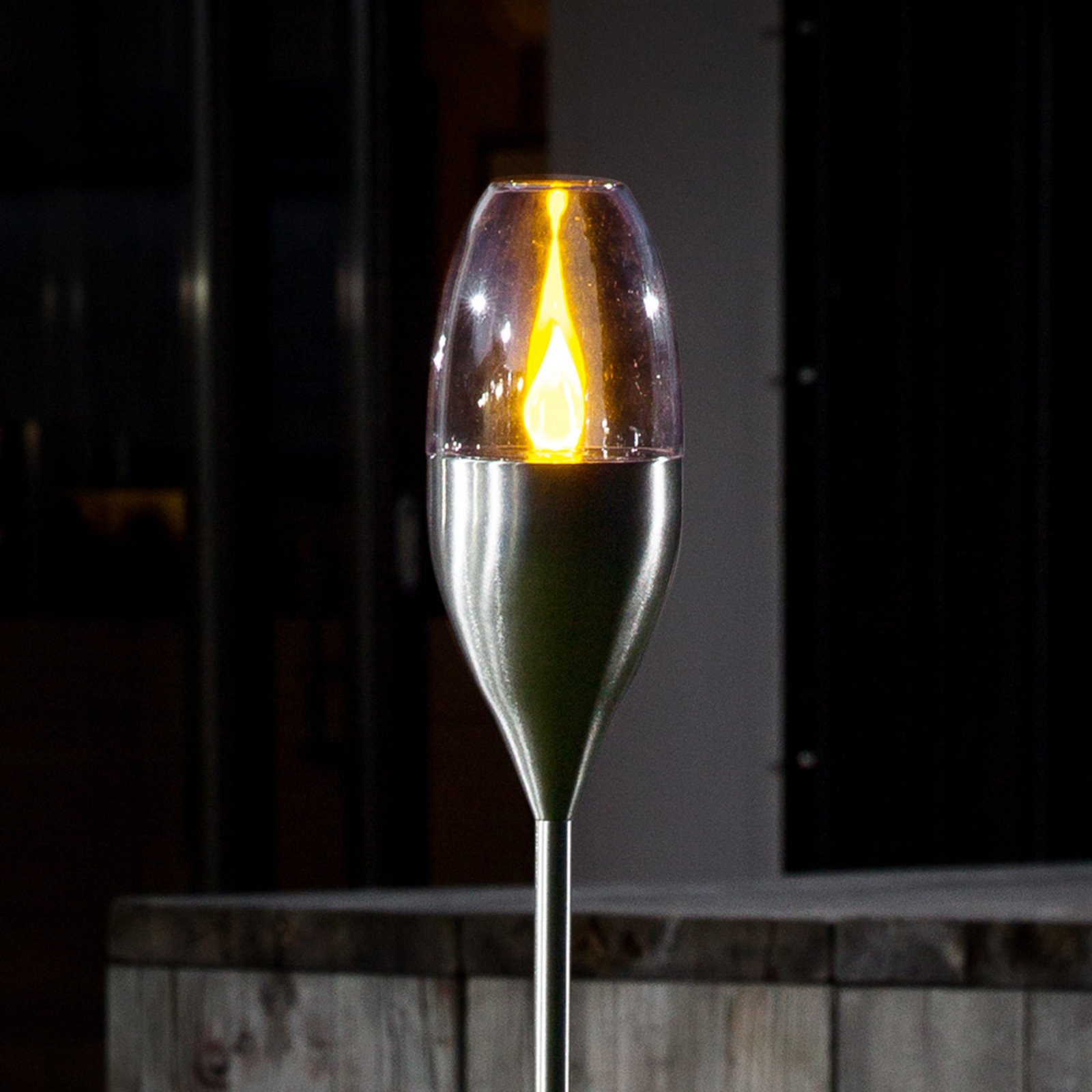
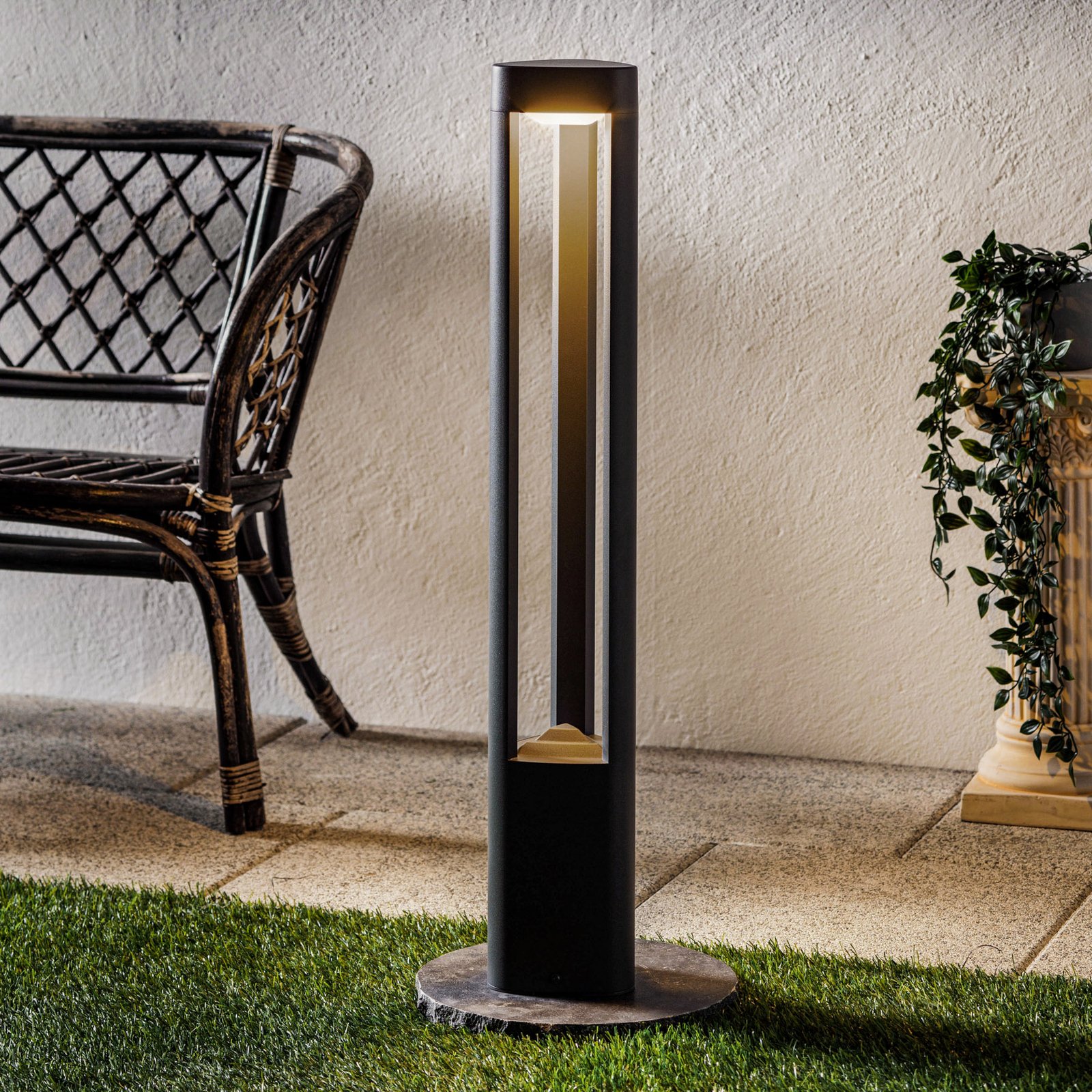
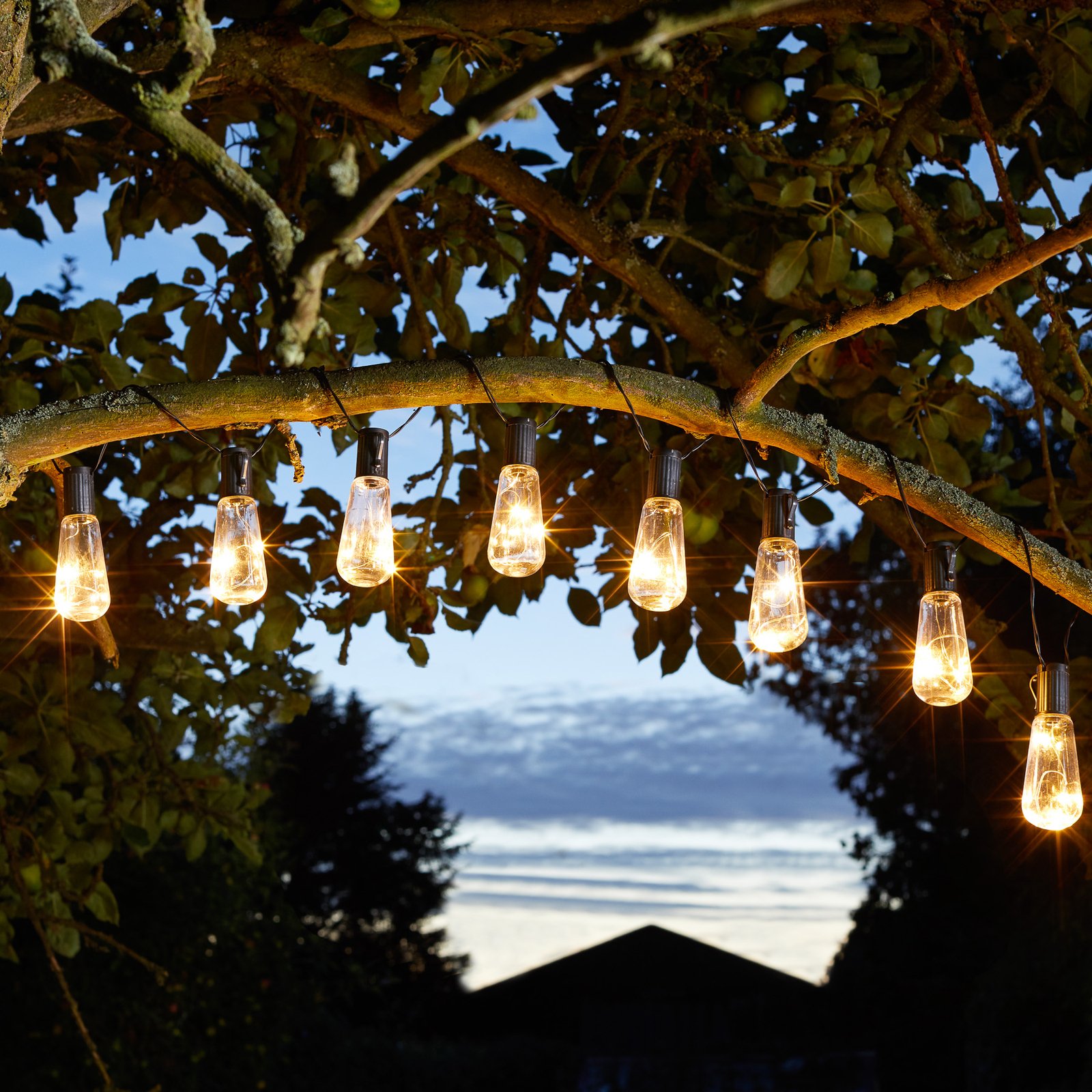
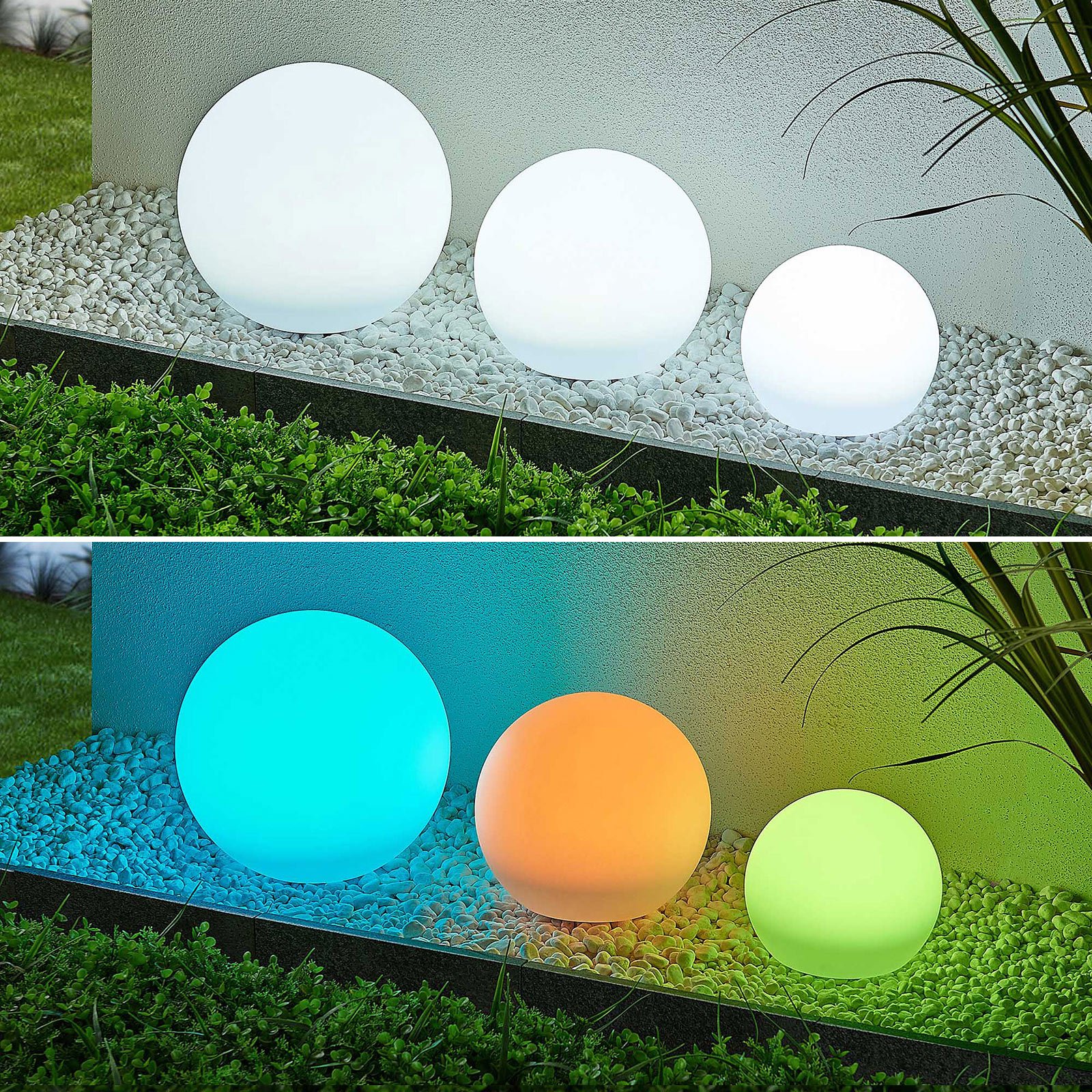
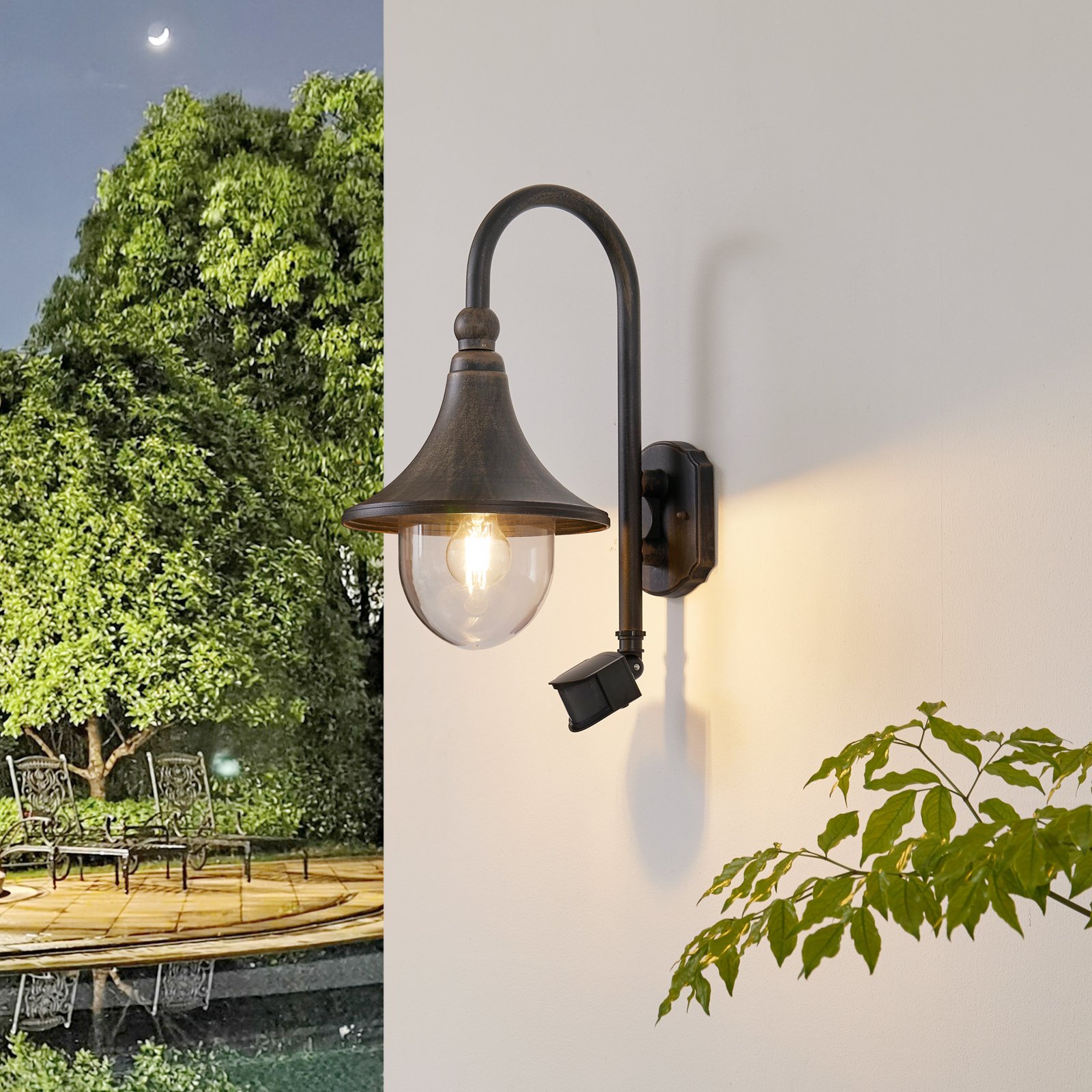
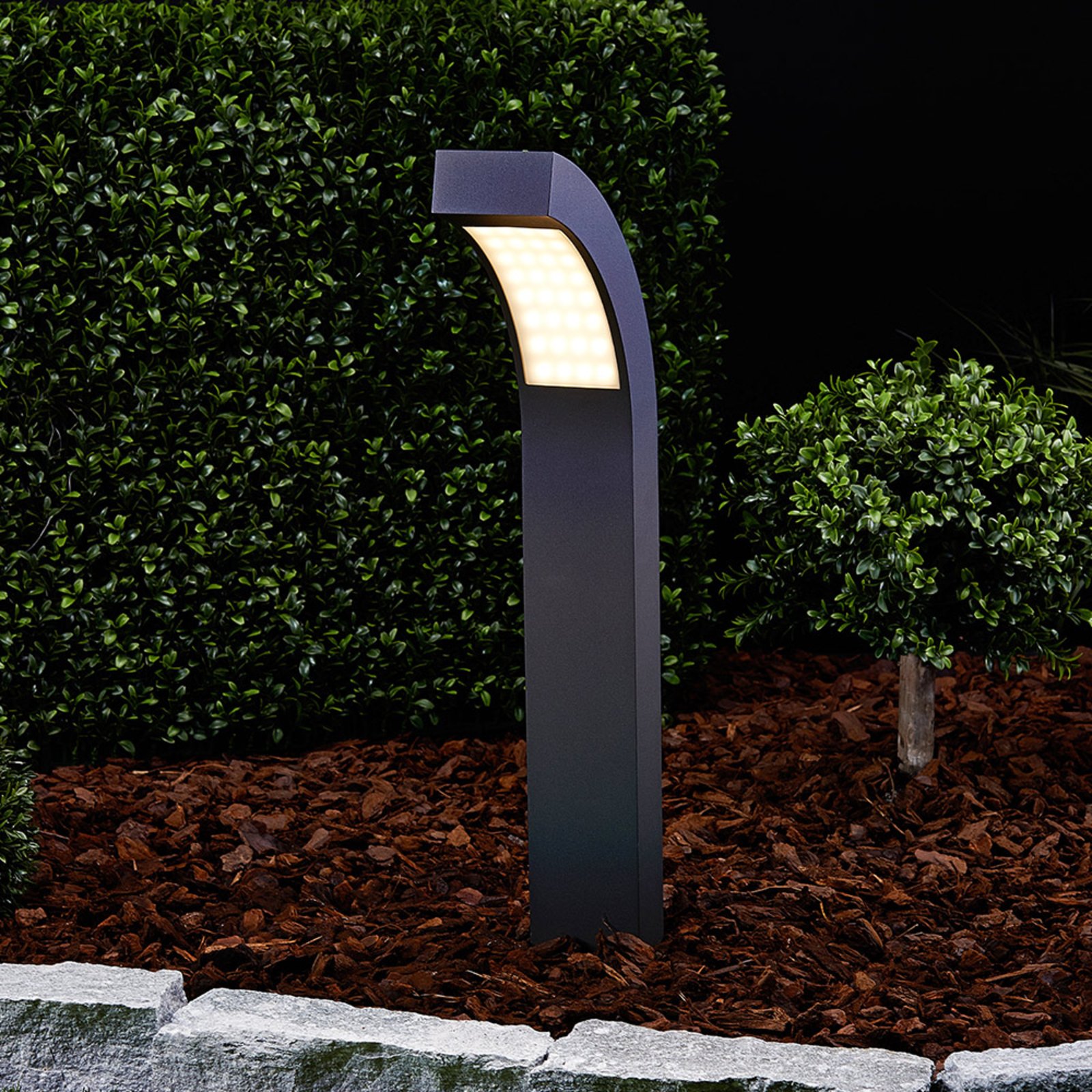
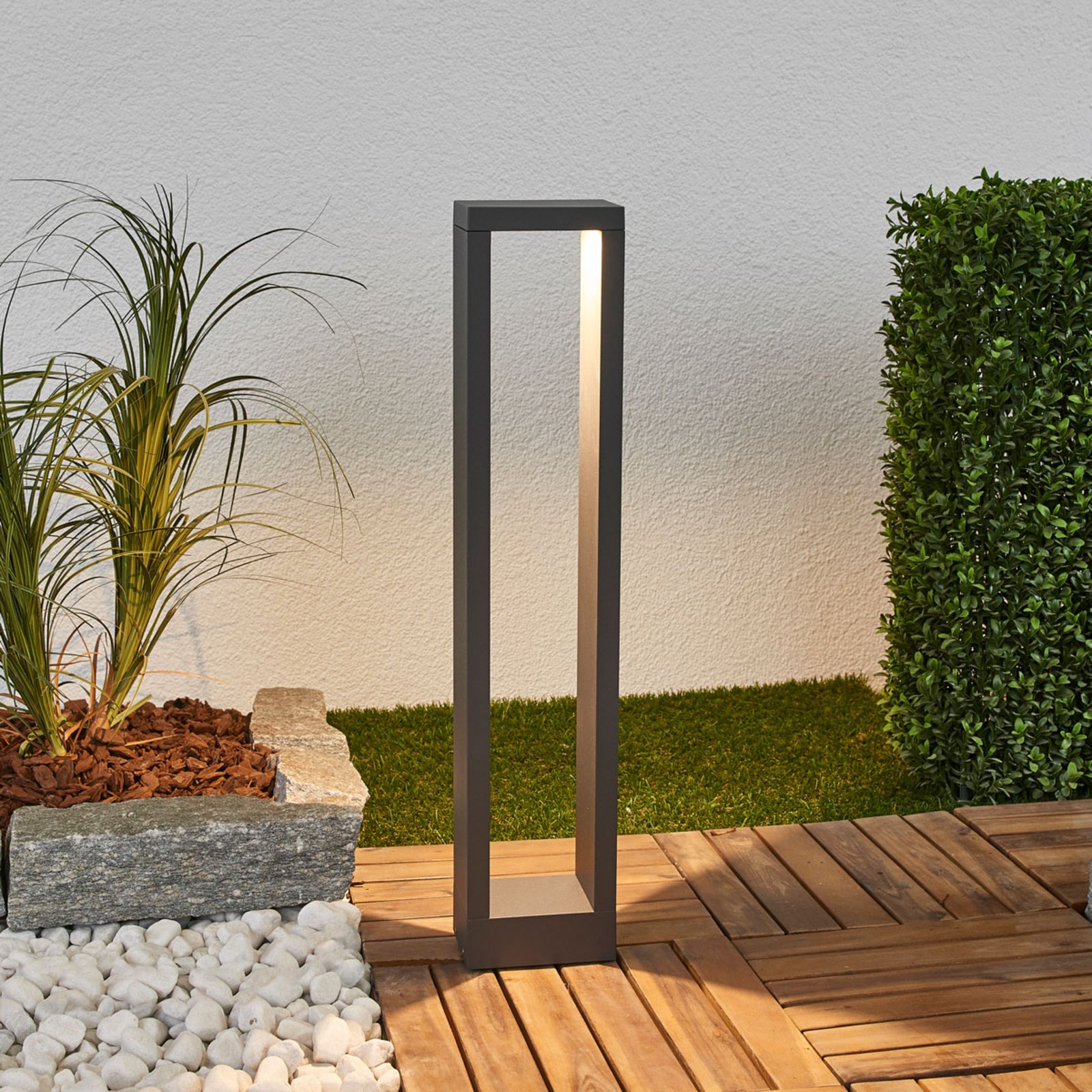
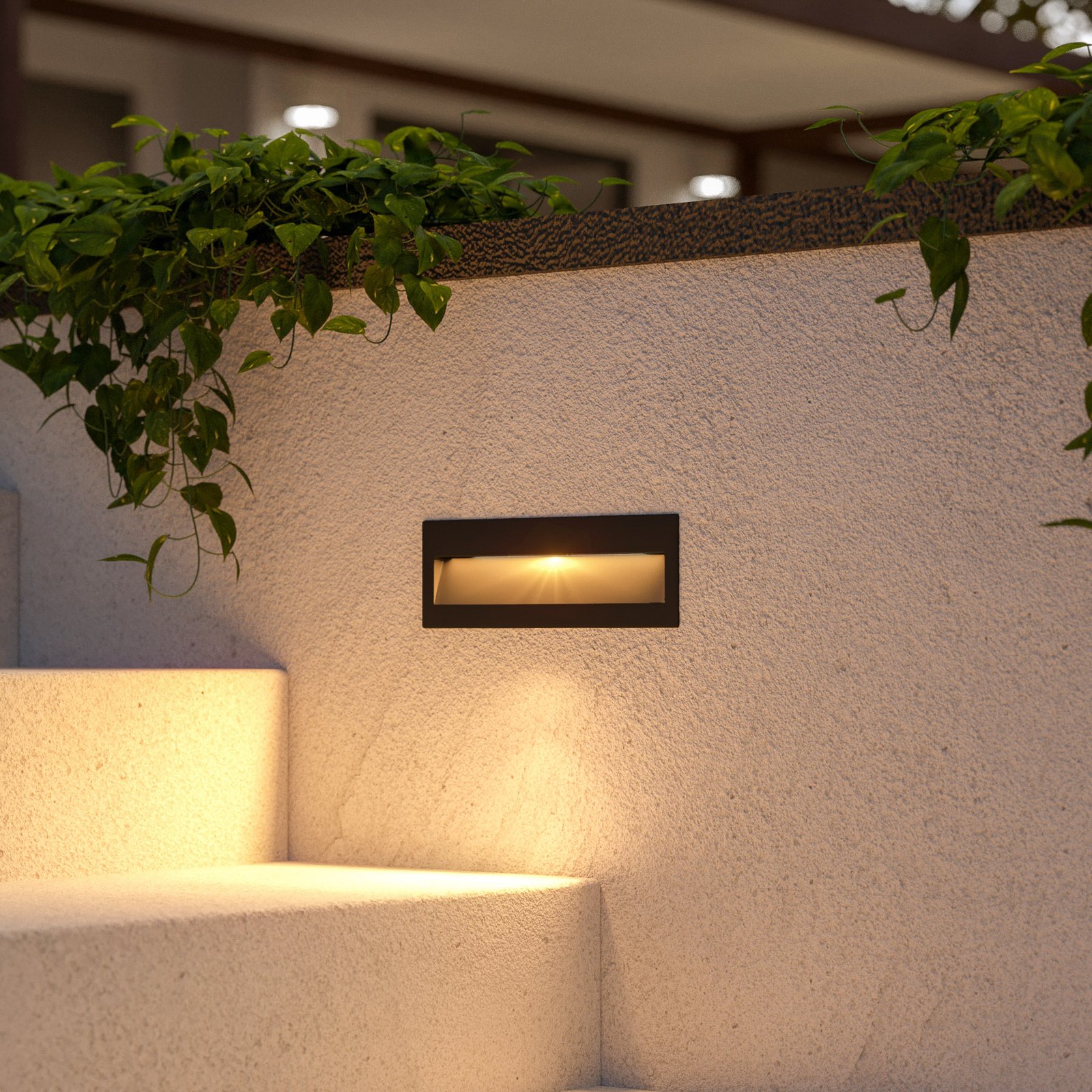
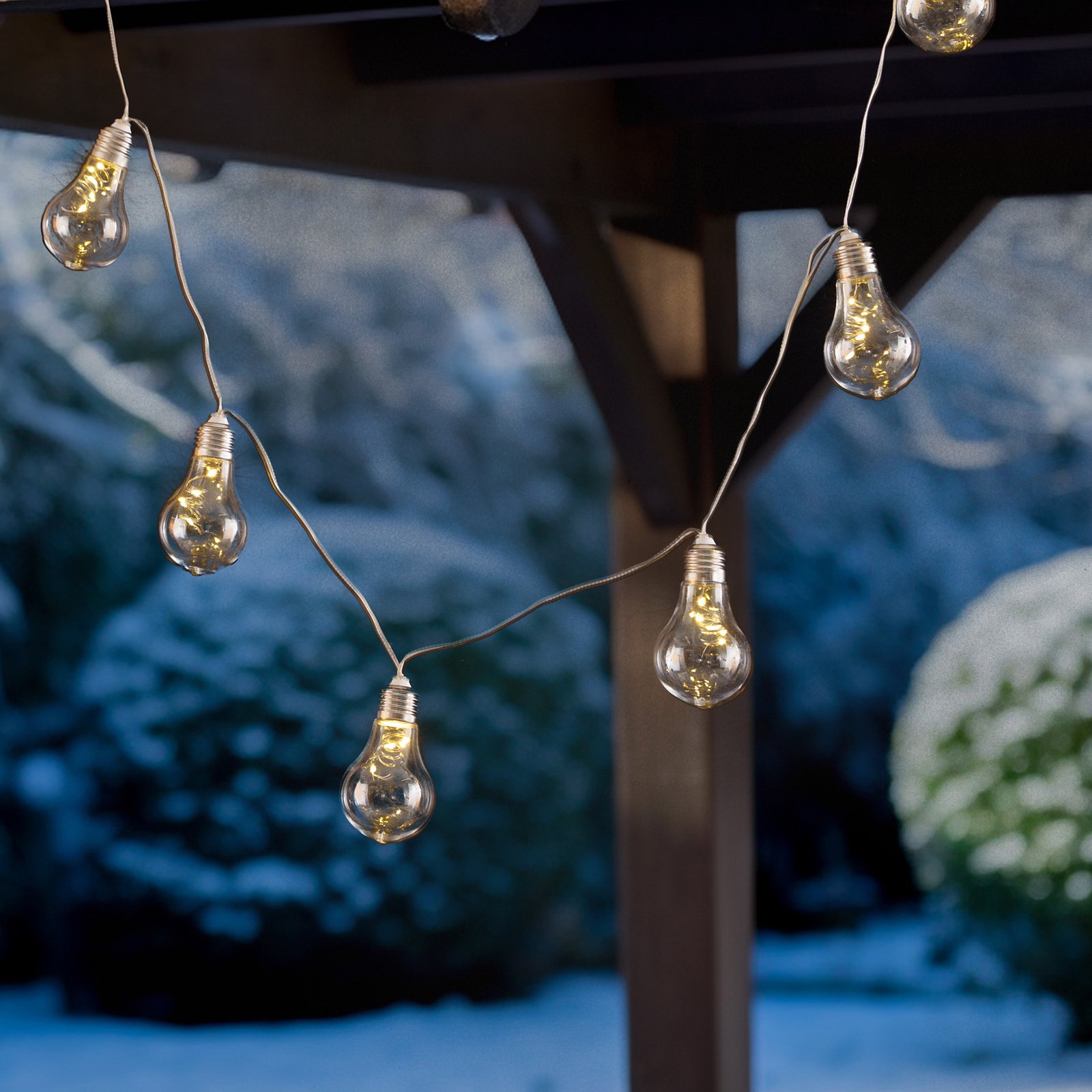
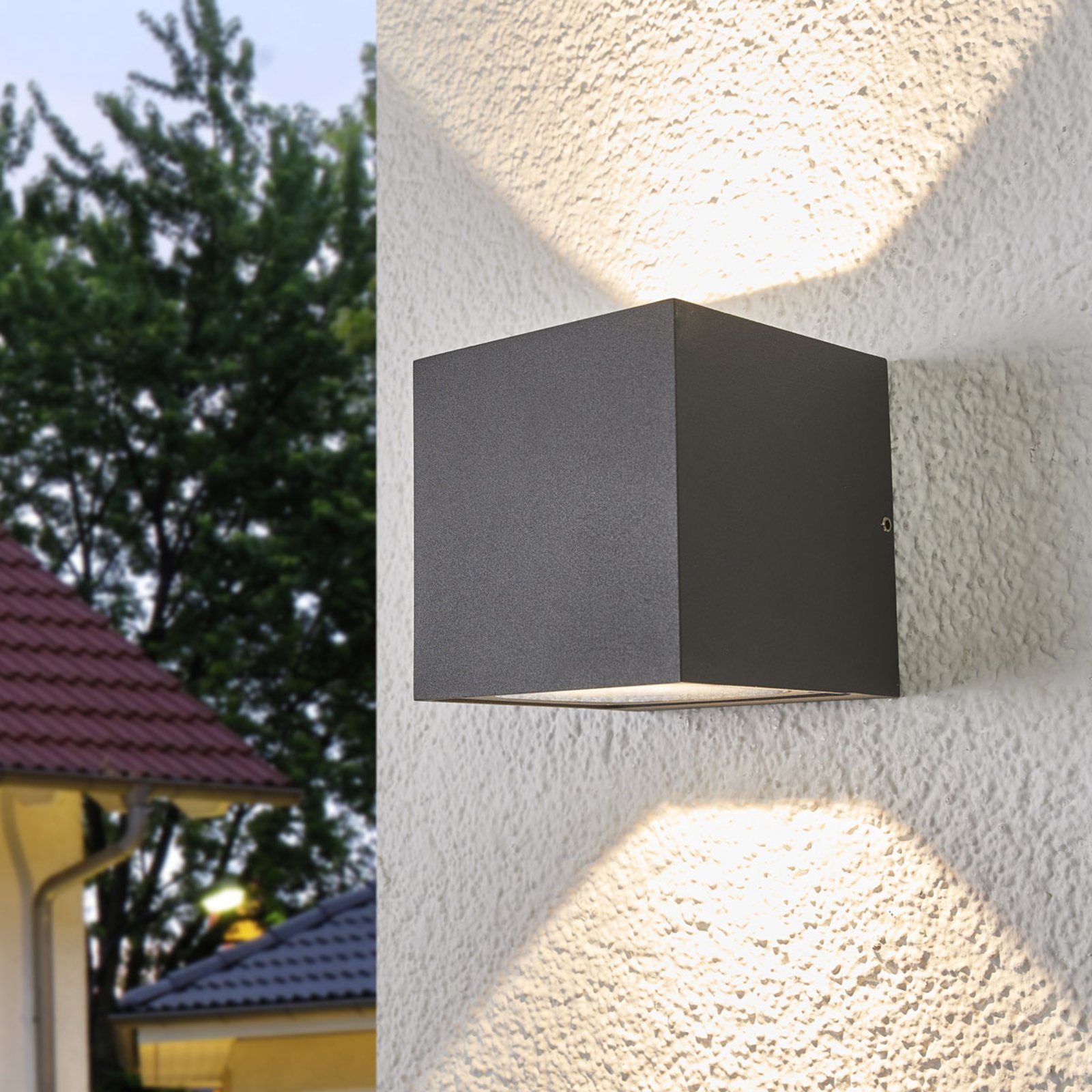
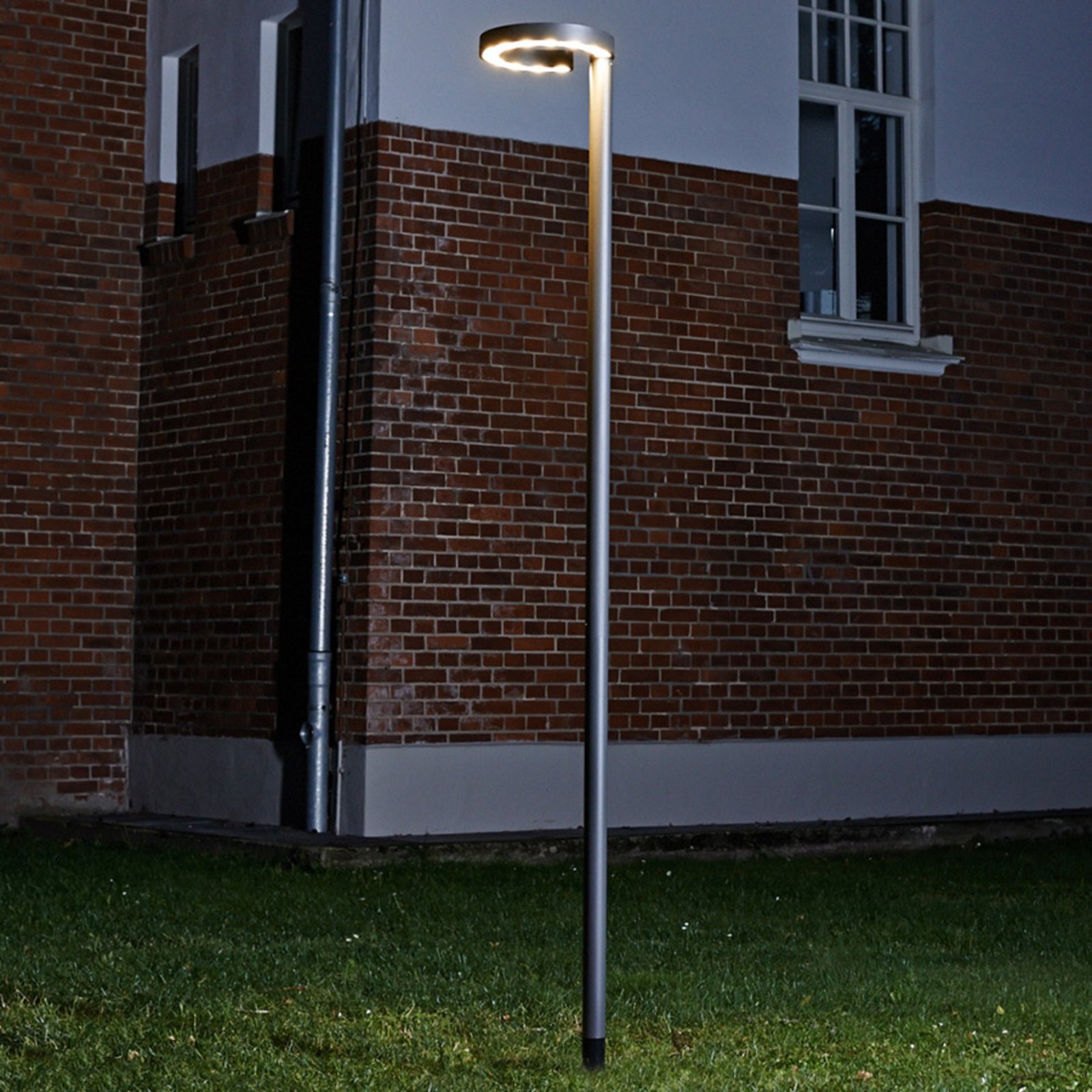
:format(jpeg))
:format(jpeg))
:format(jpeg))
:format(jpeg))
:format(jpeg))
:format(jpeg))
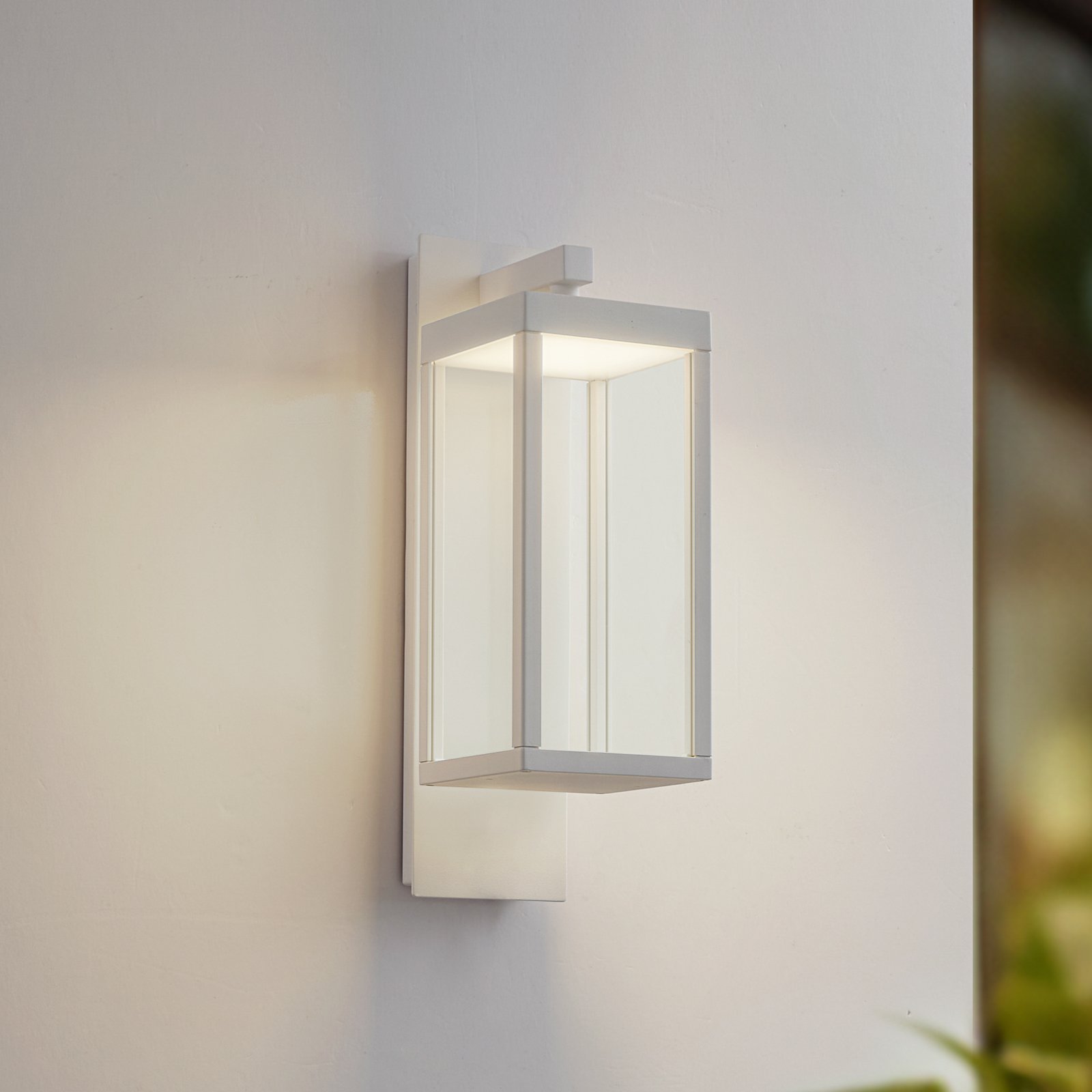
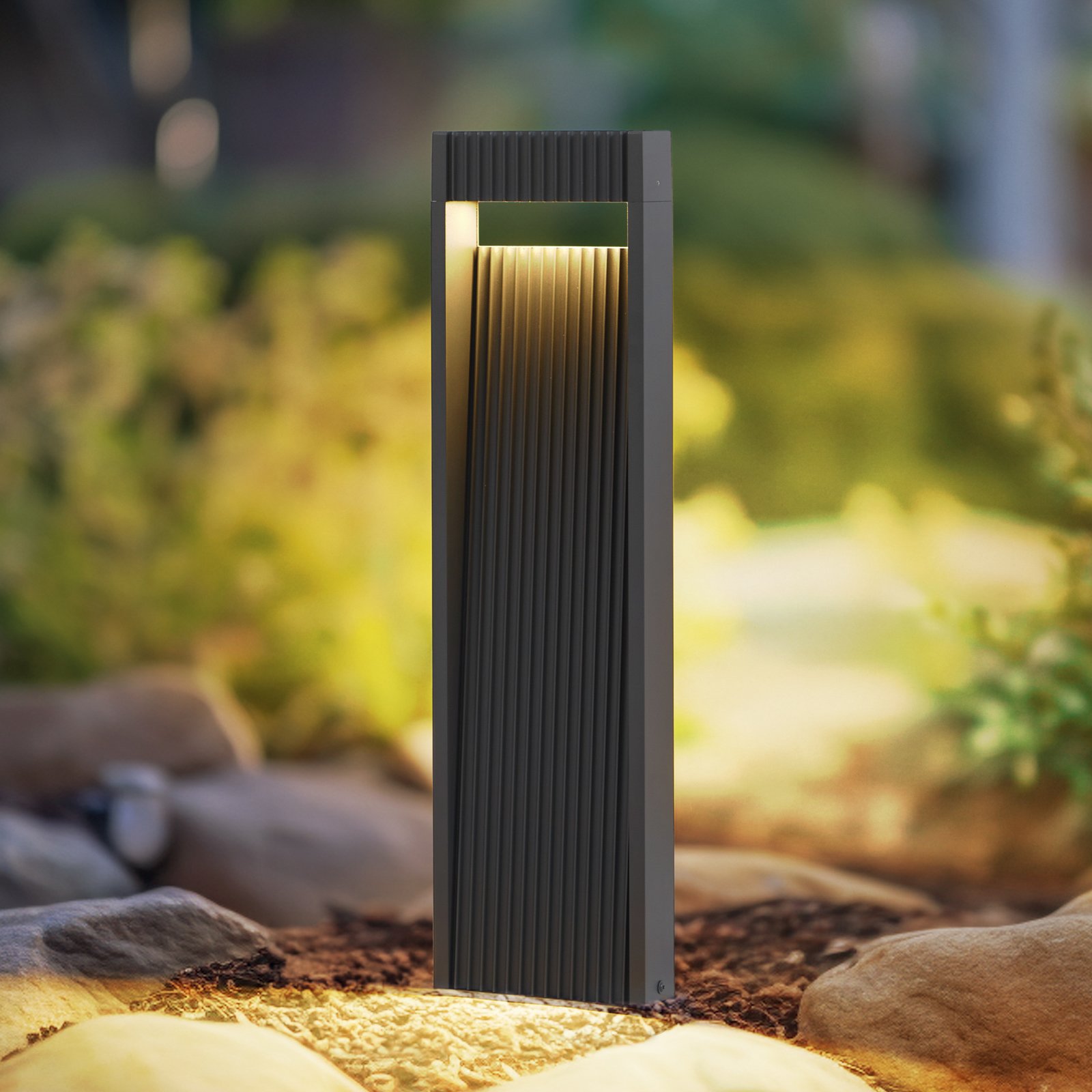
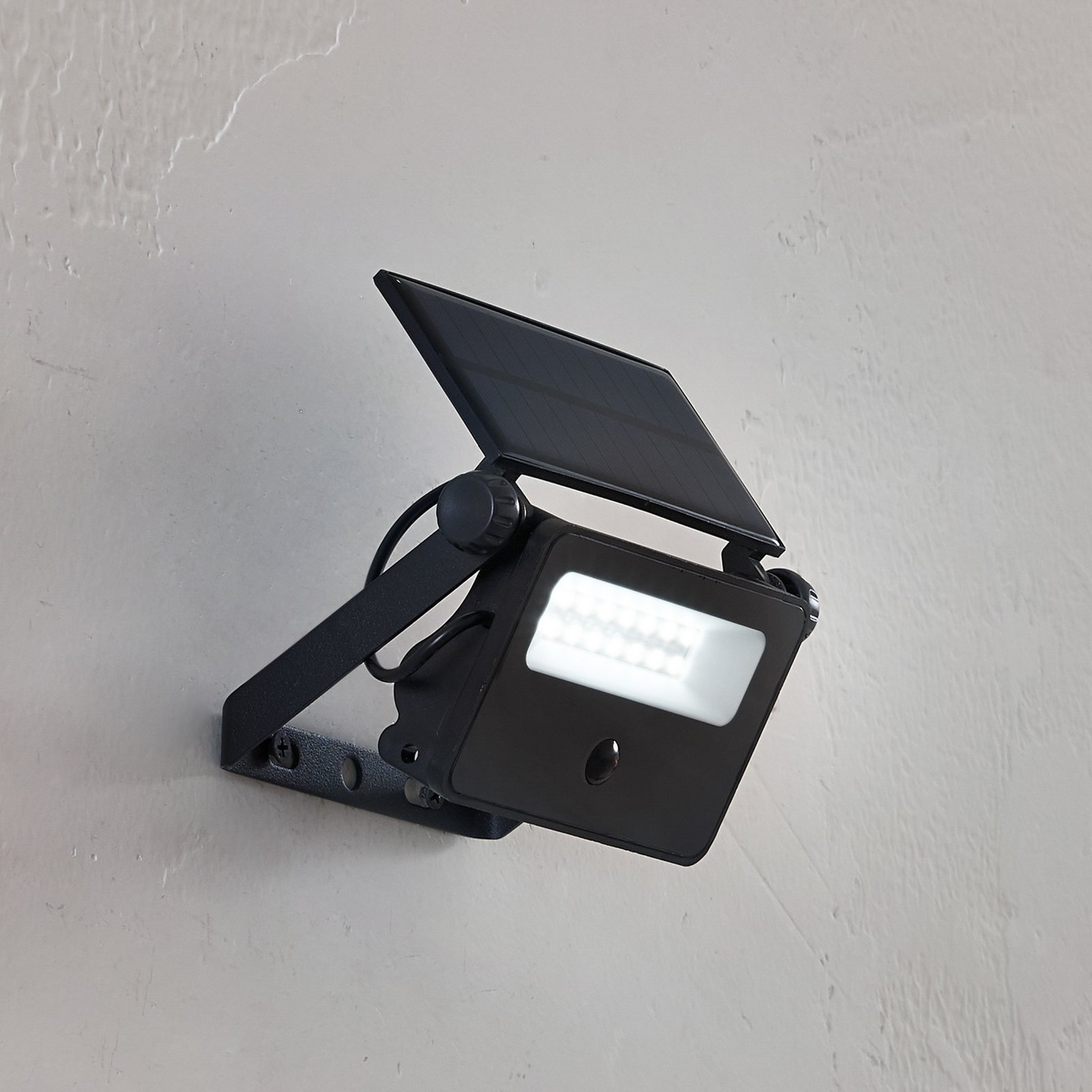
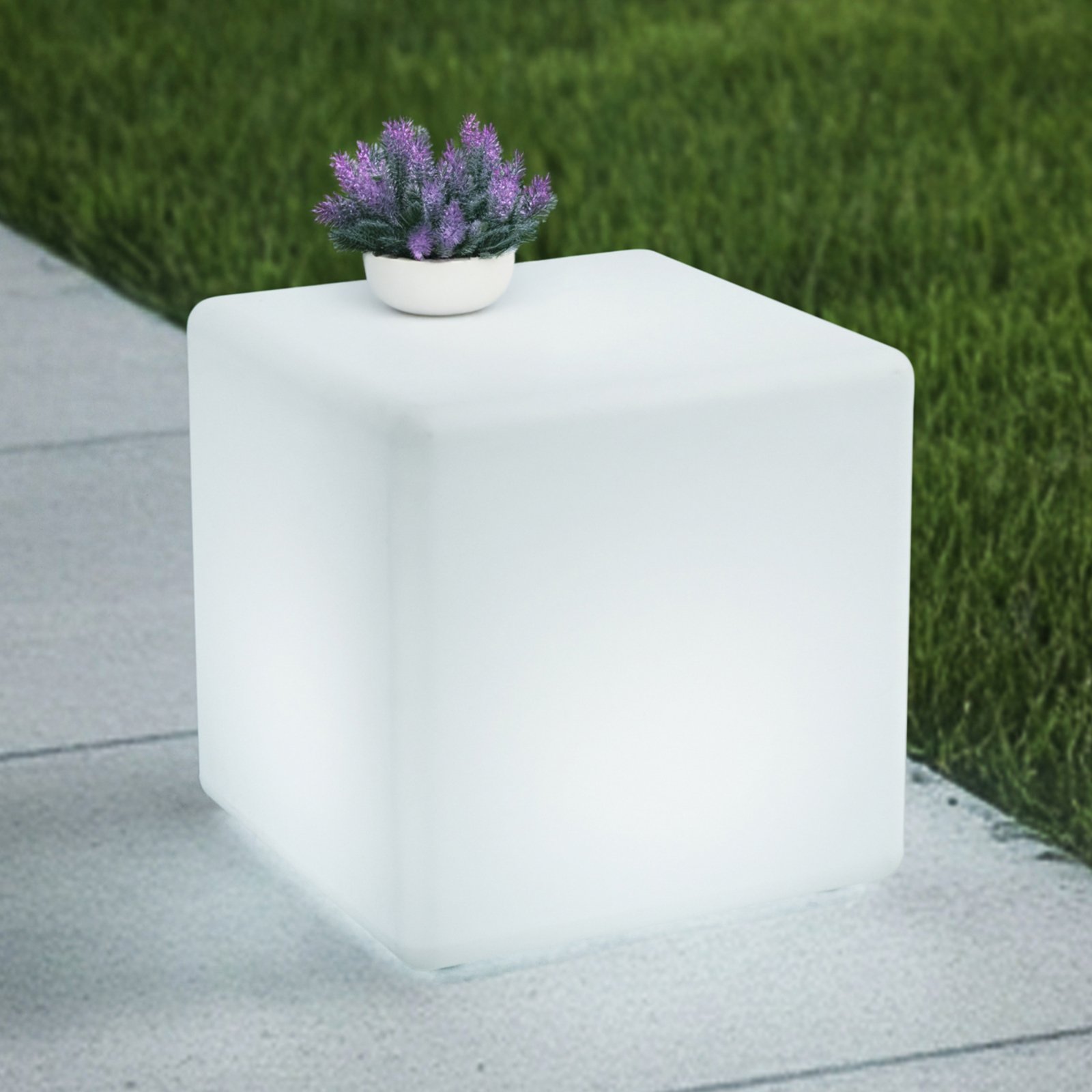
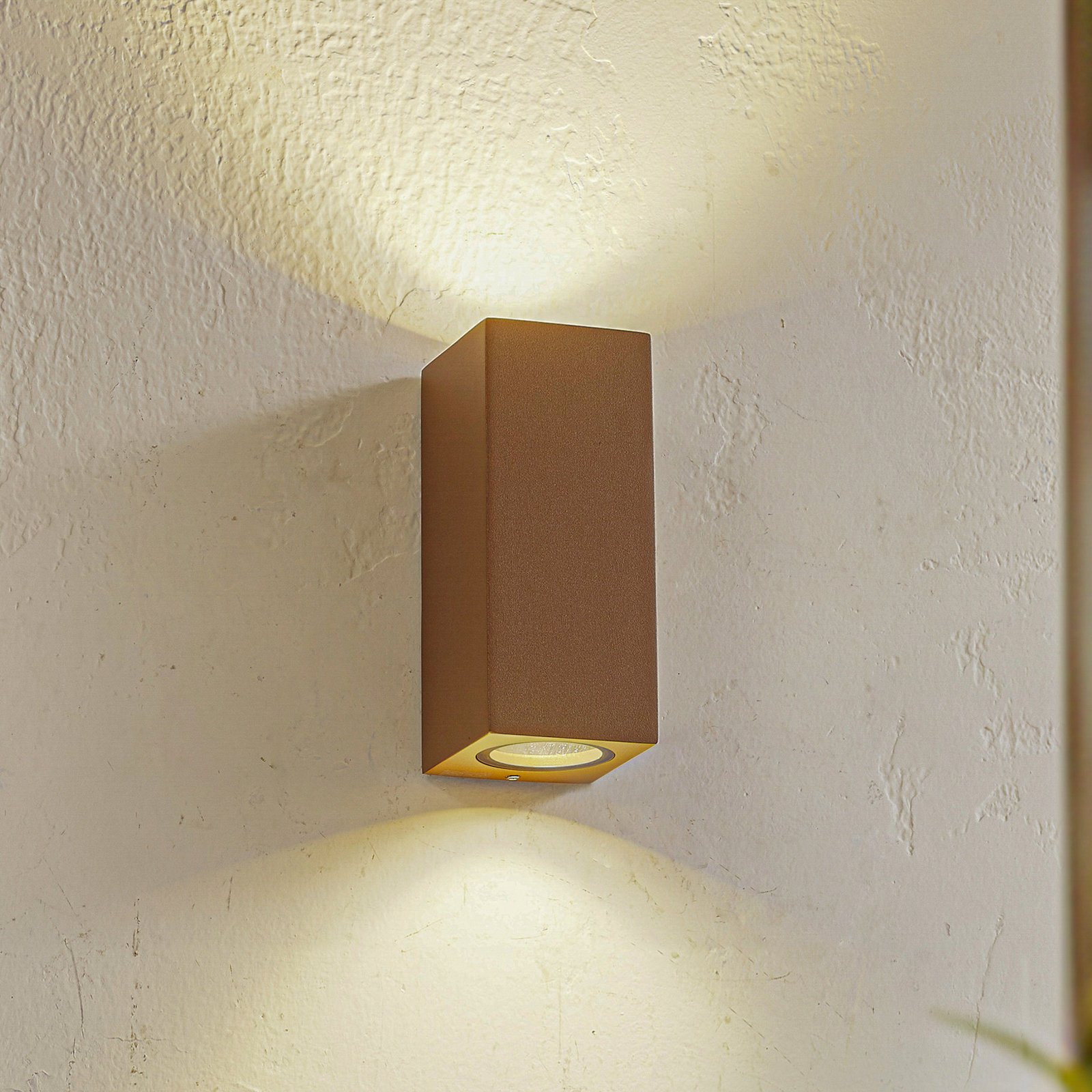
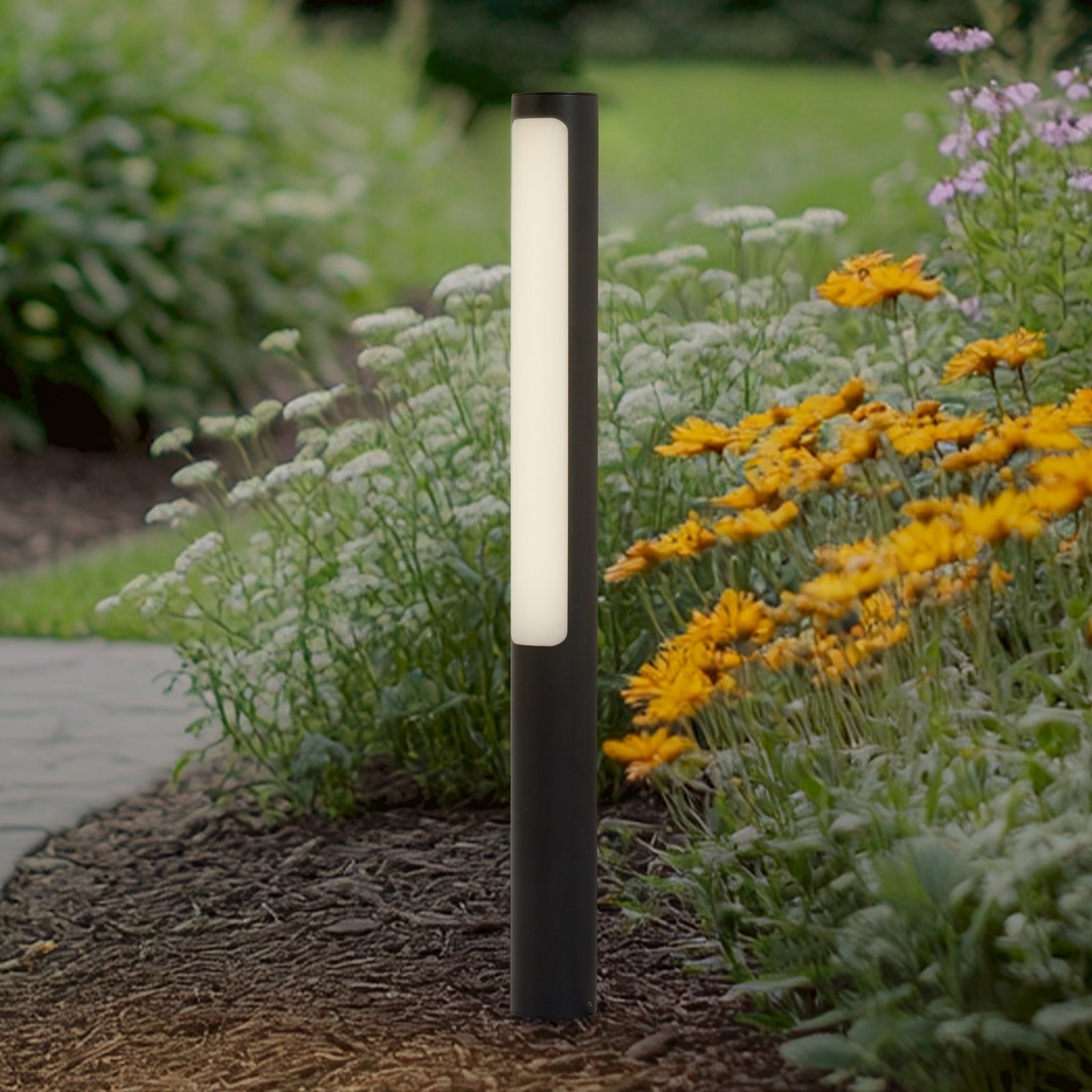
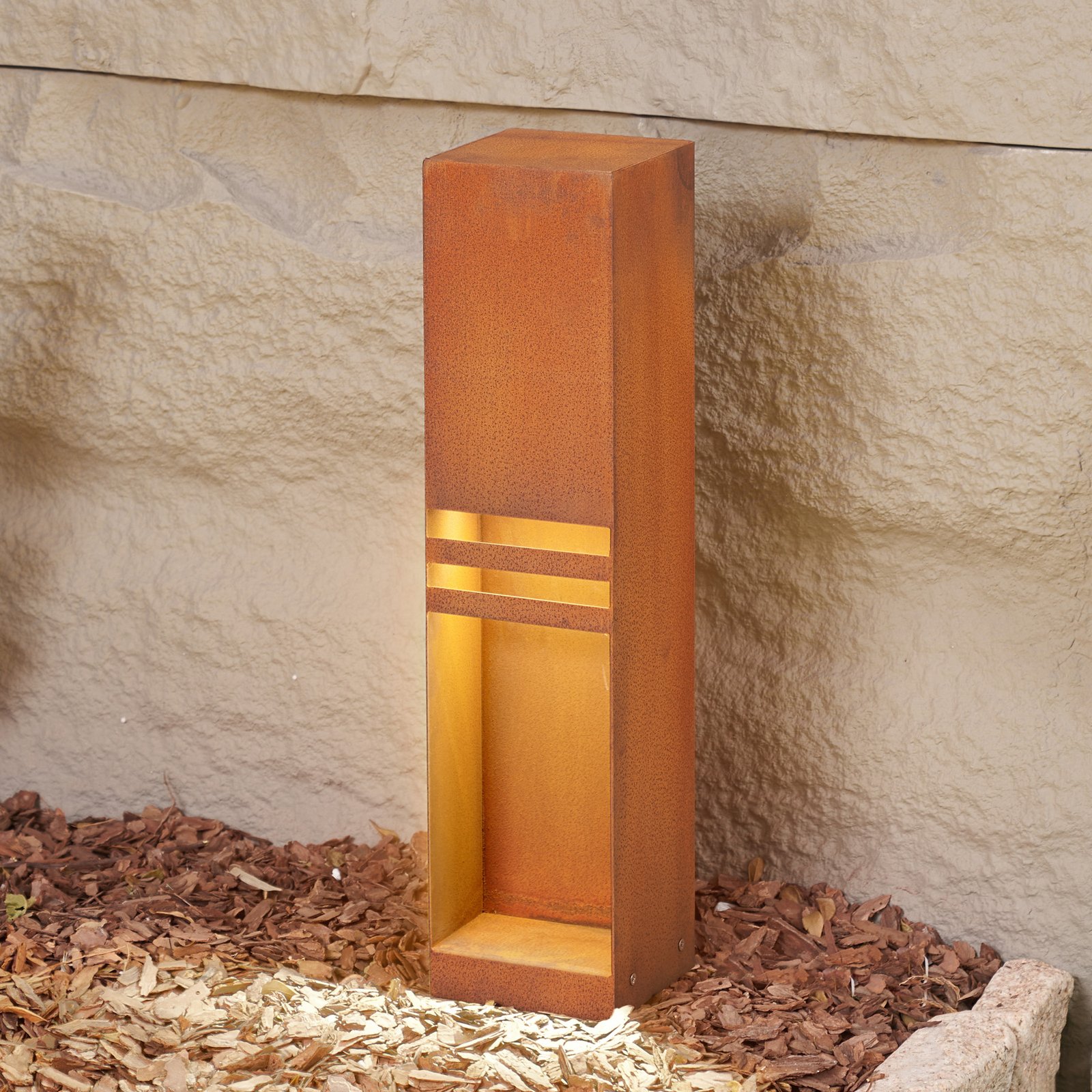
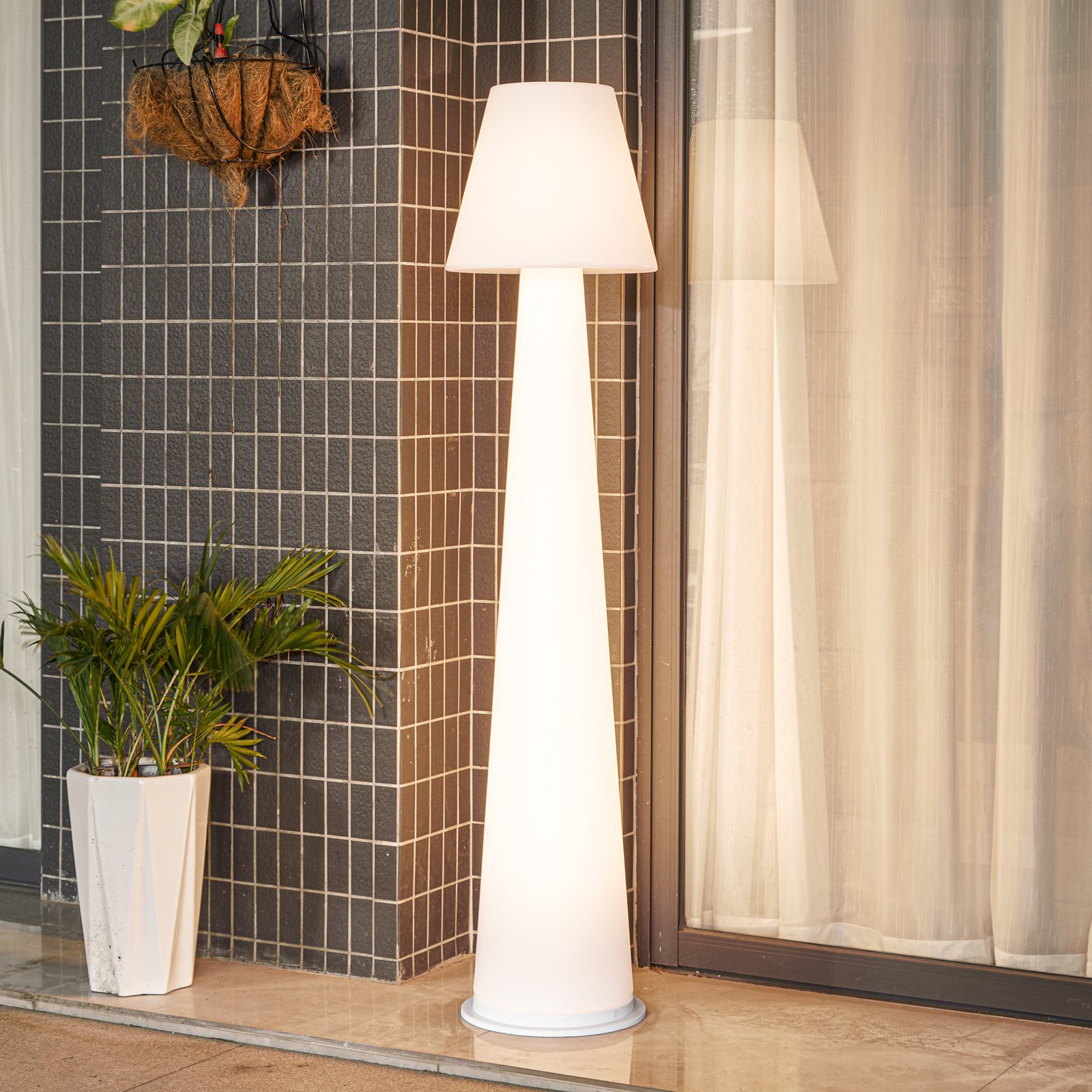
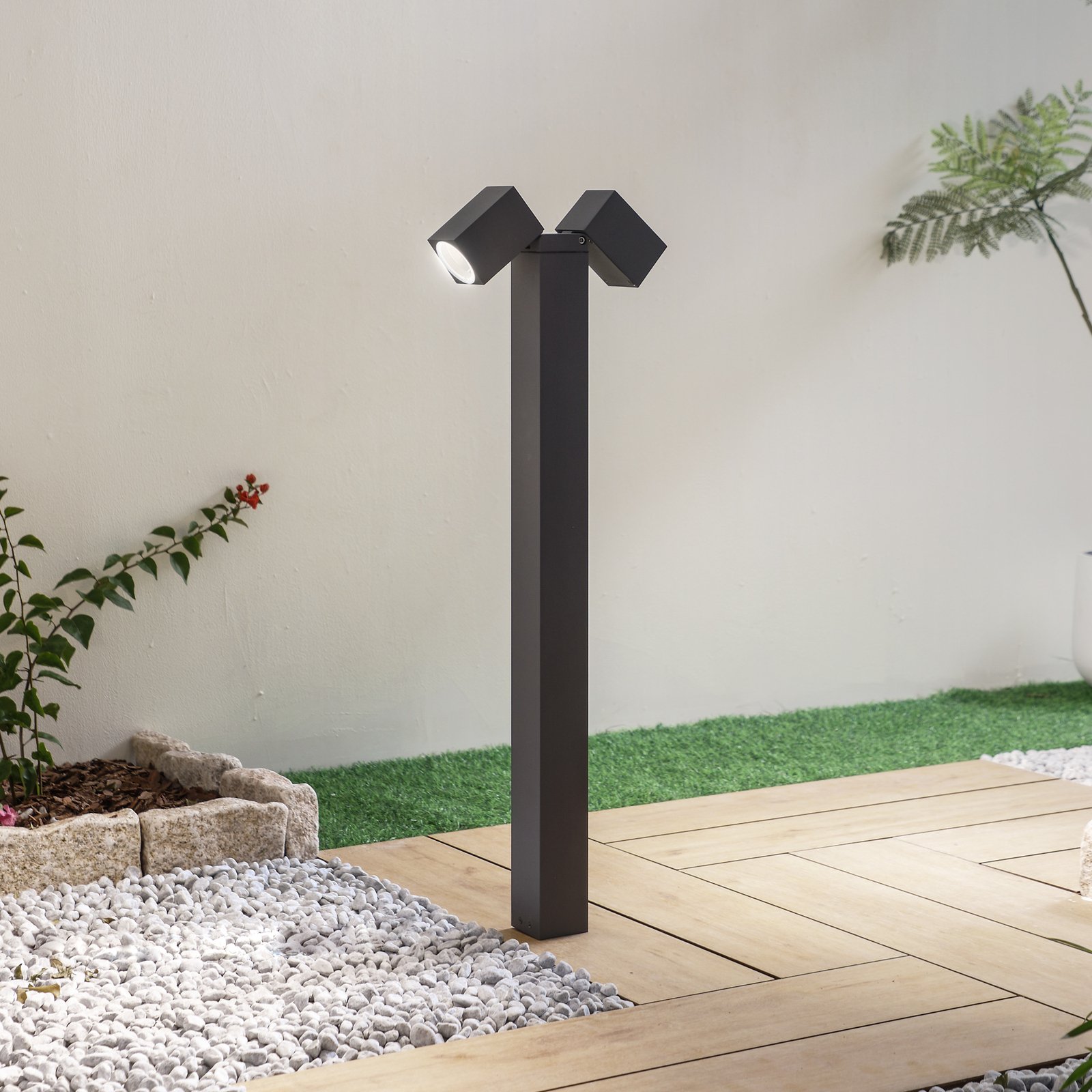
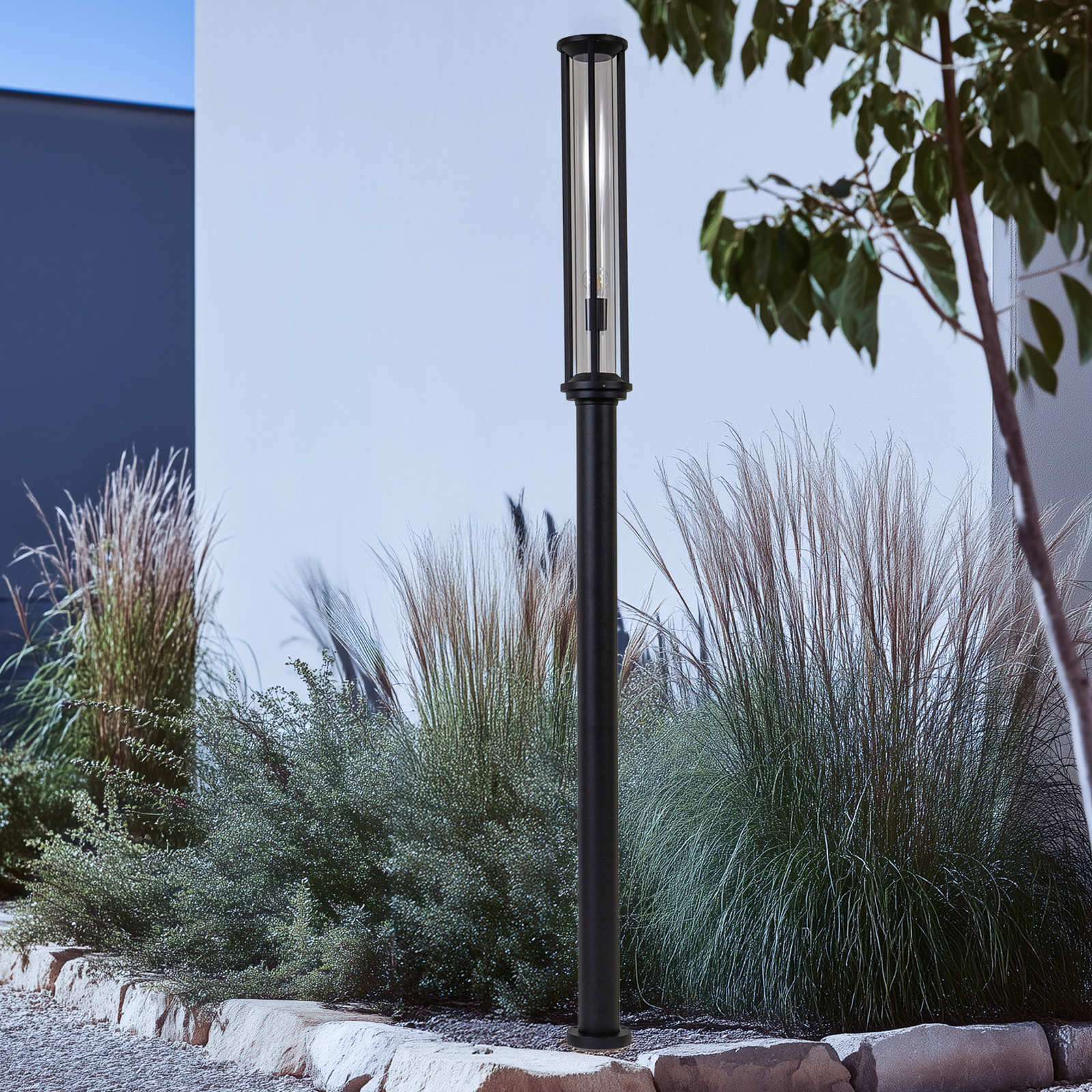
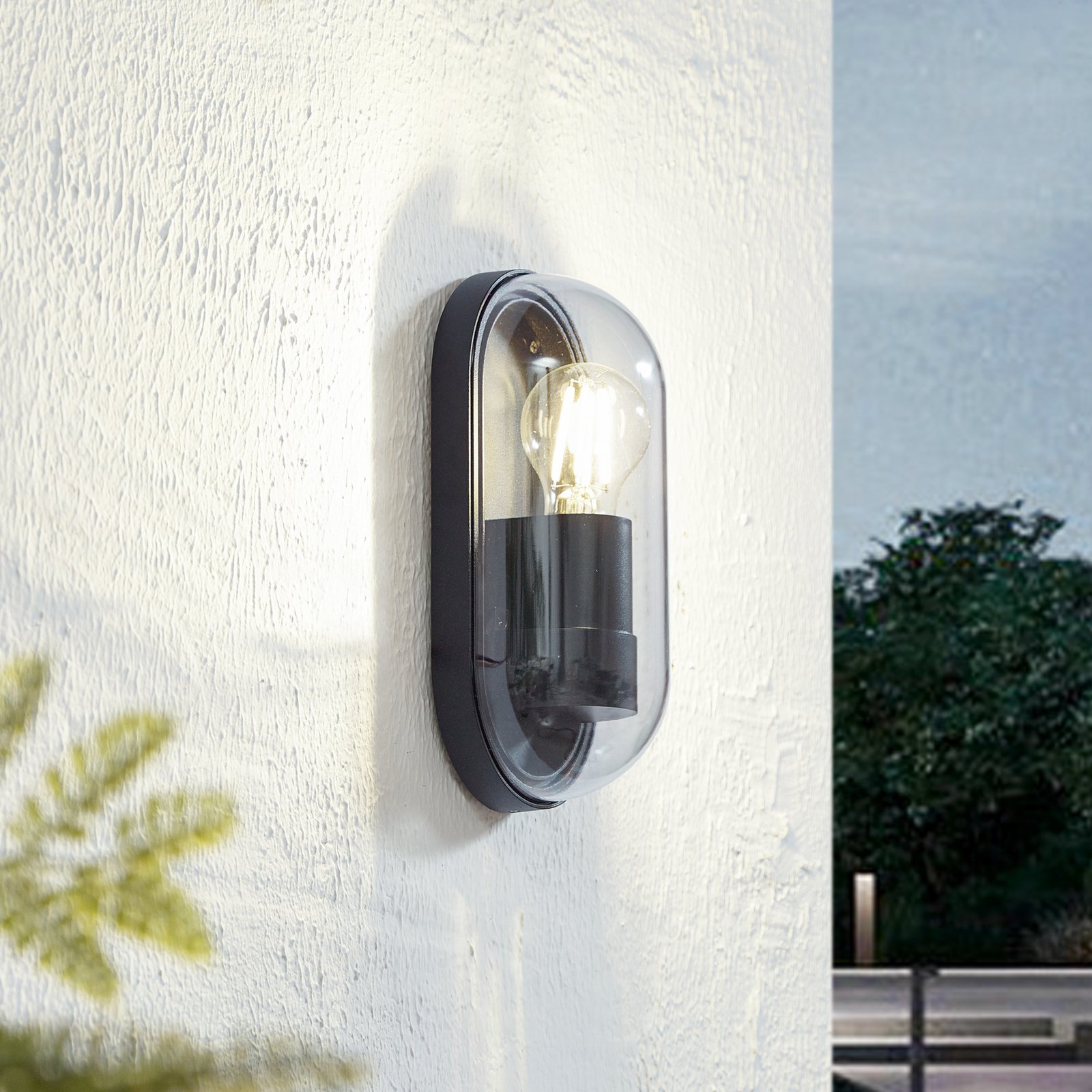
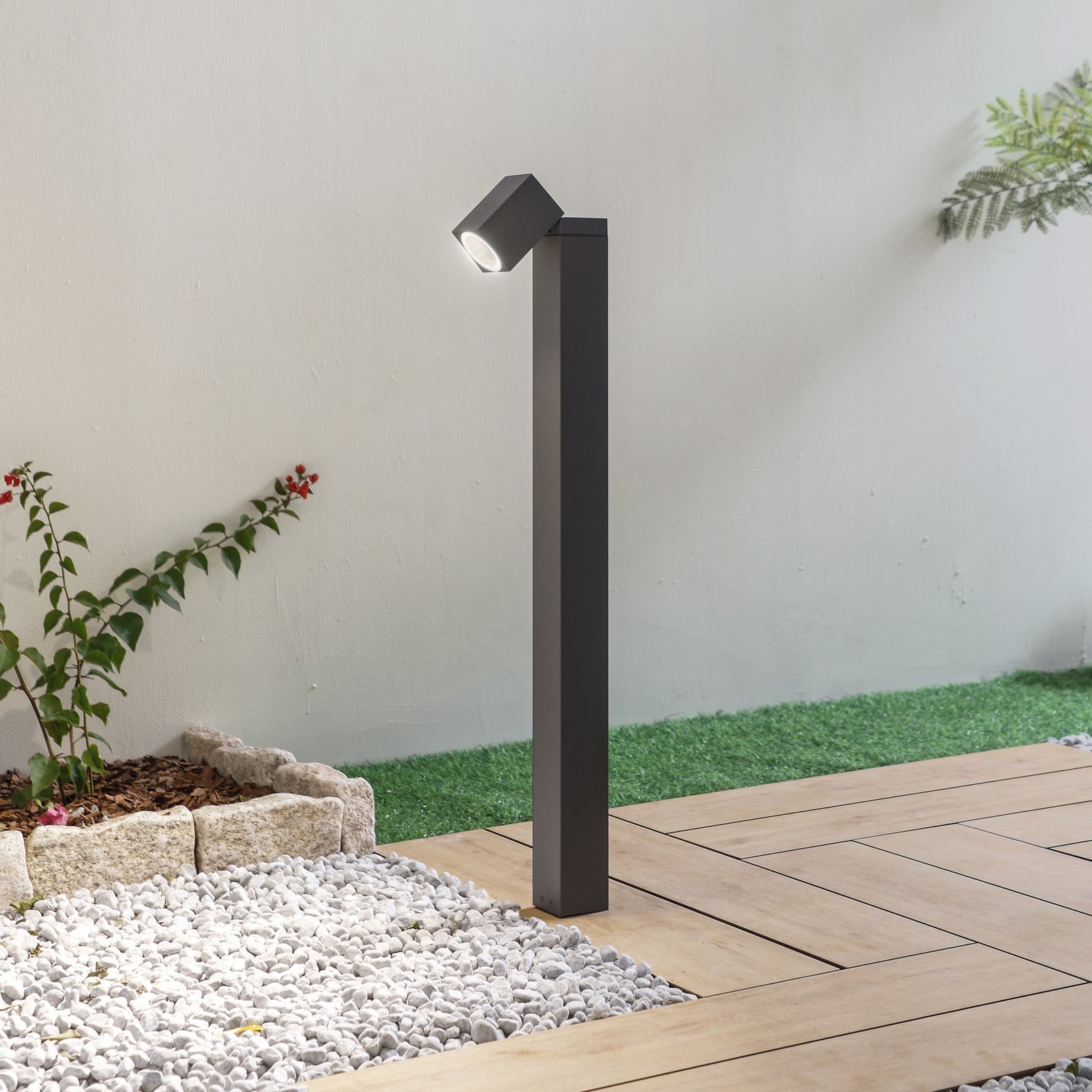

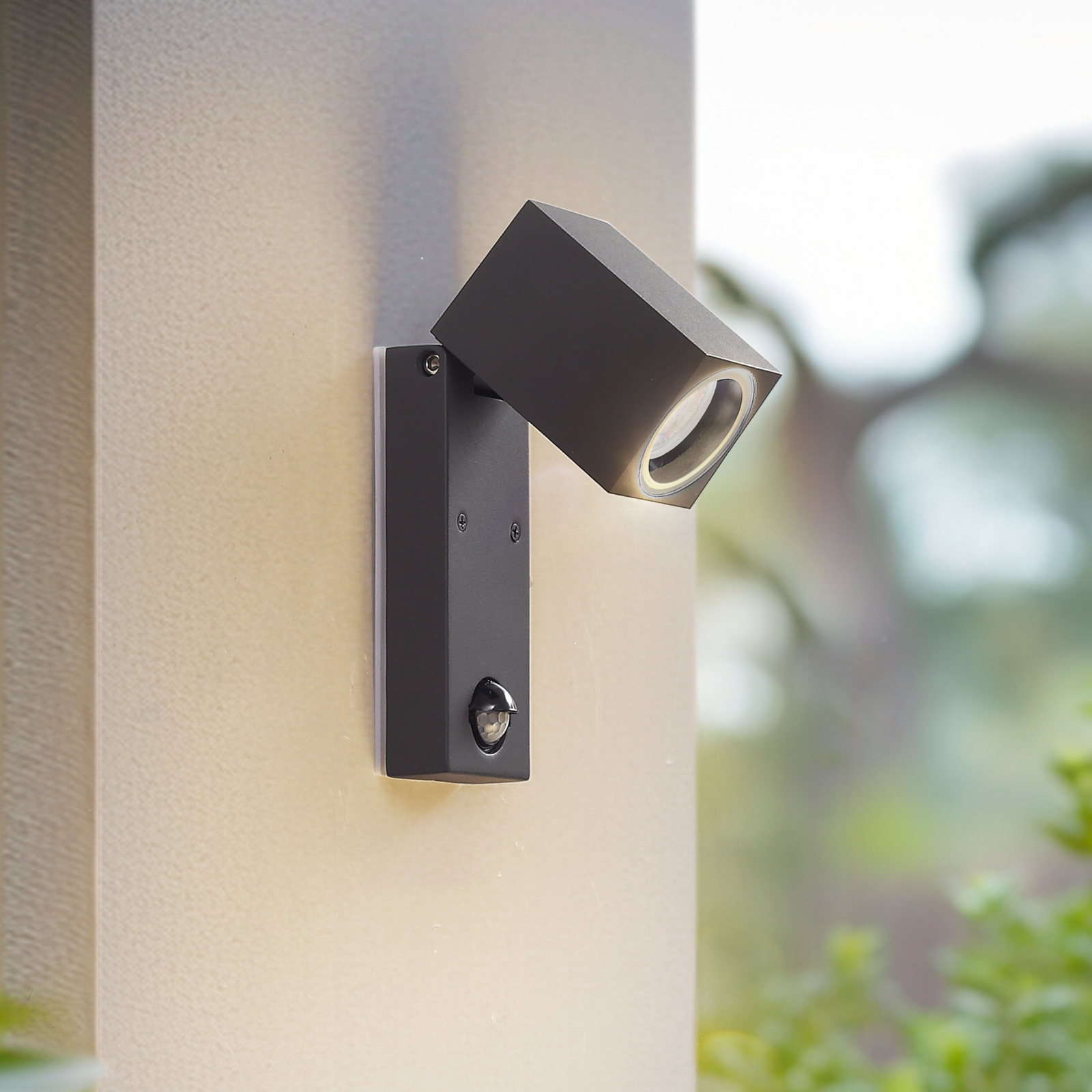
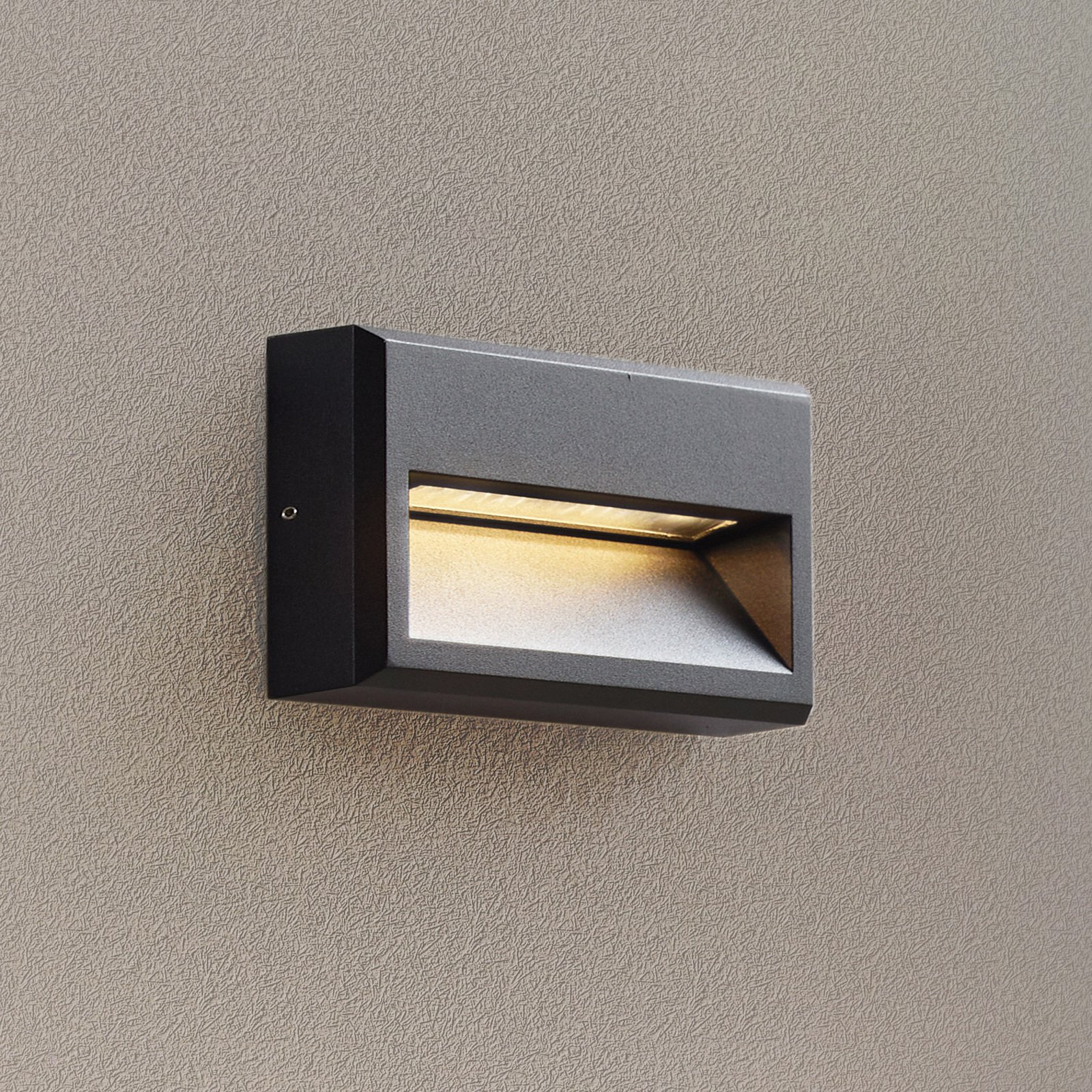
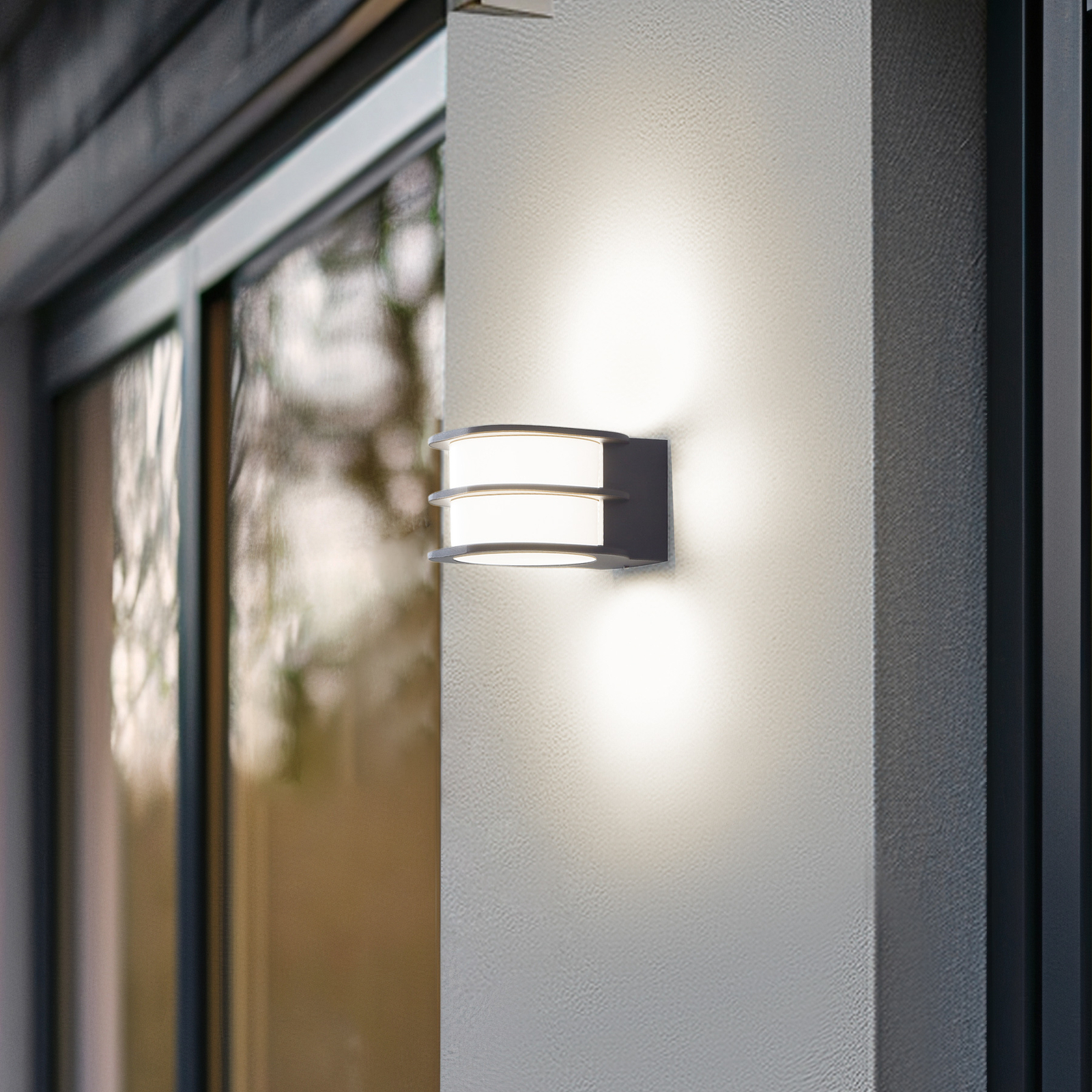
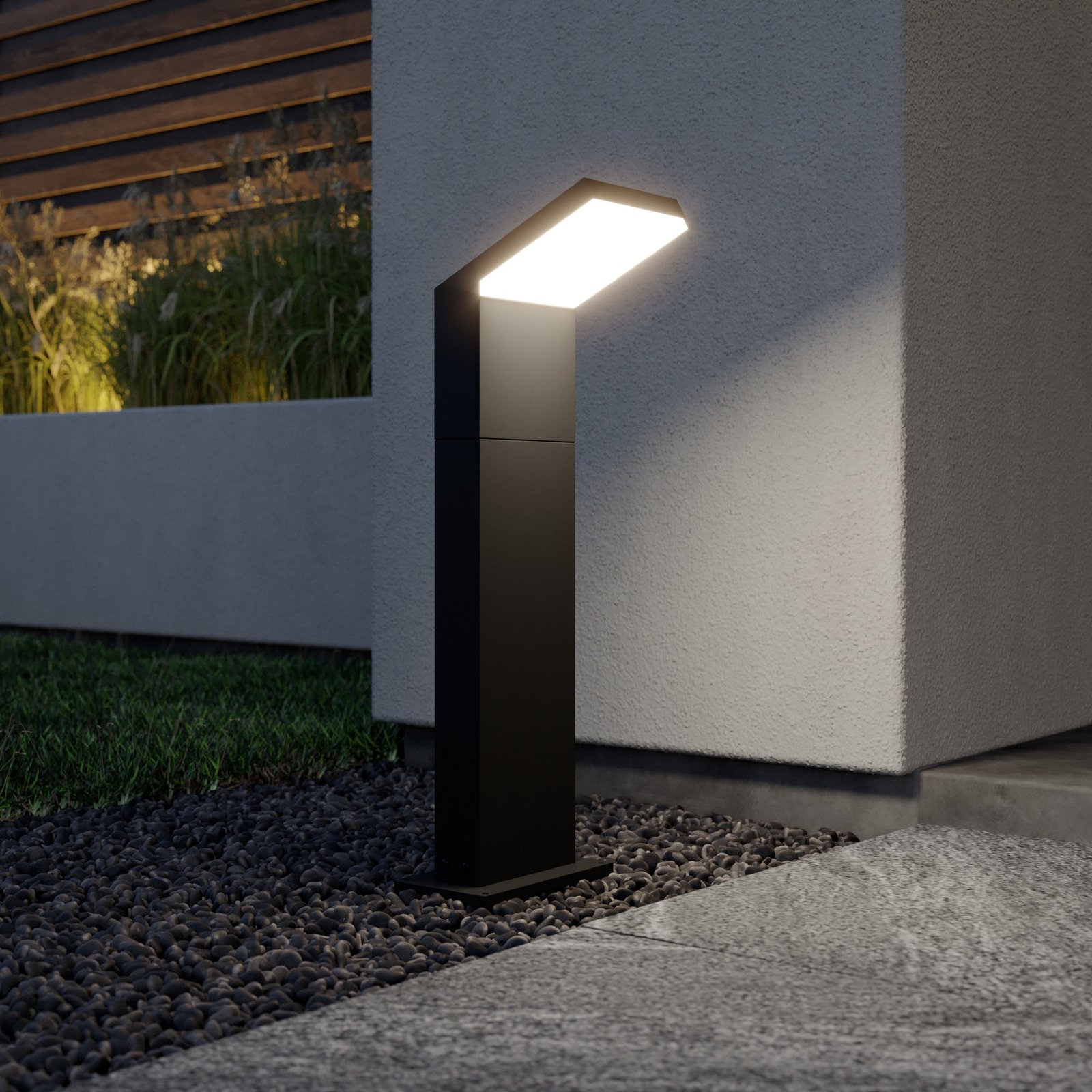
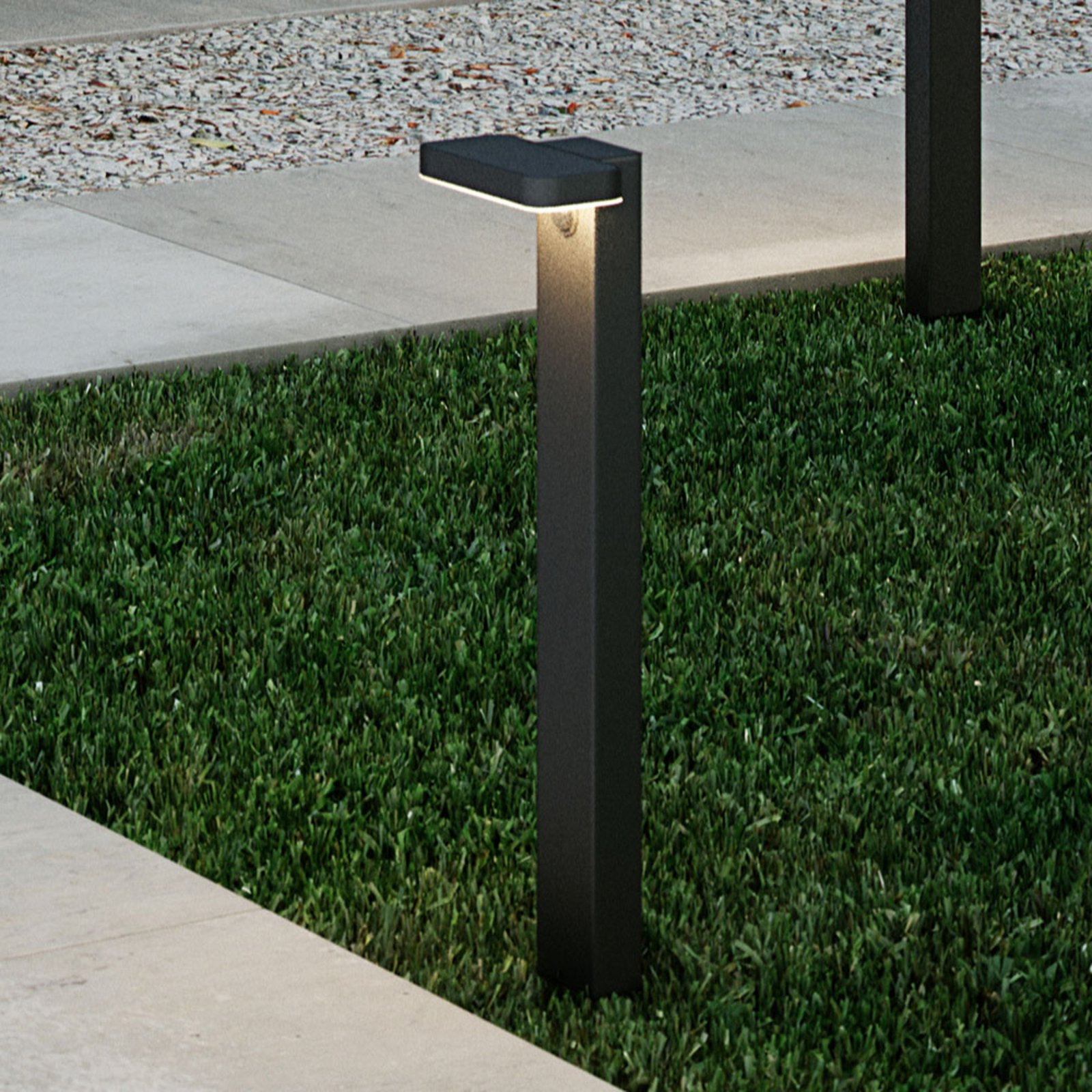
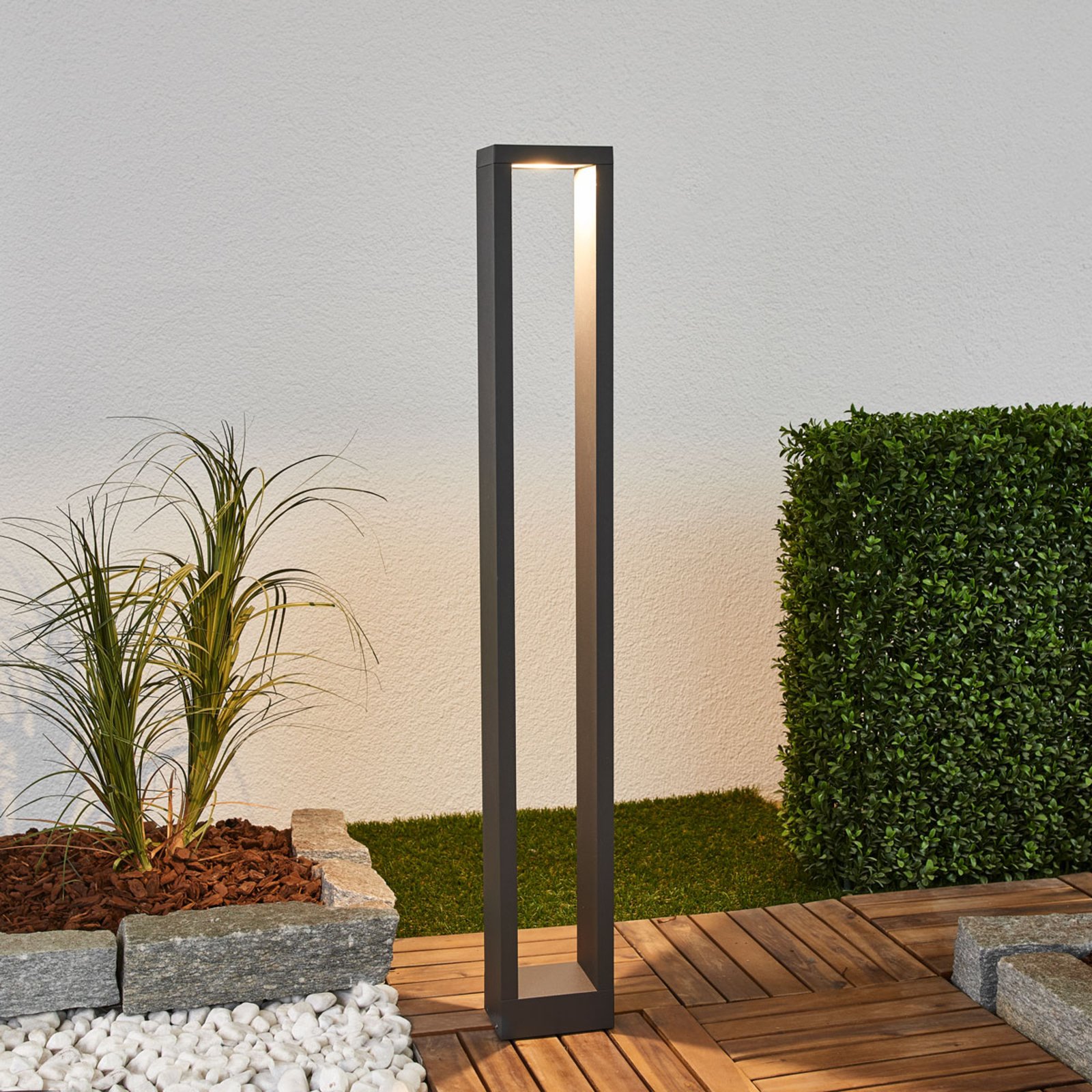
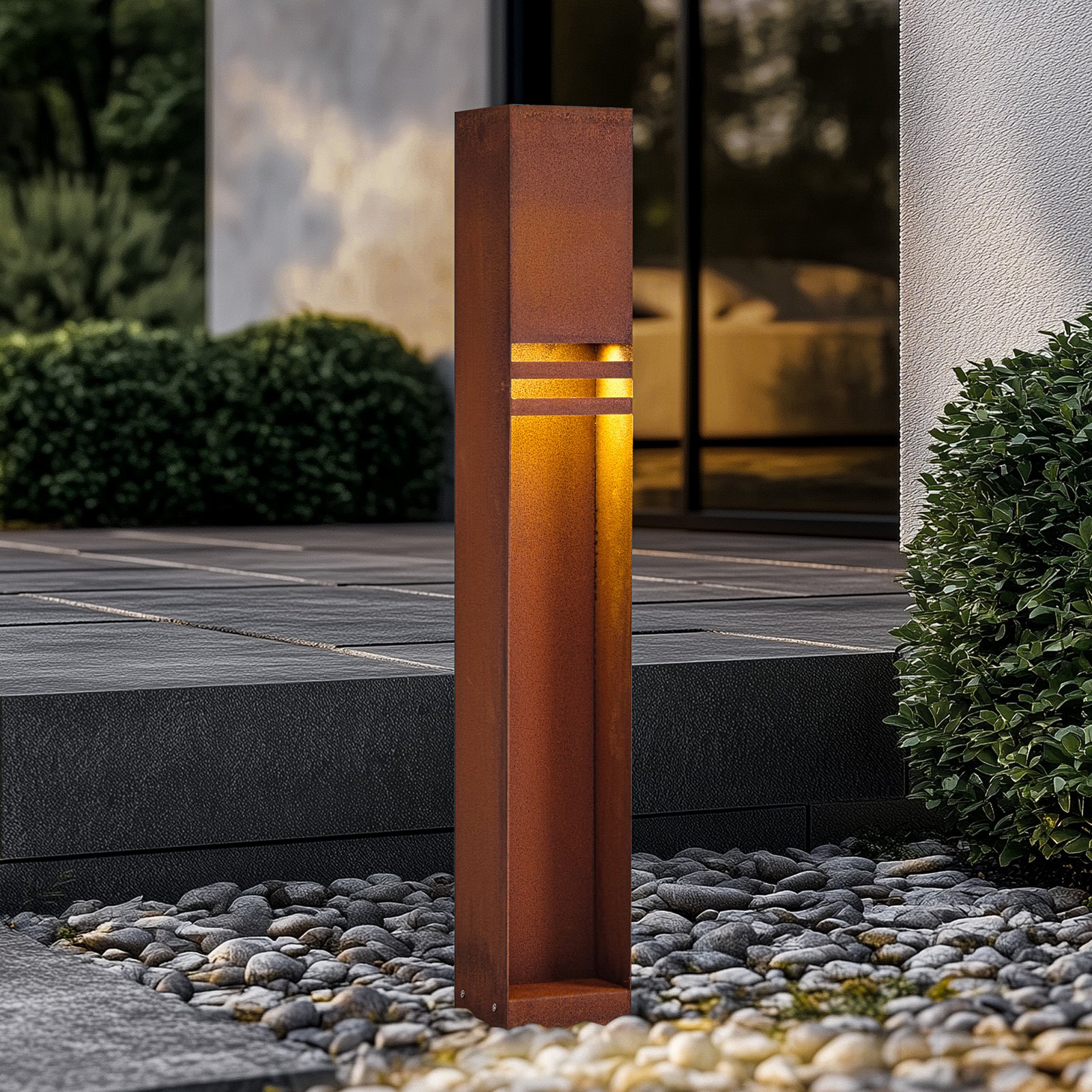
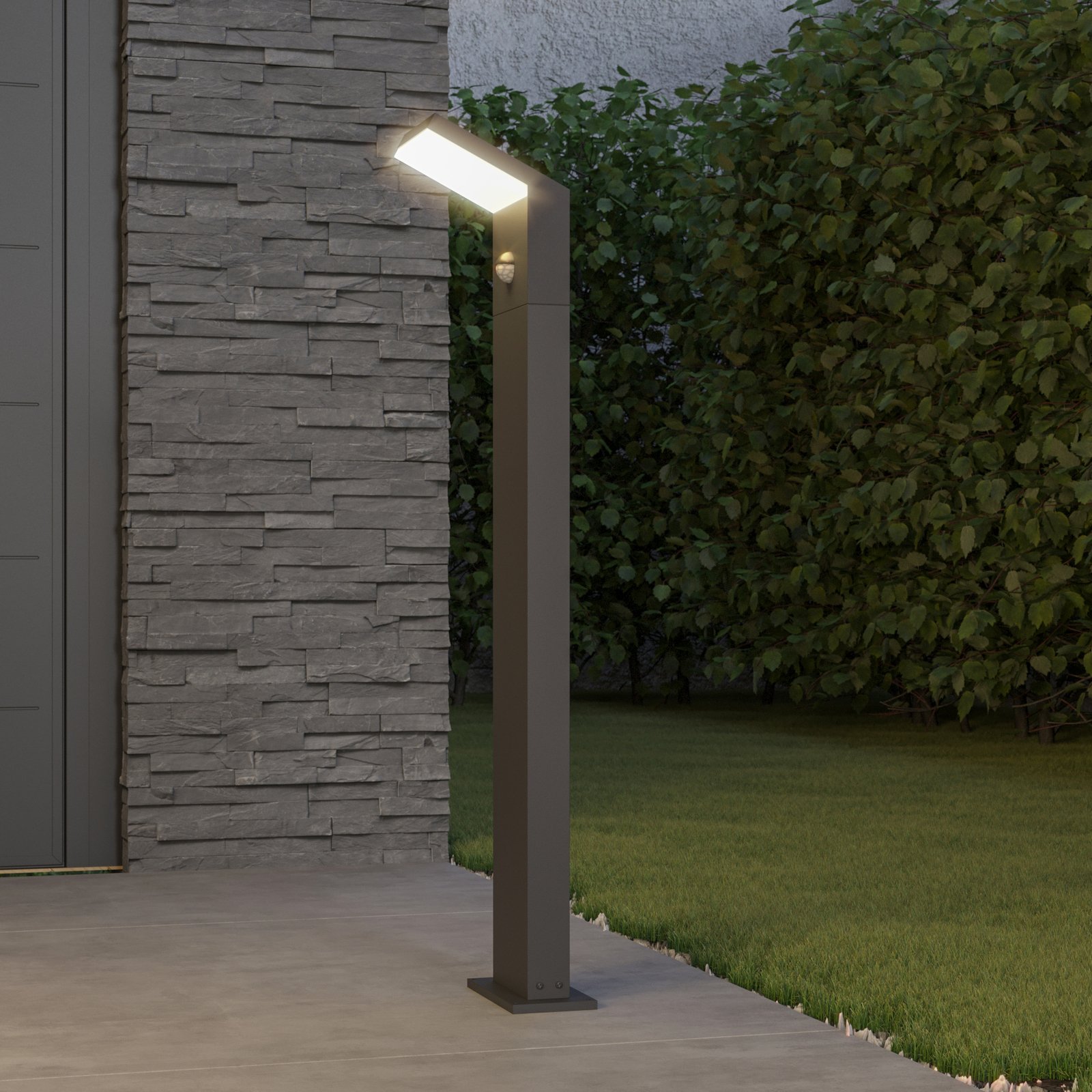
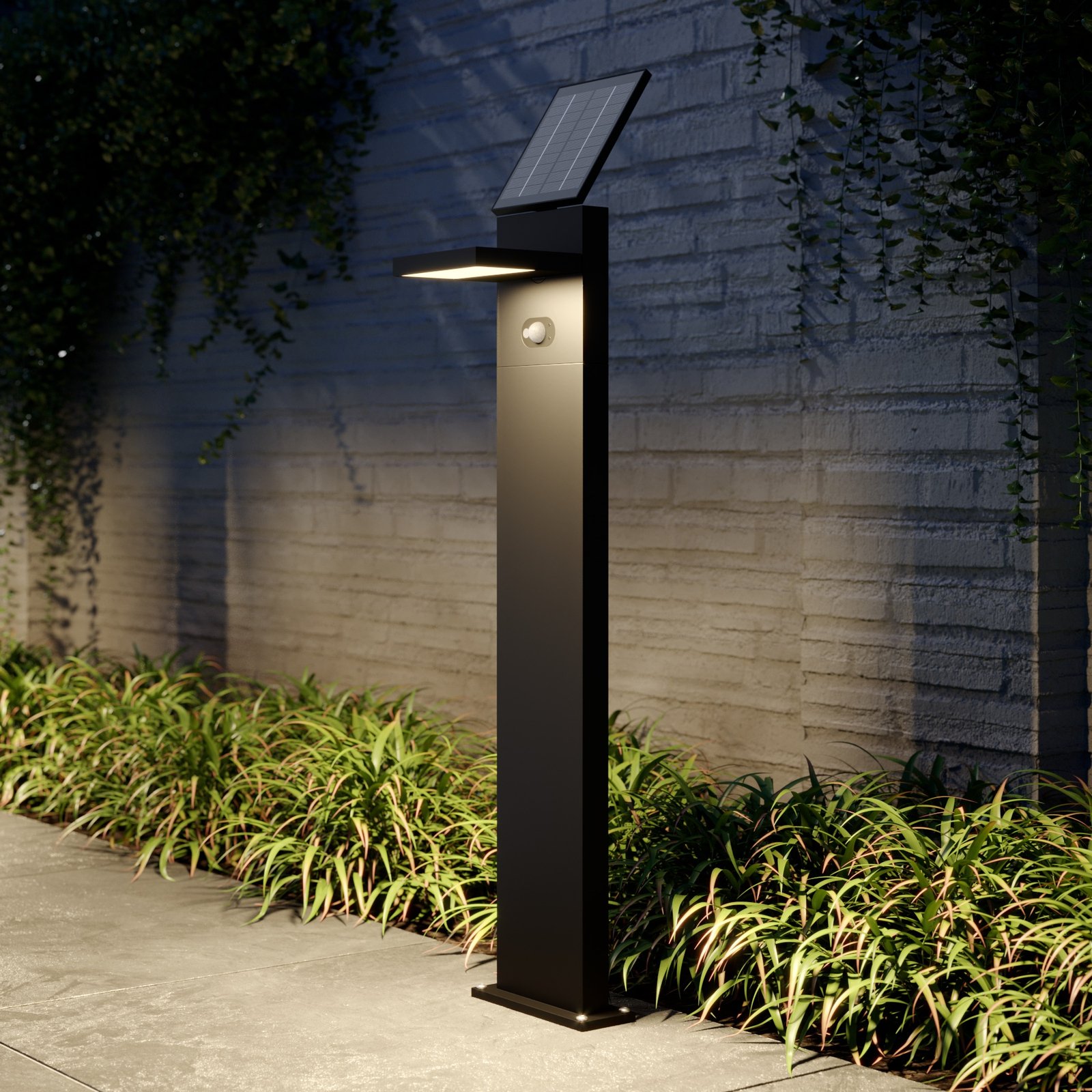
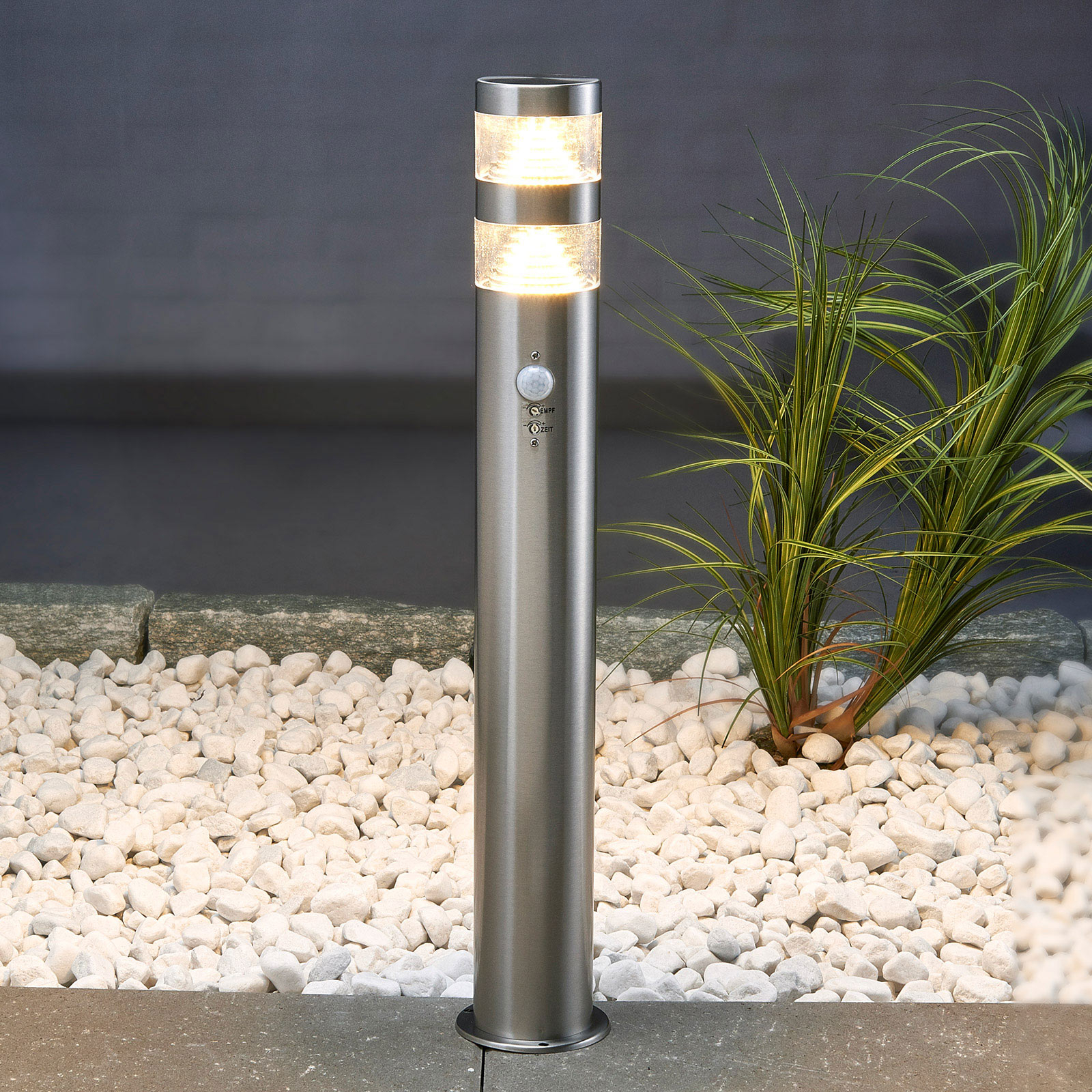
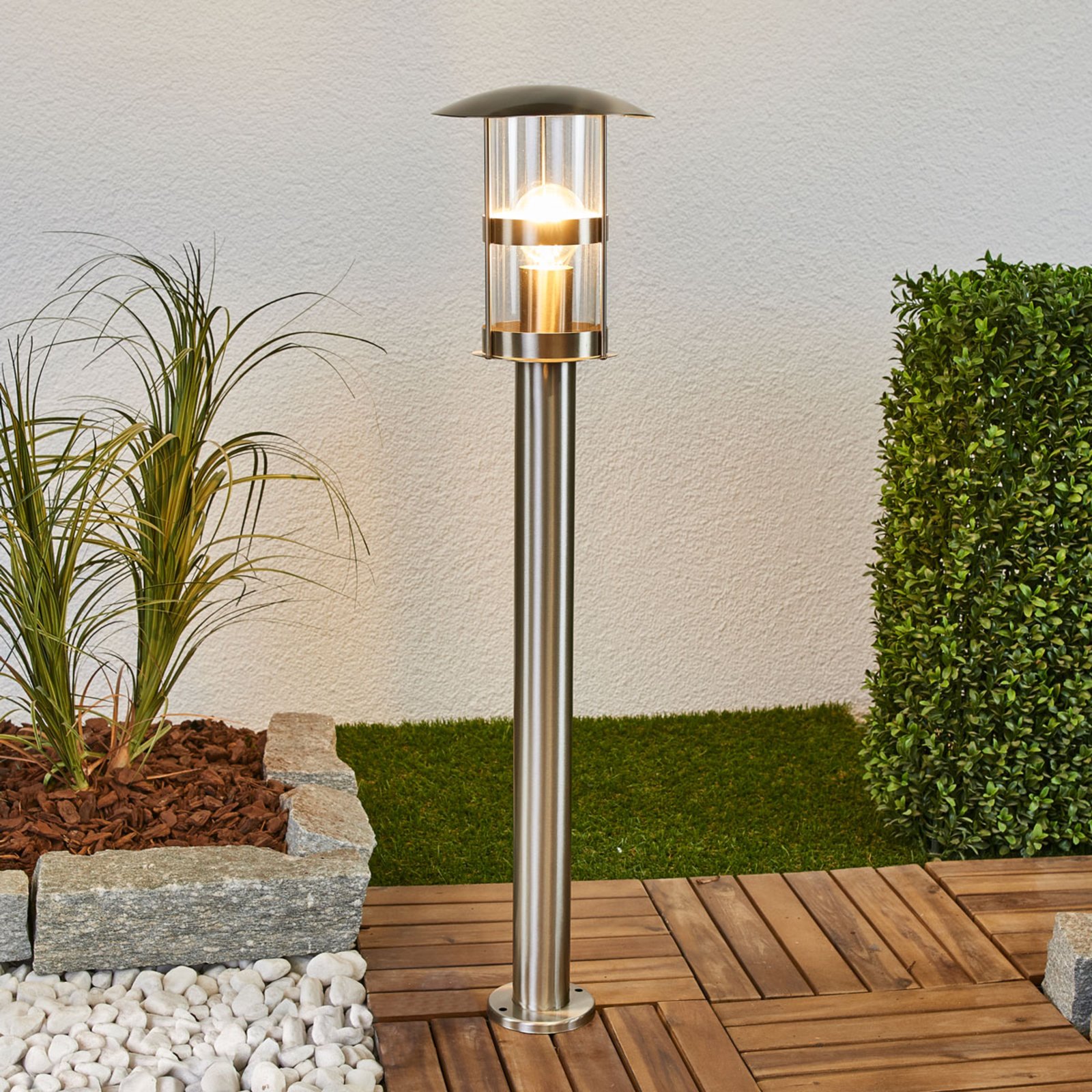
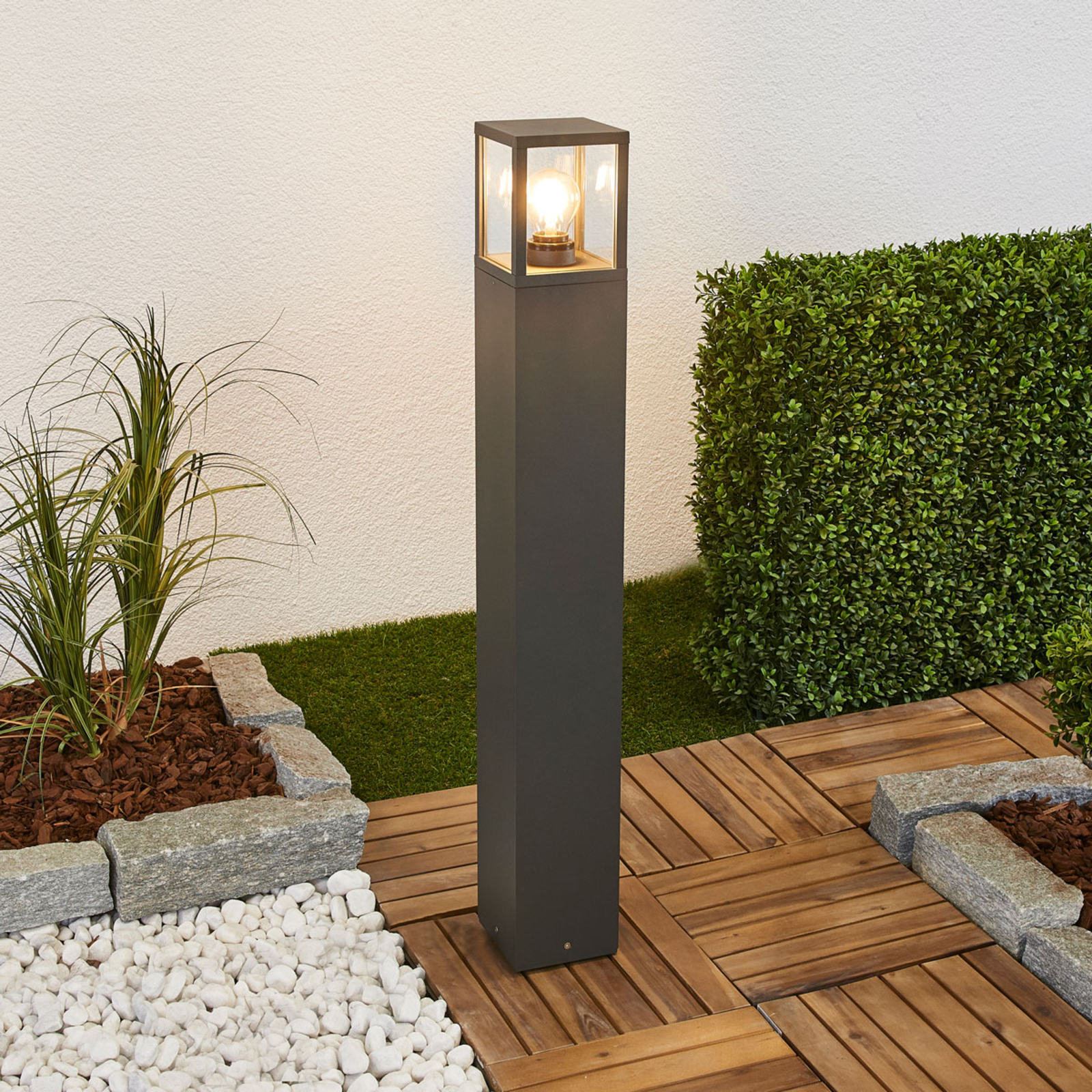
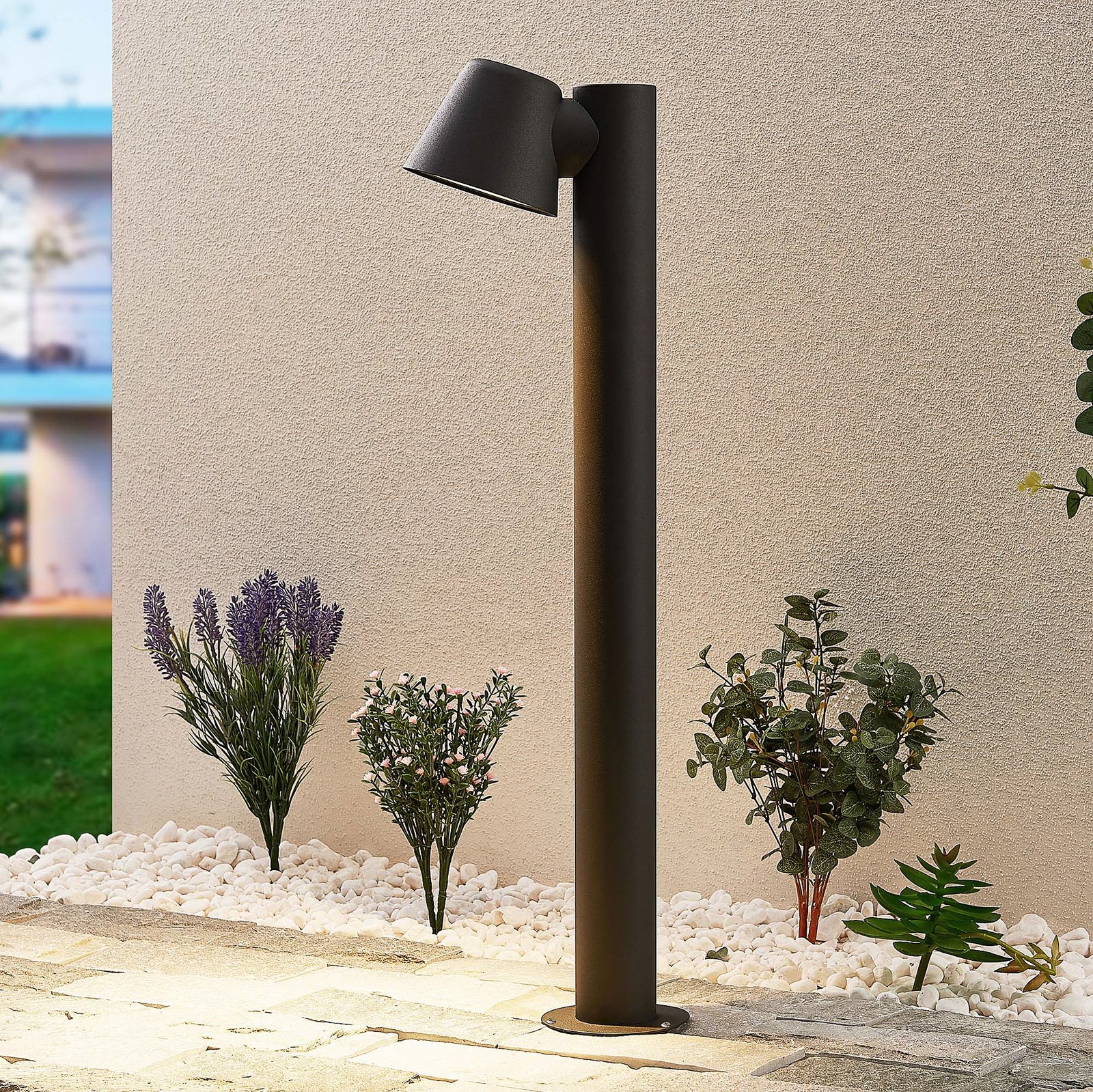
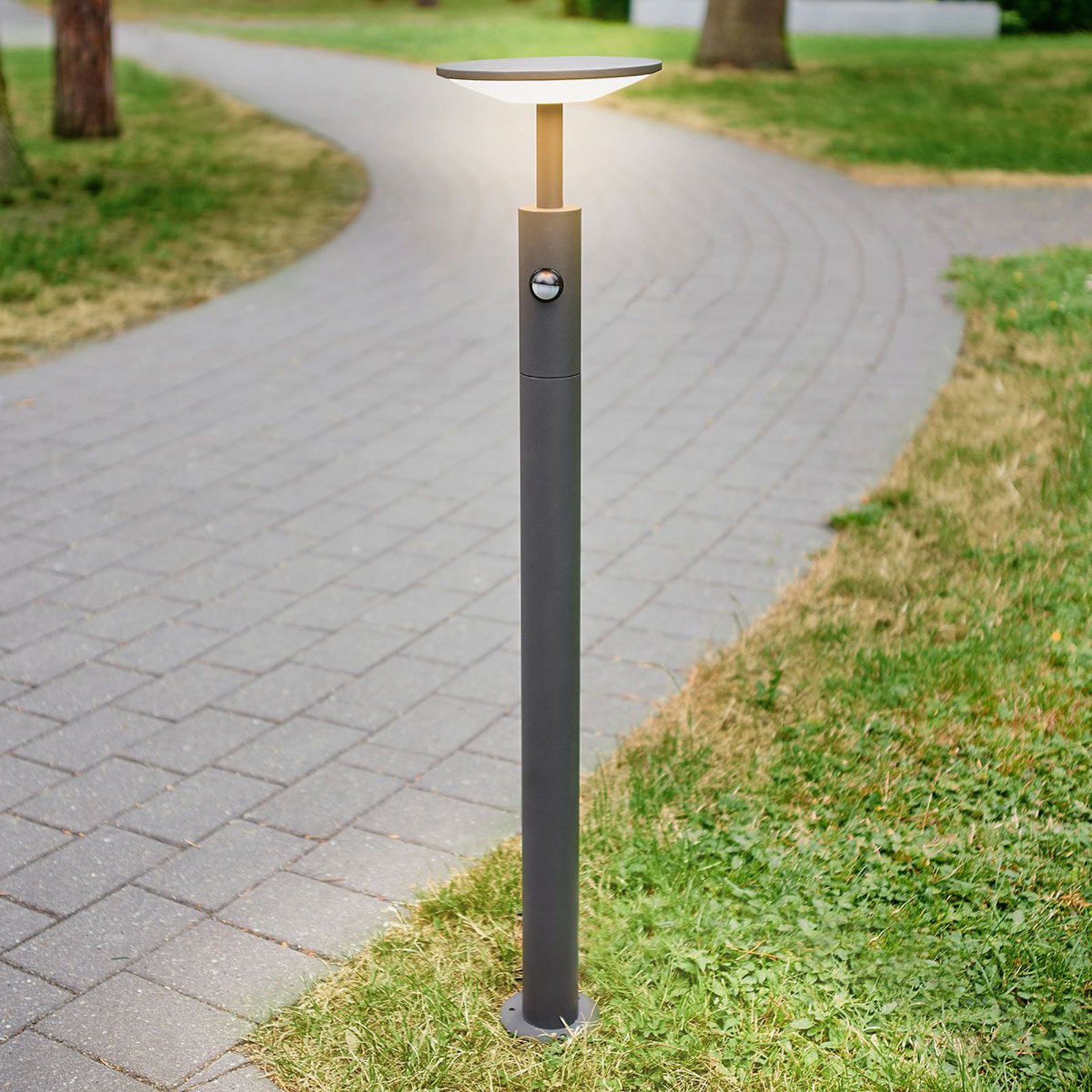
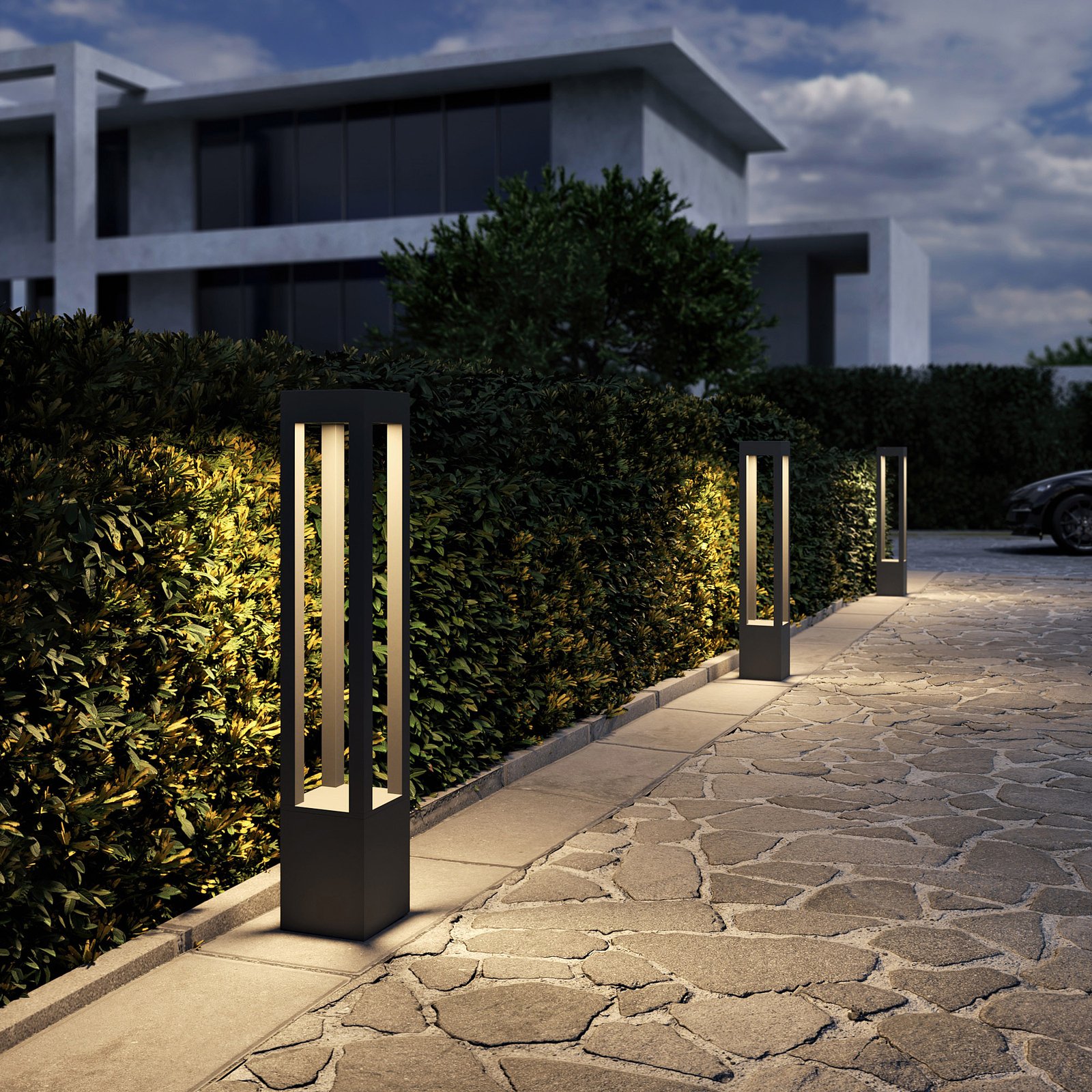
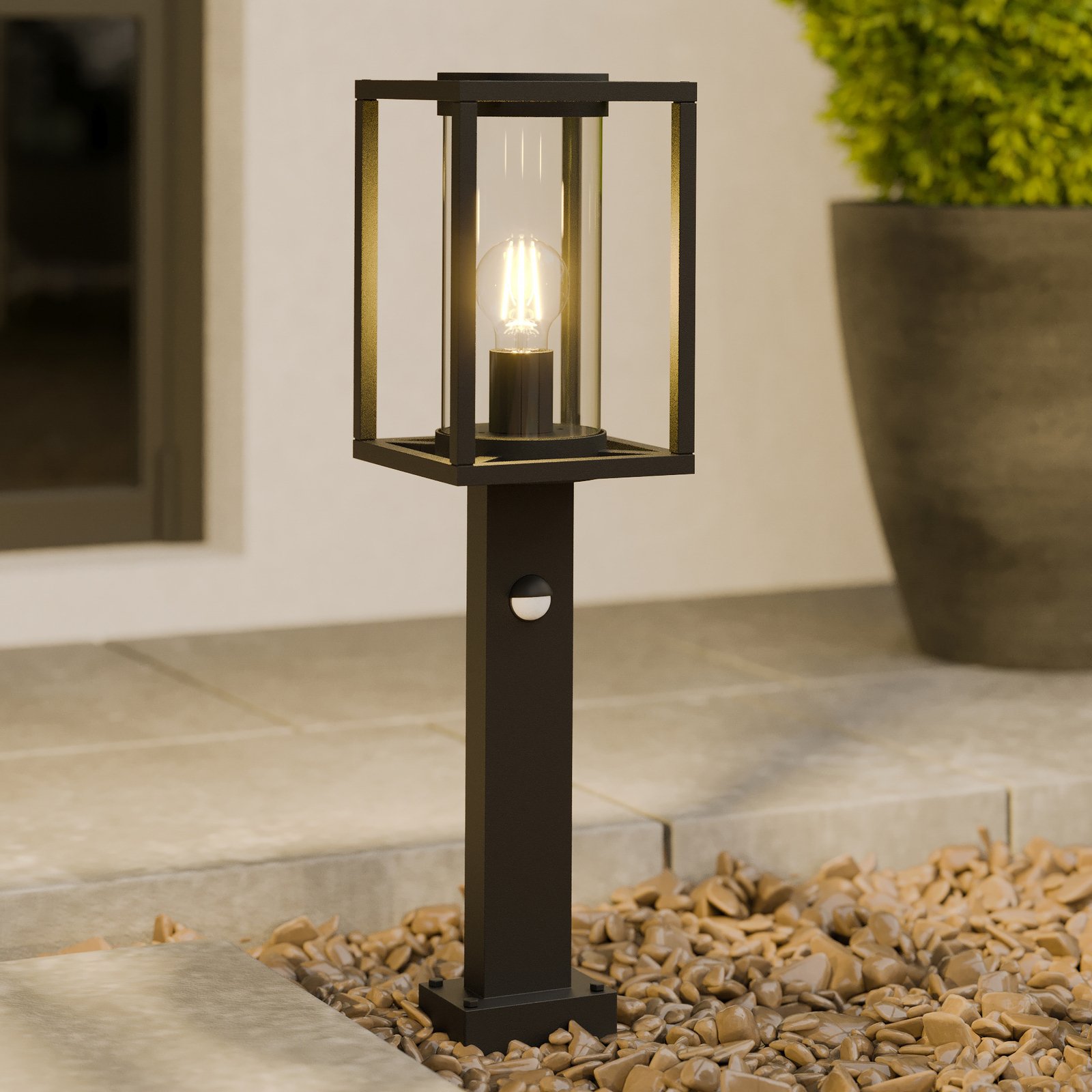

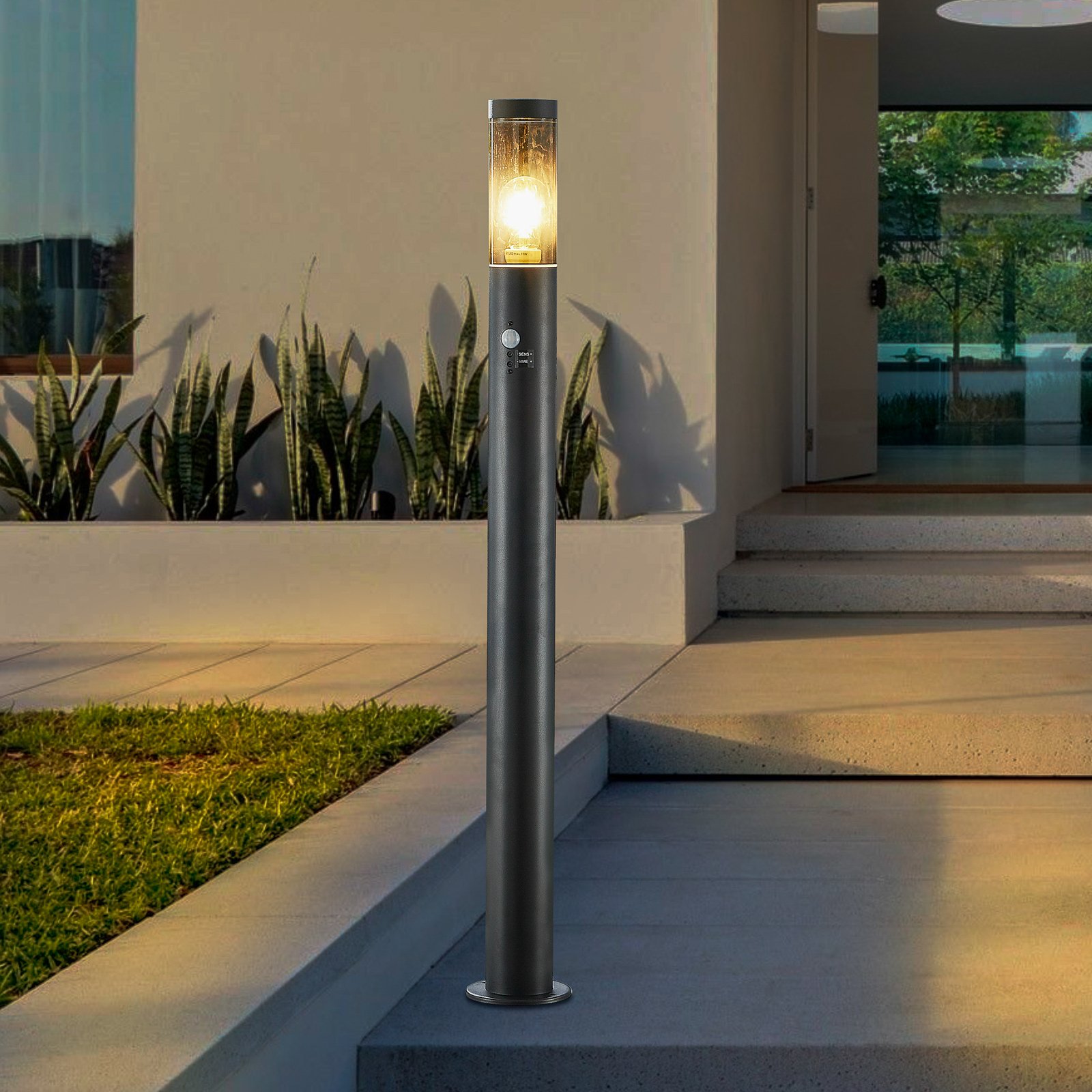
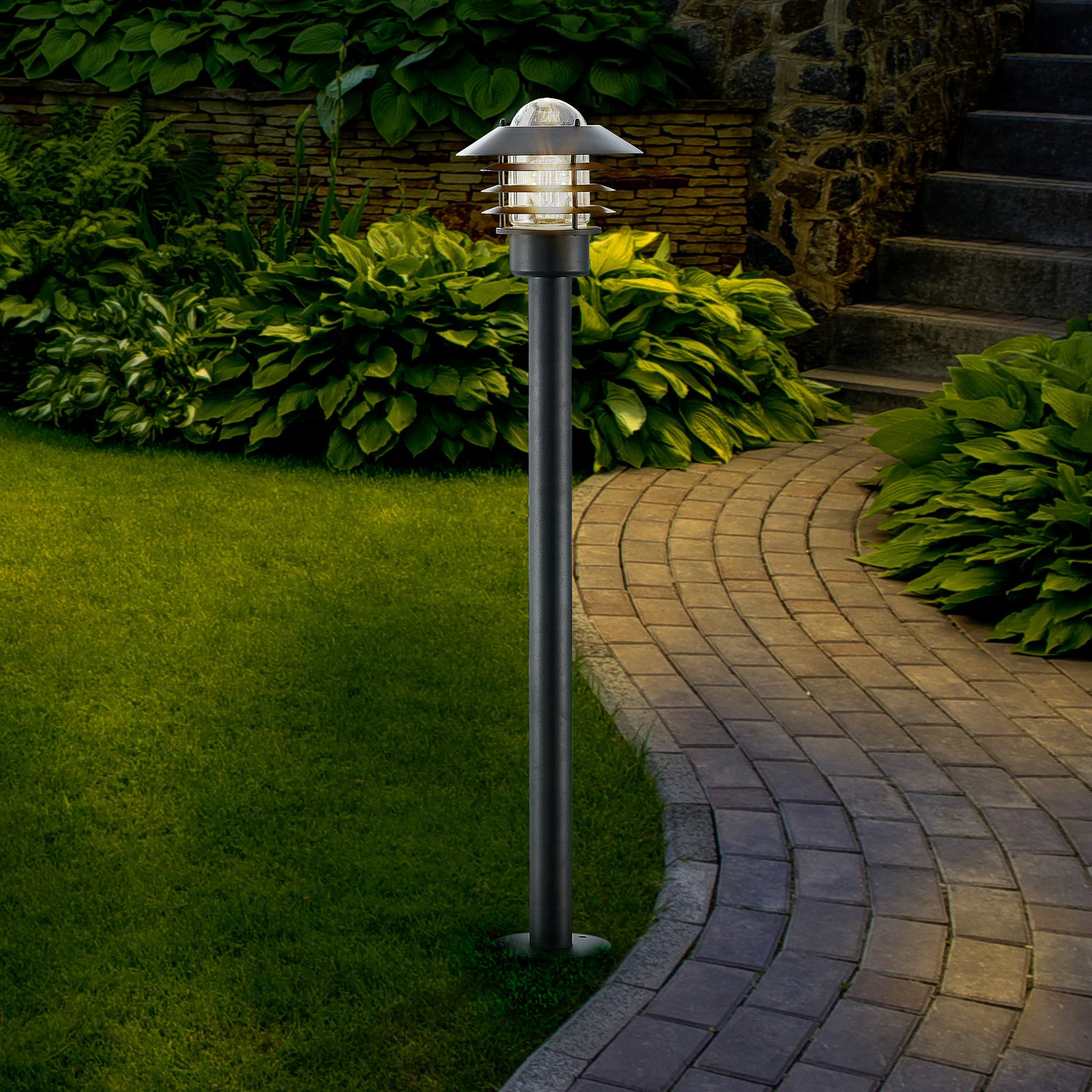
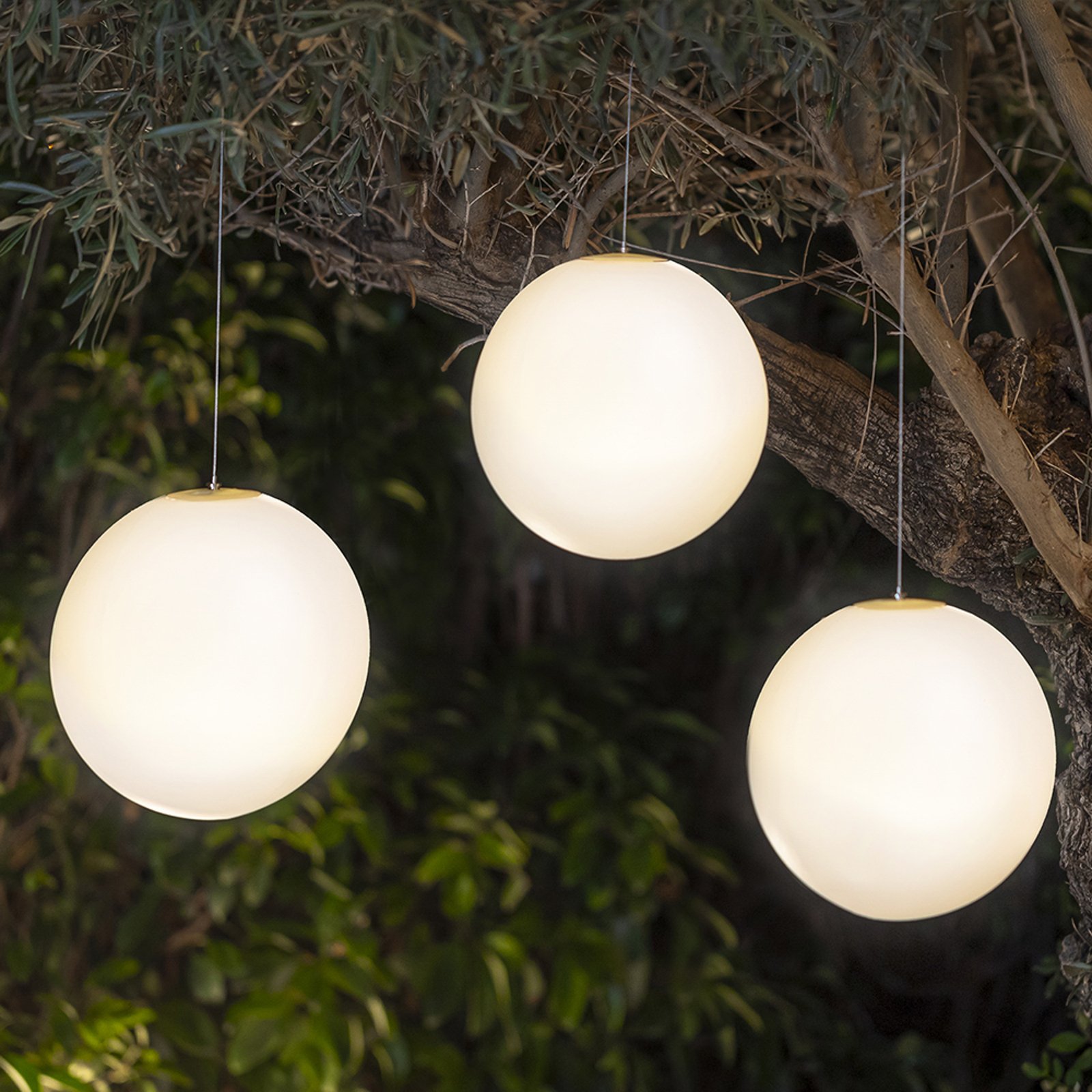
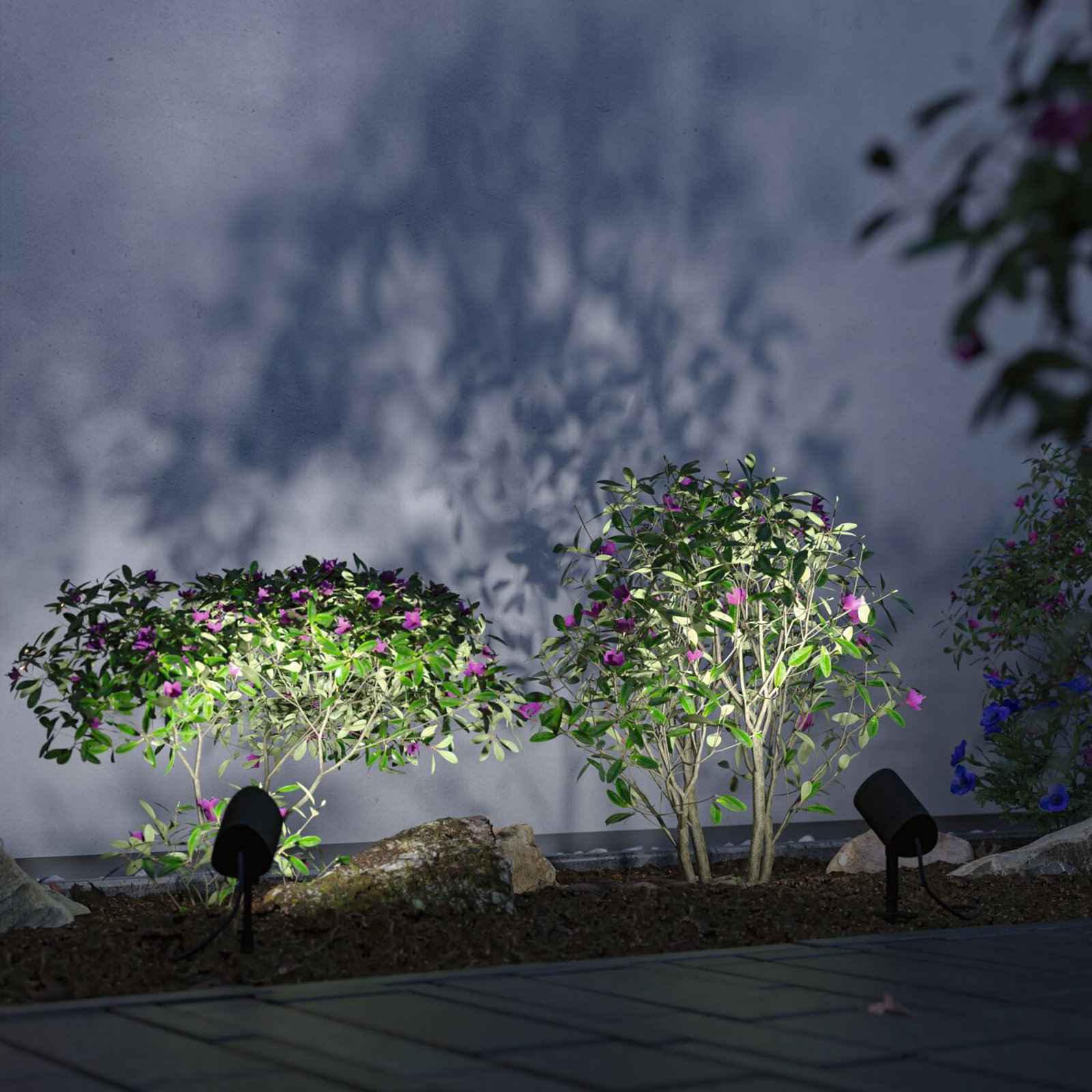
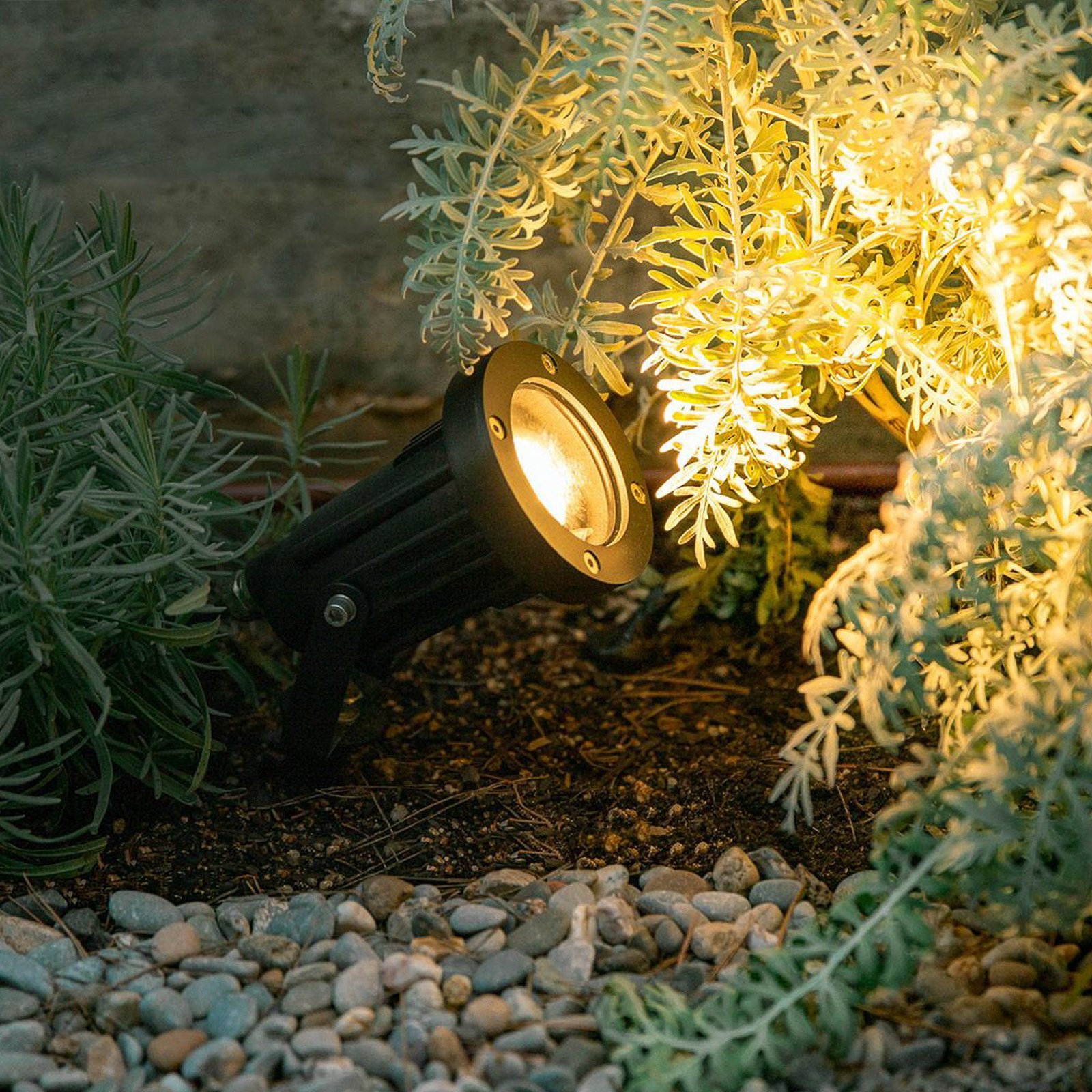
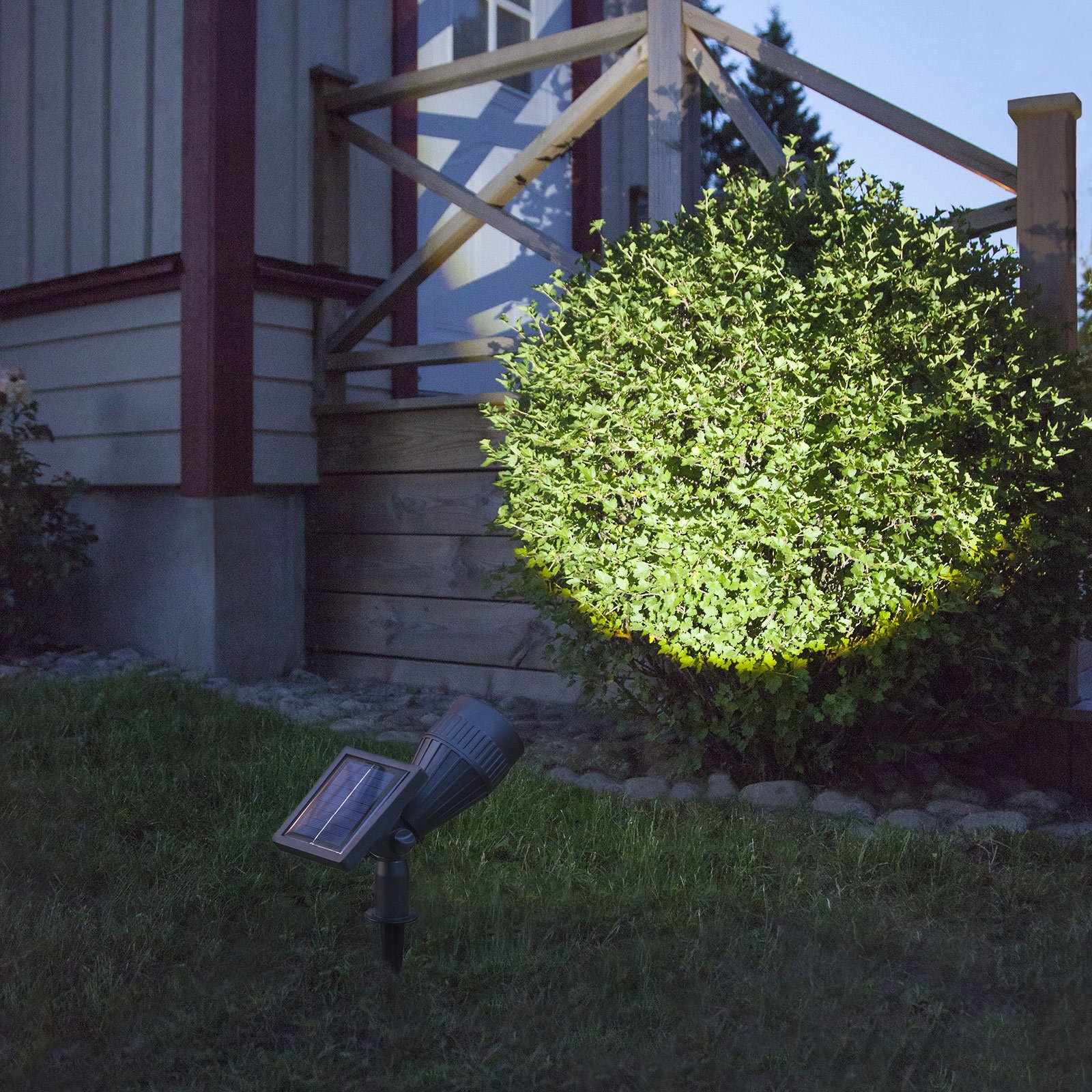
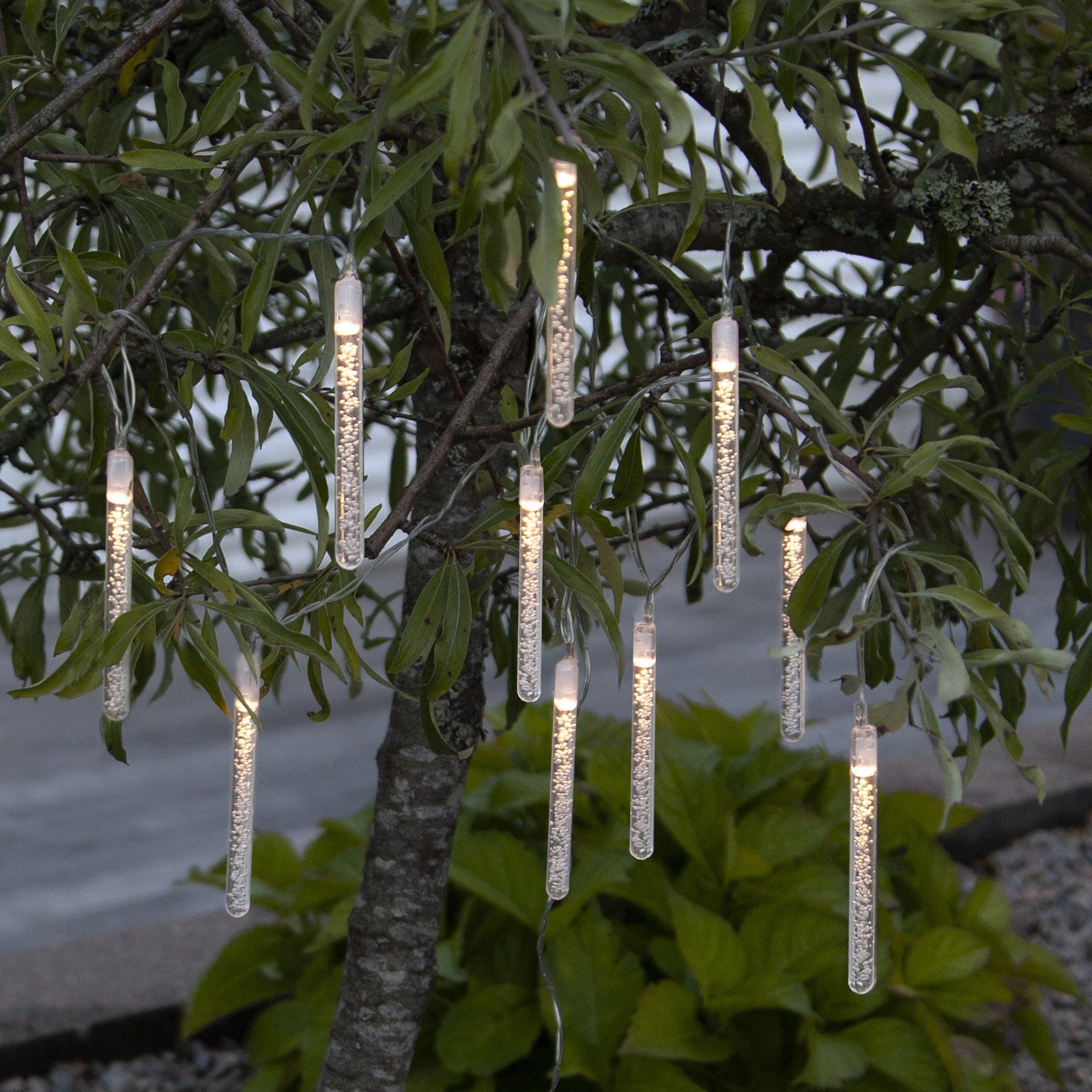
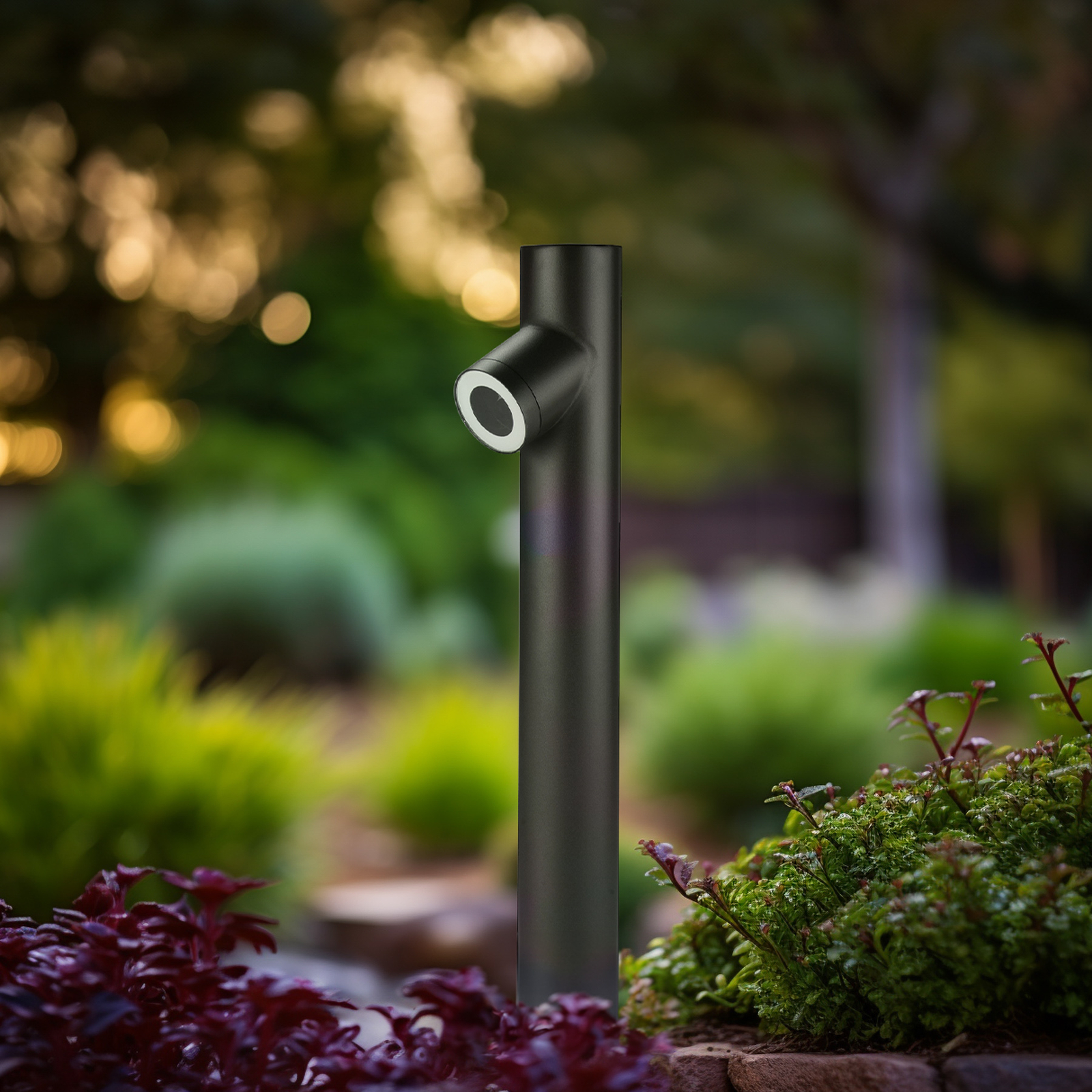
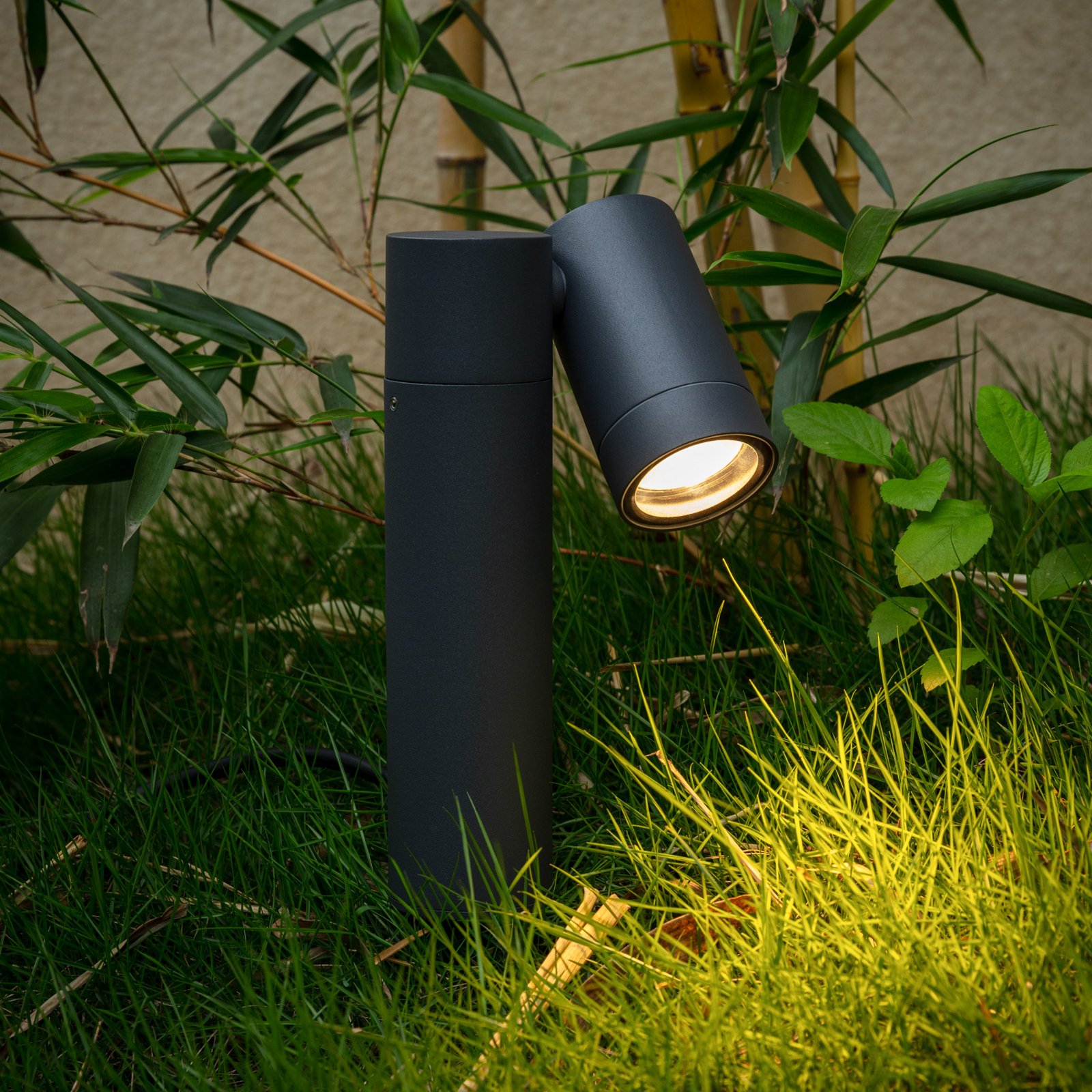
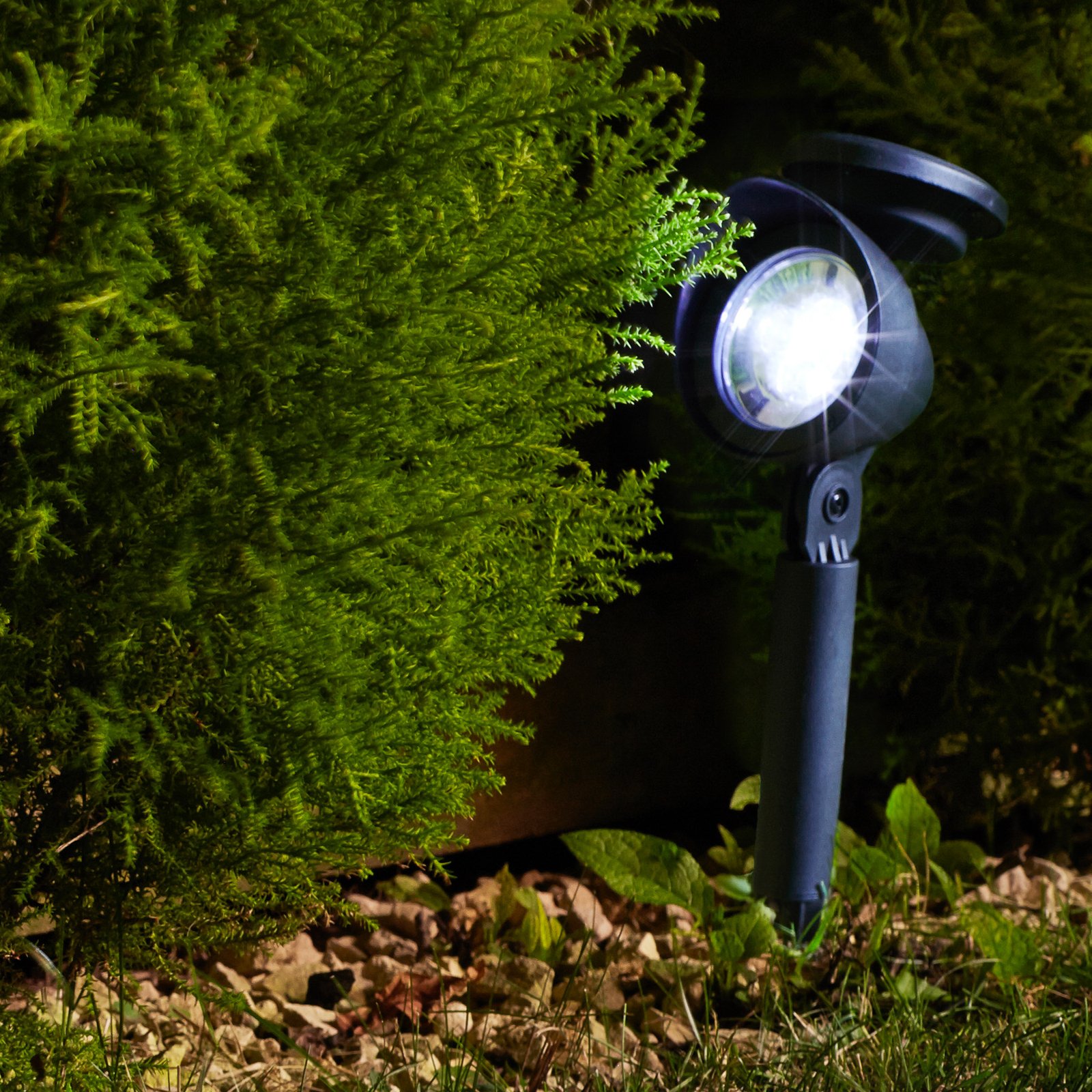
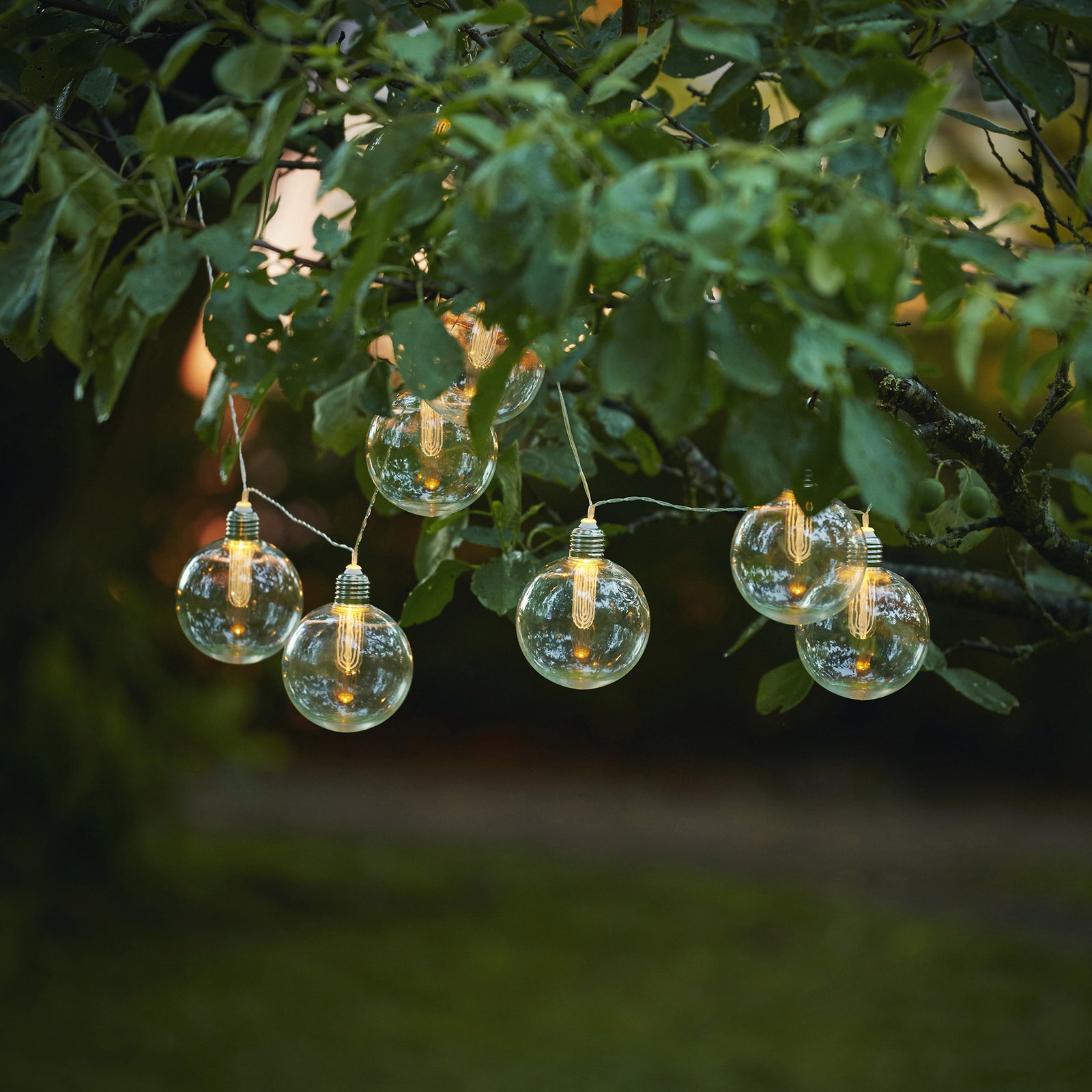
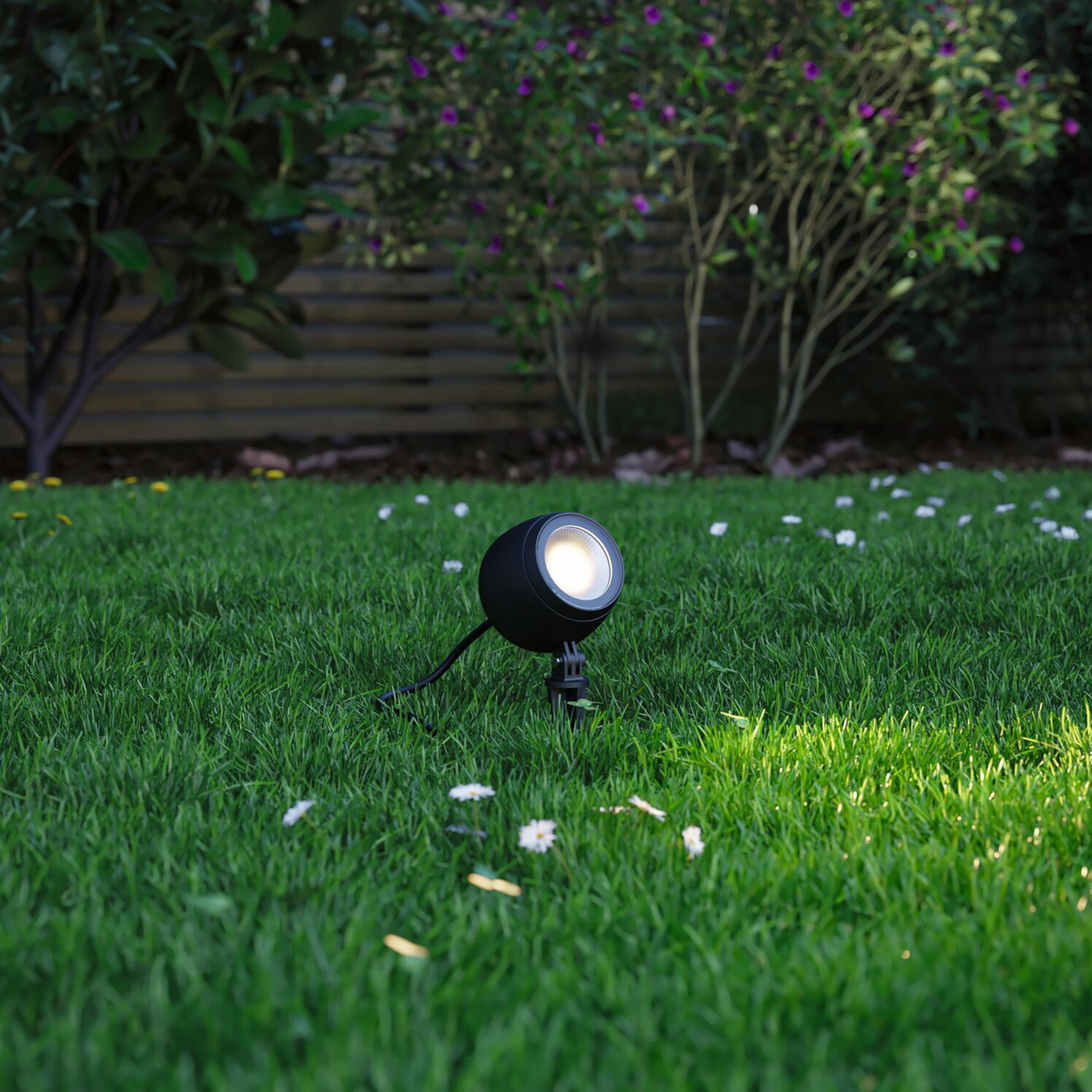
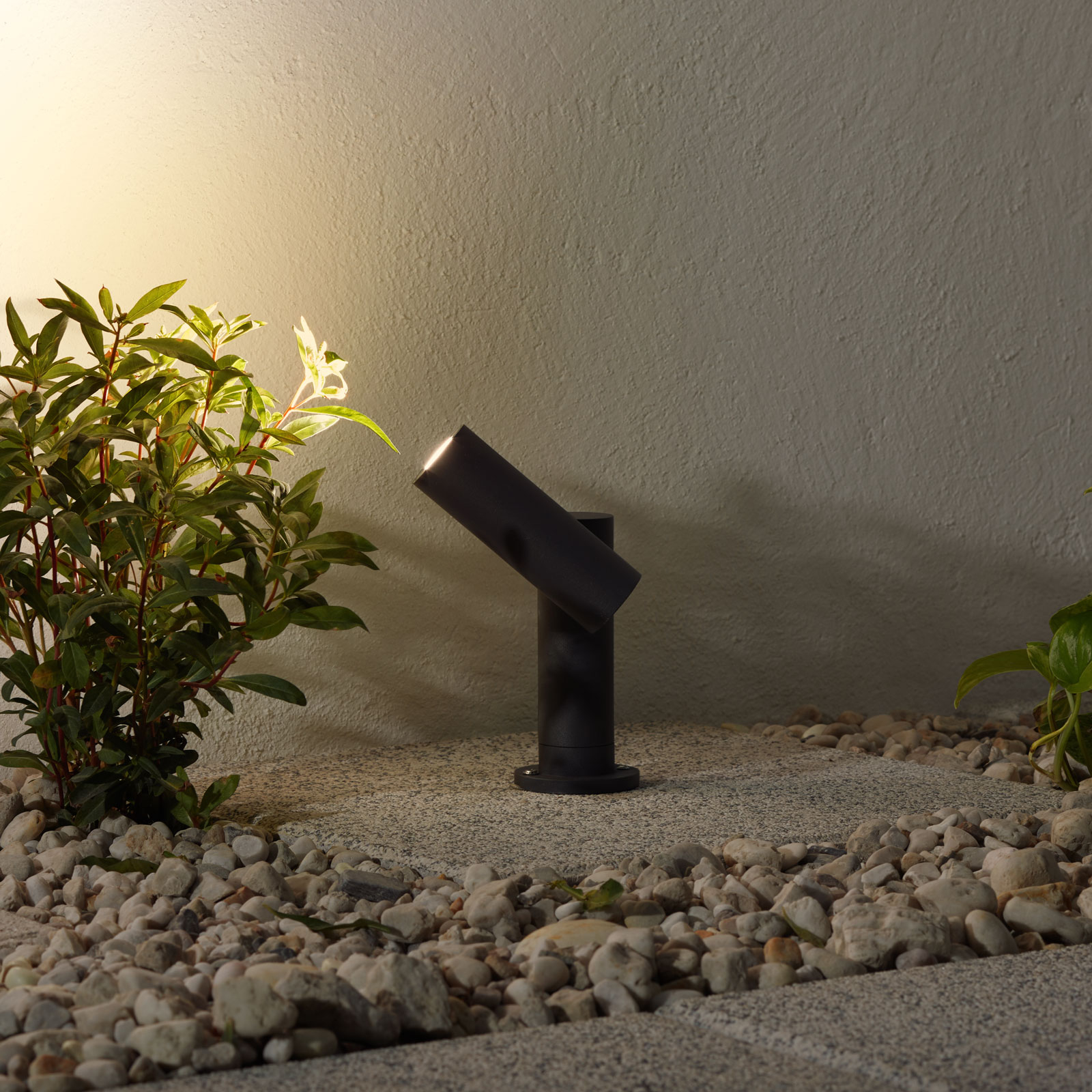

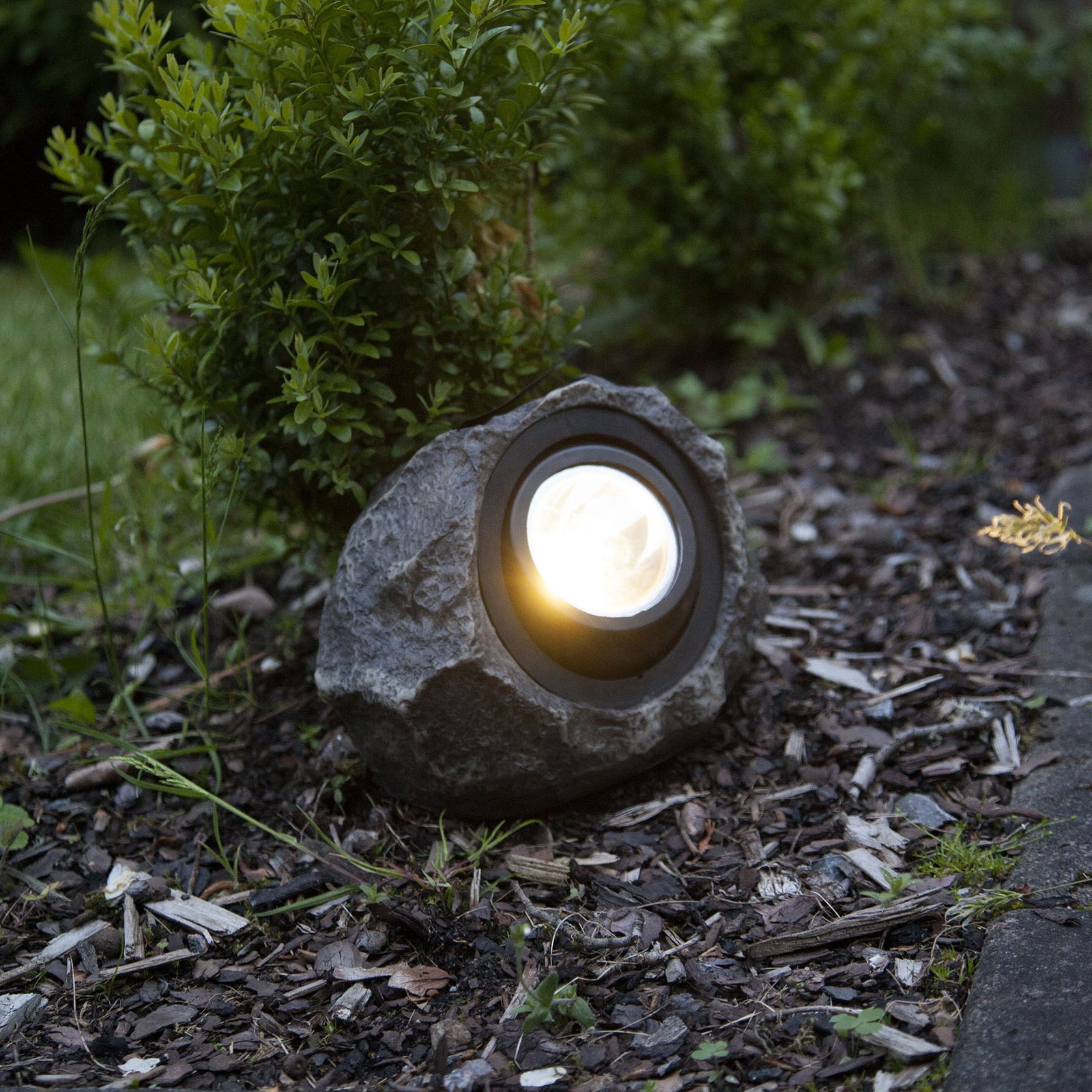
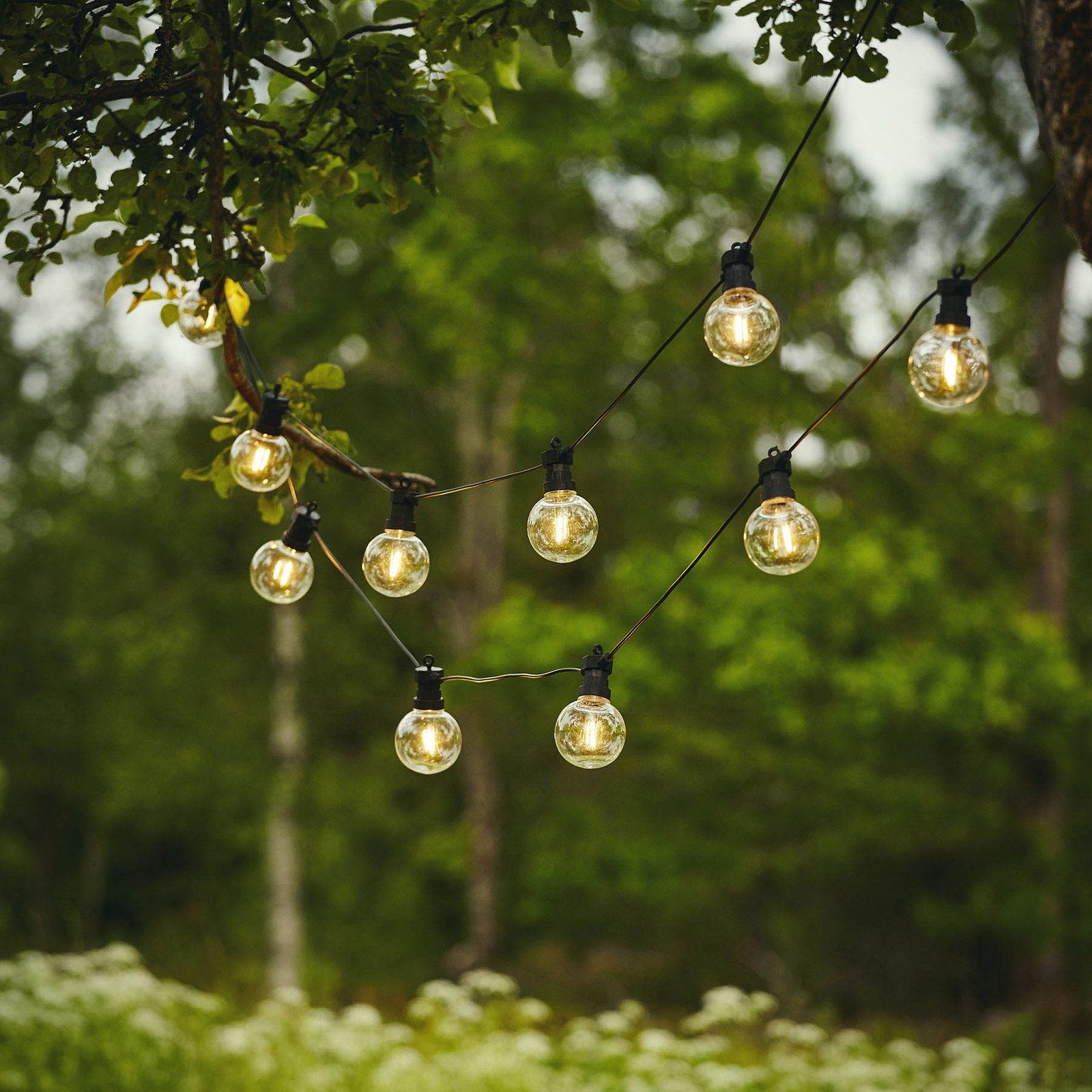
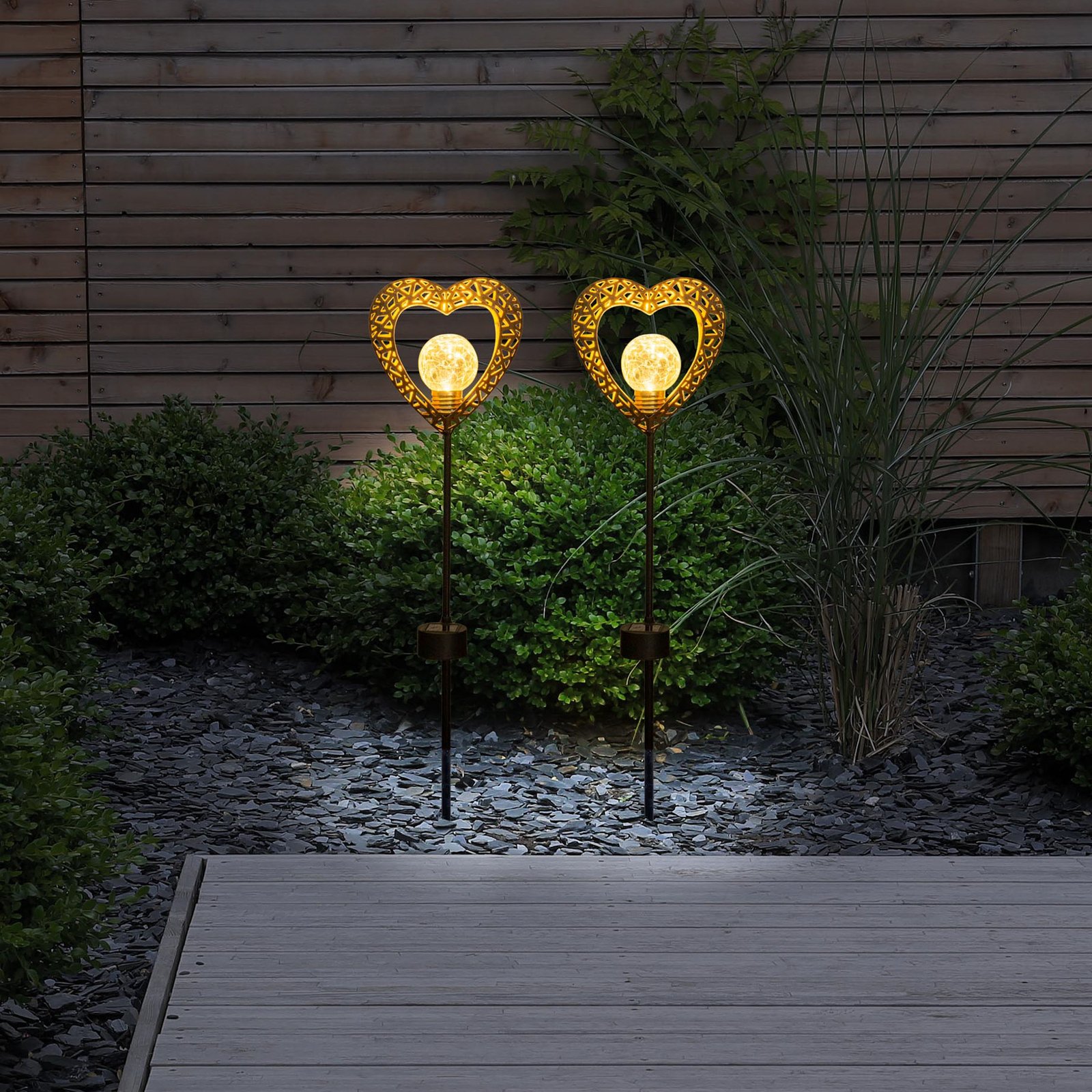
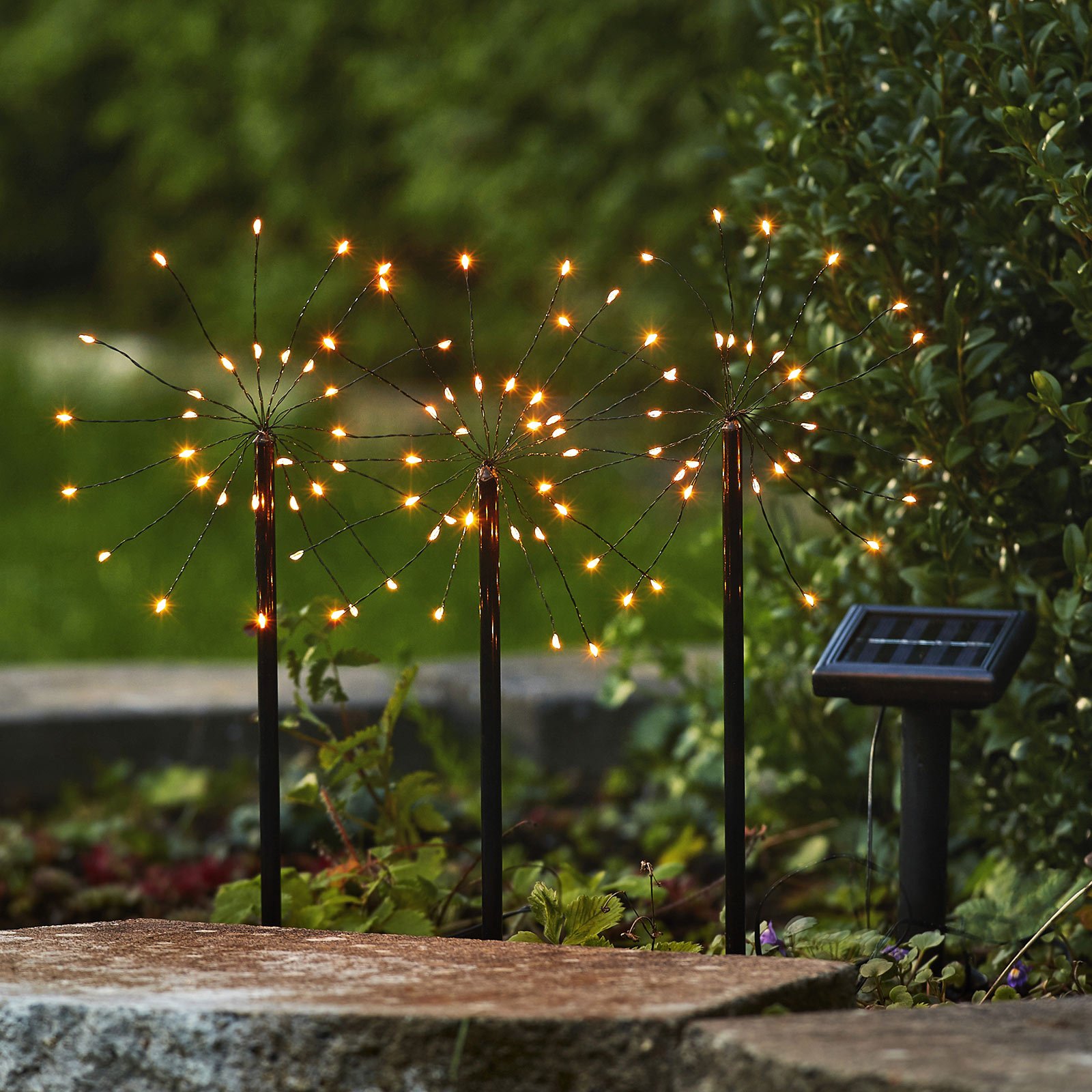
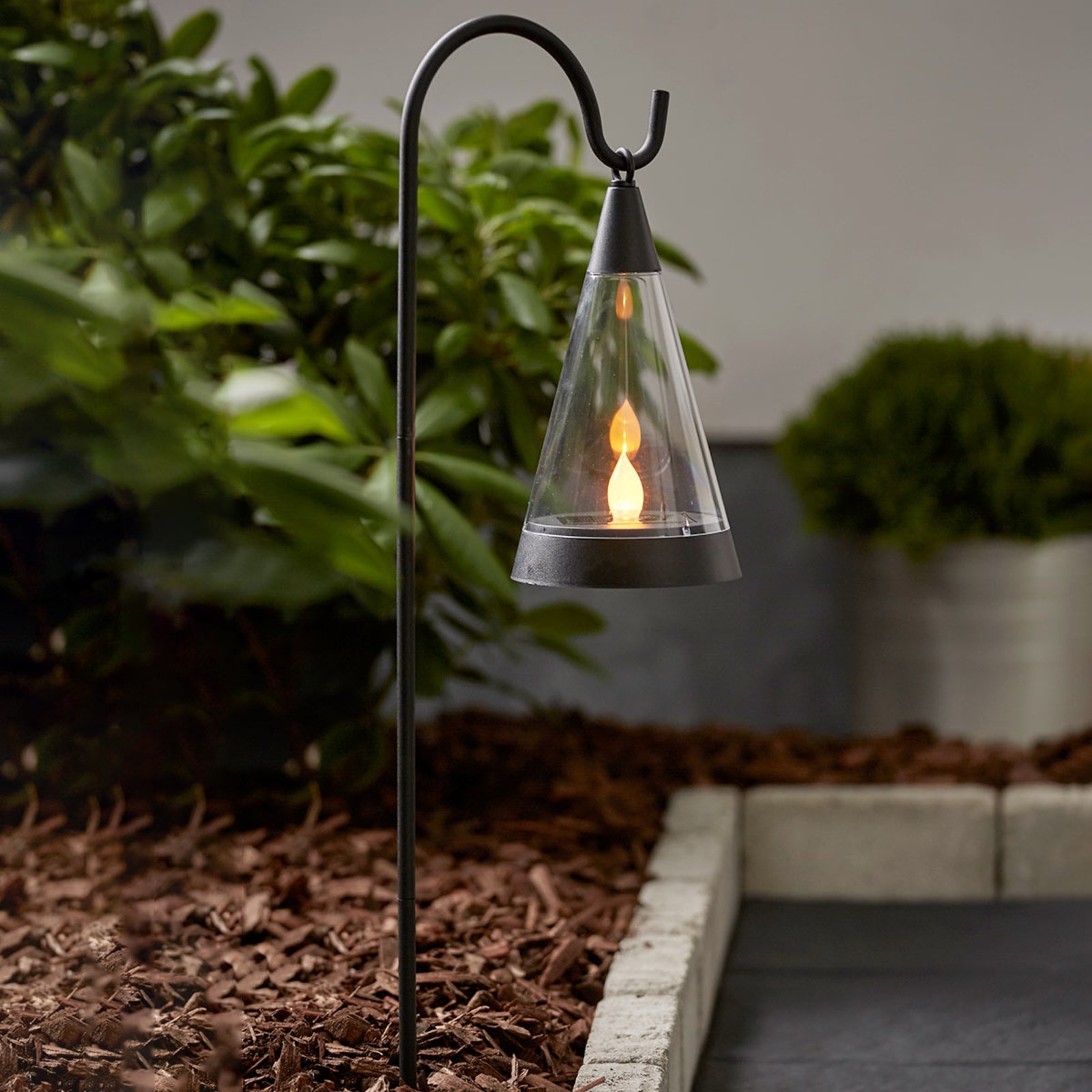
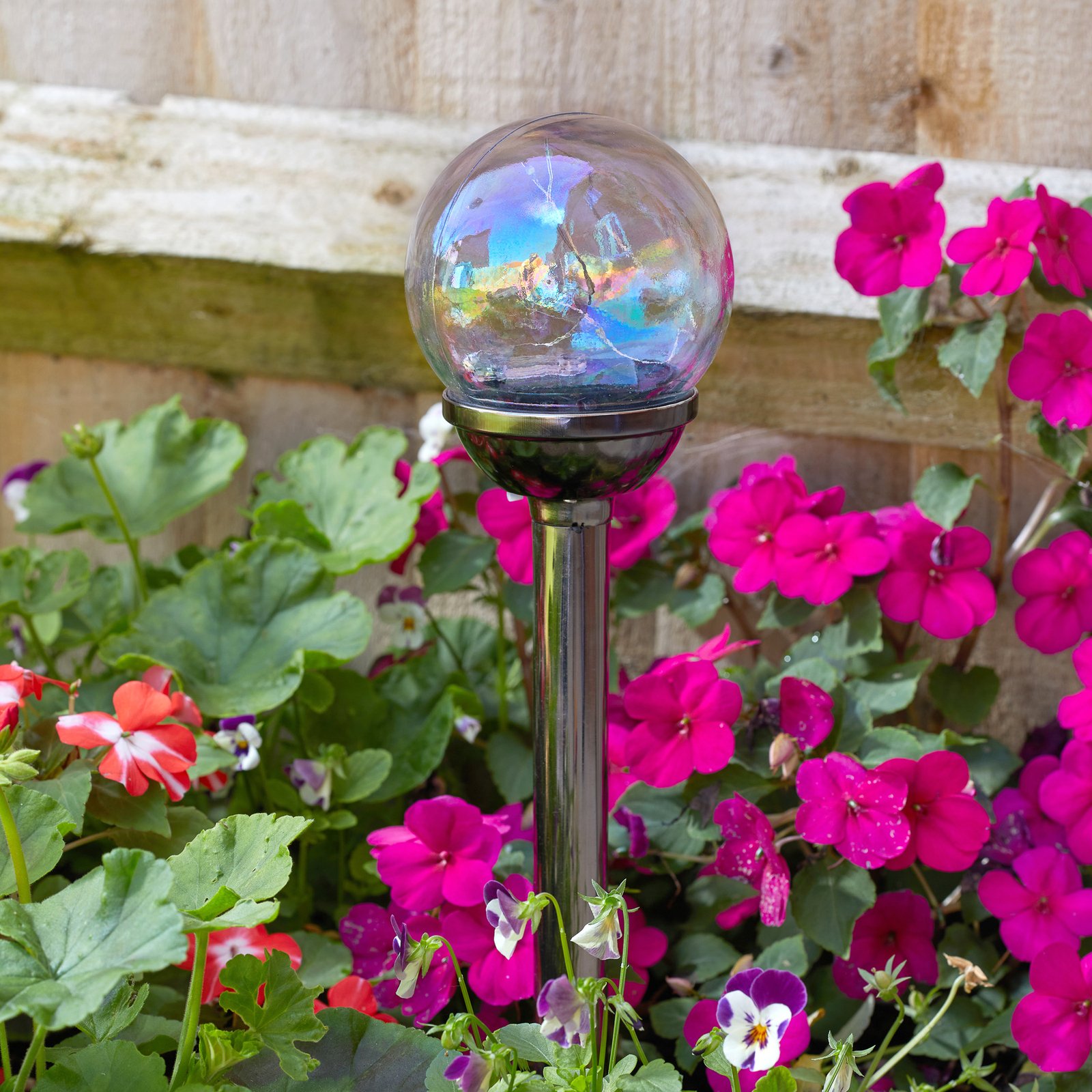
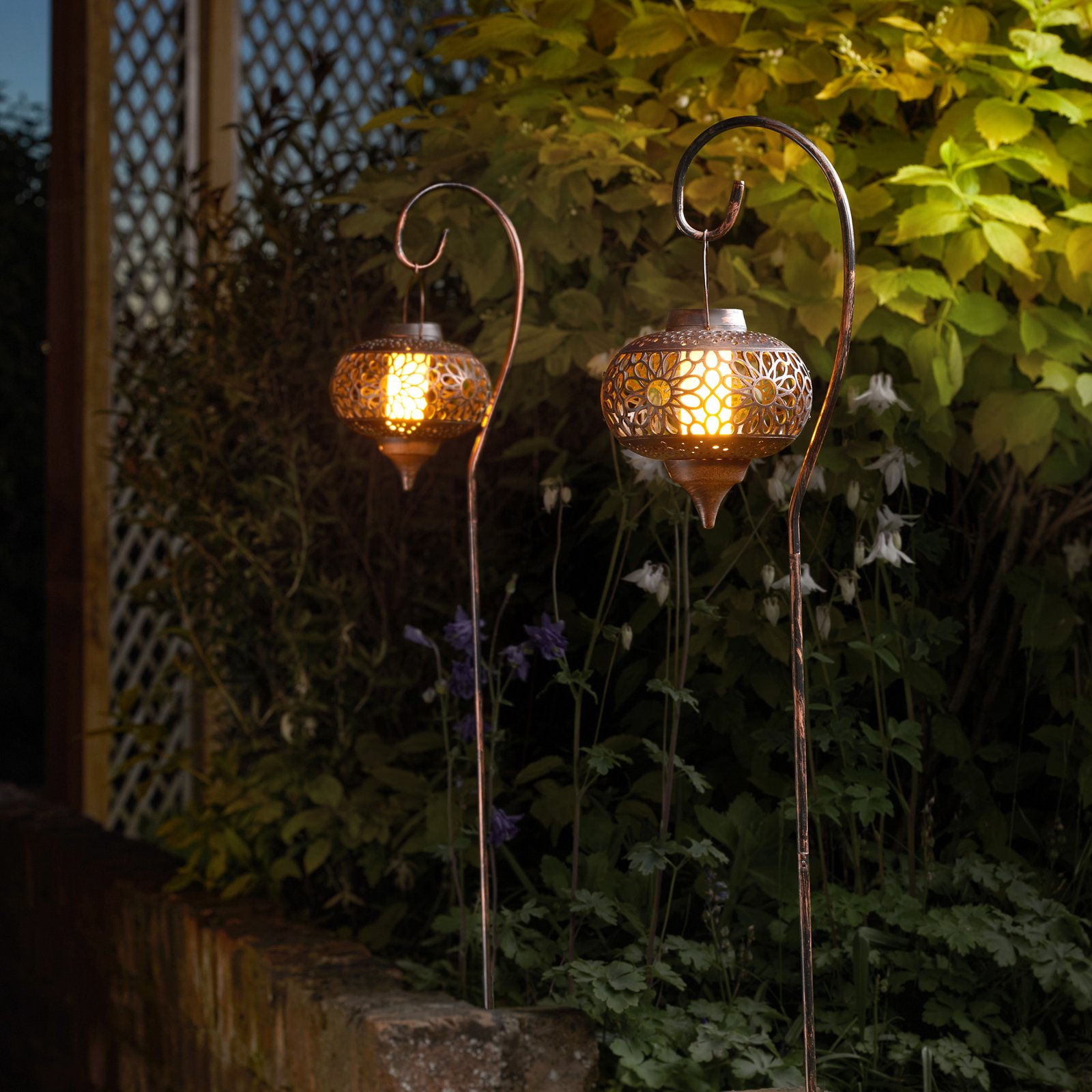
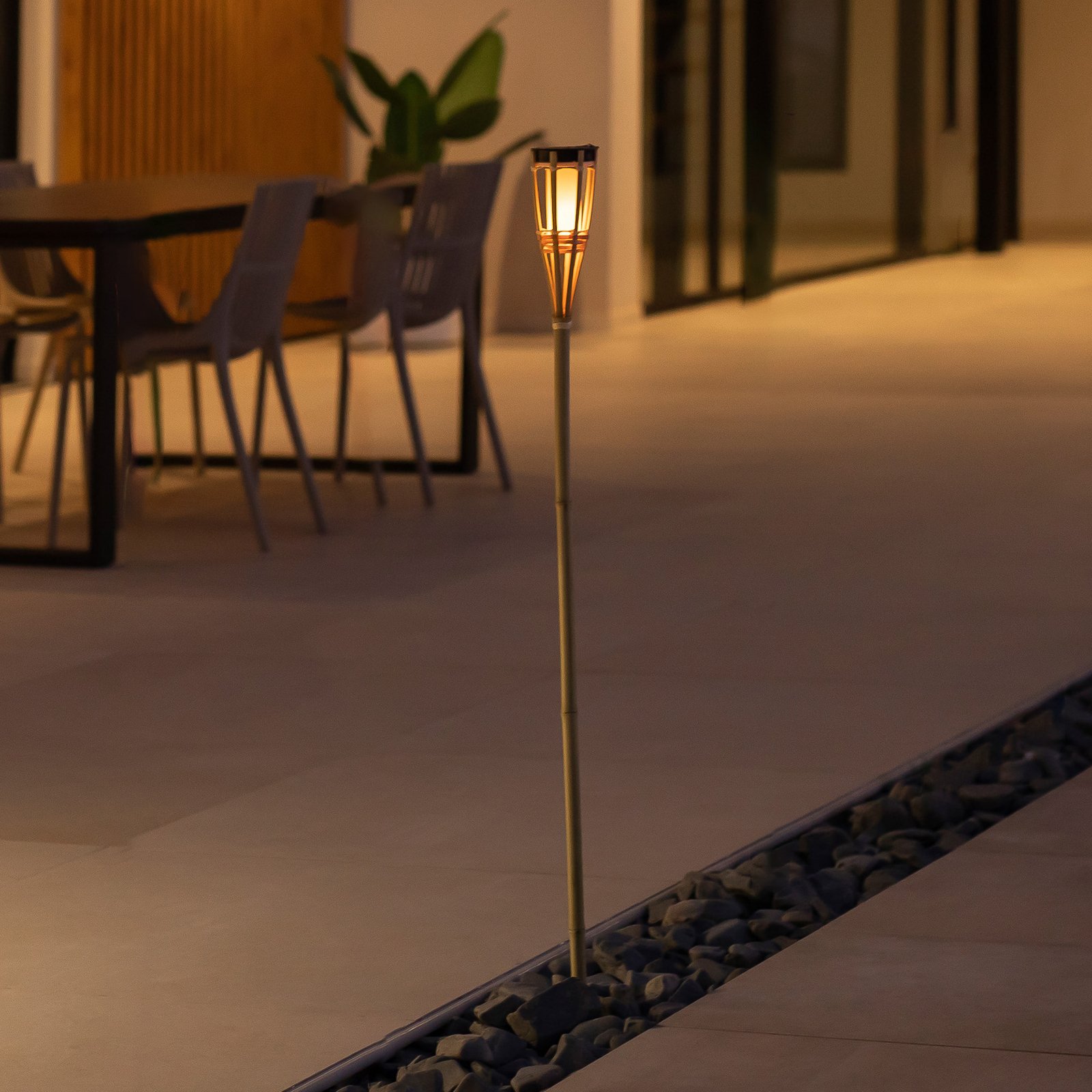

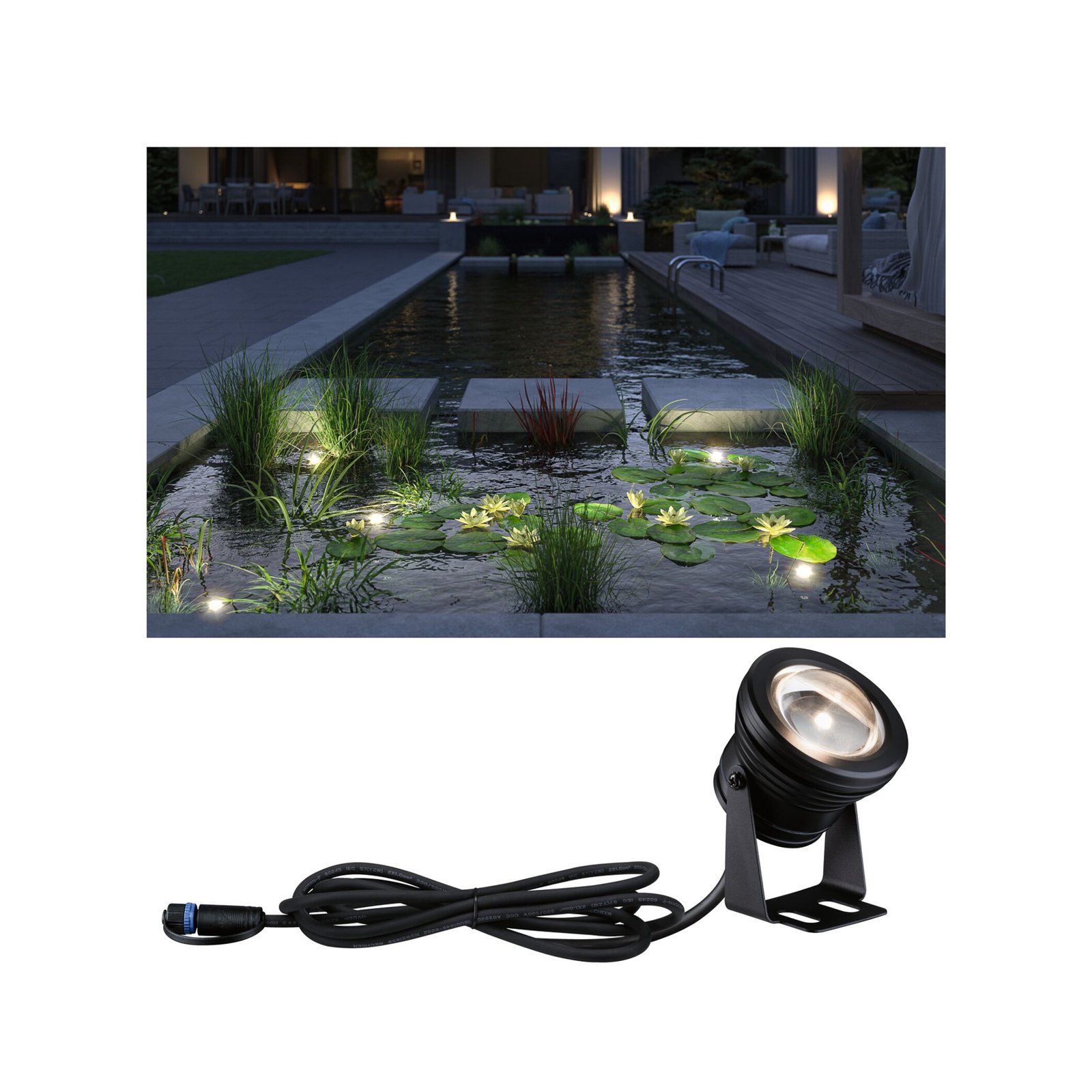
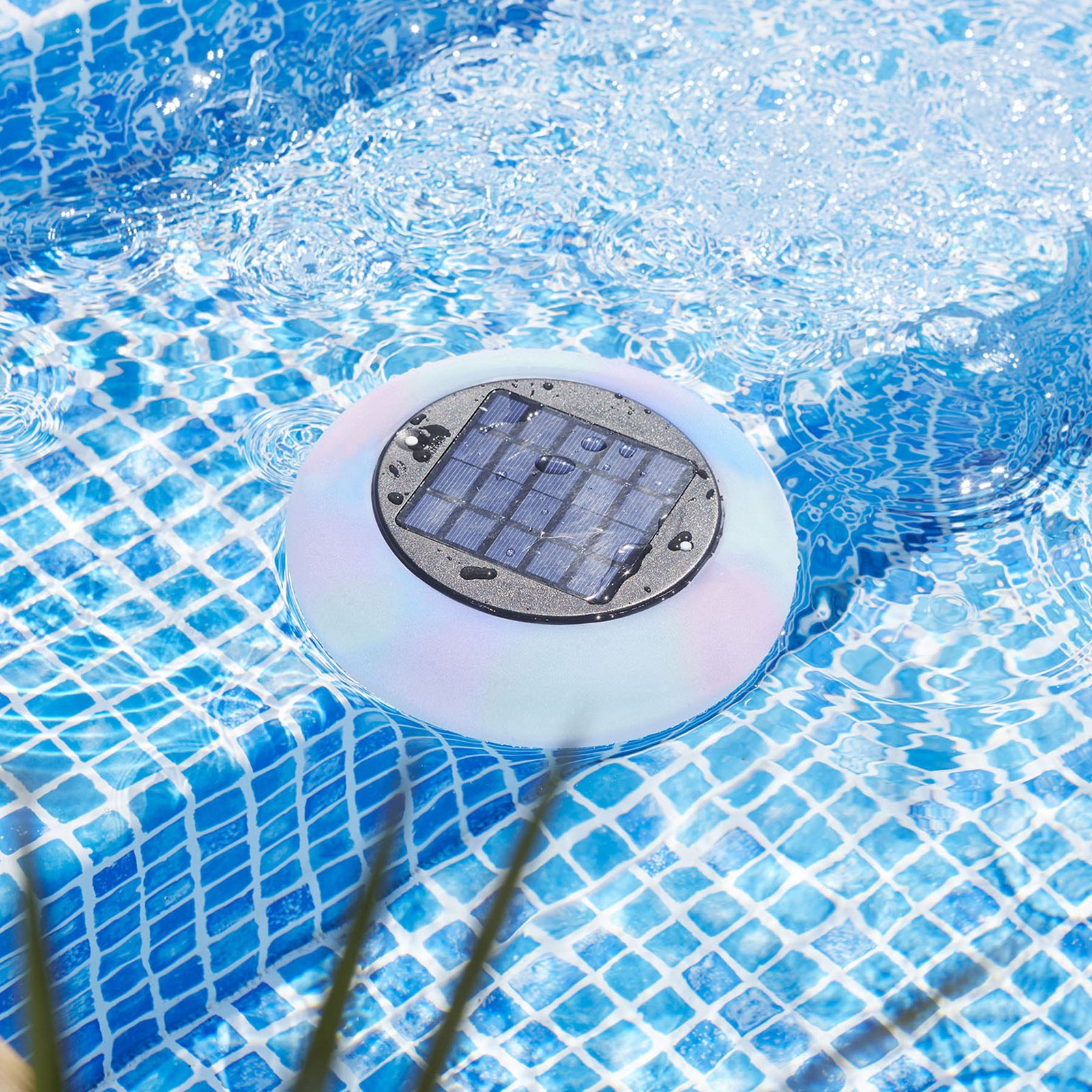
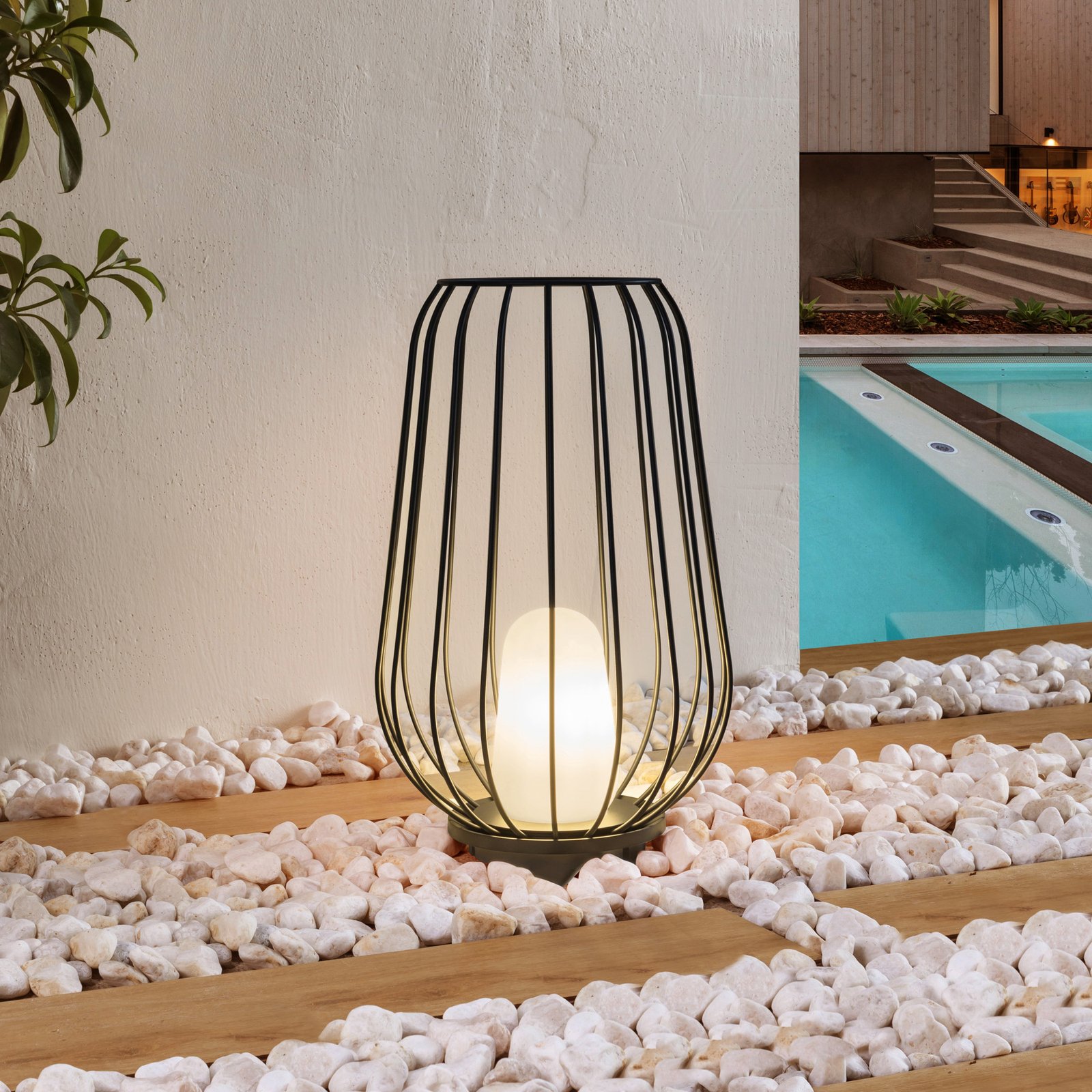
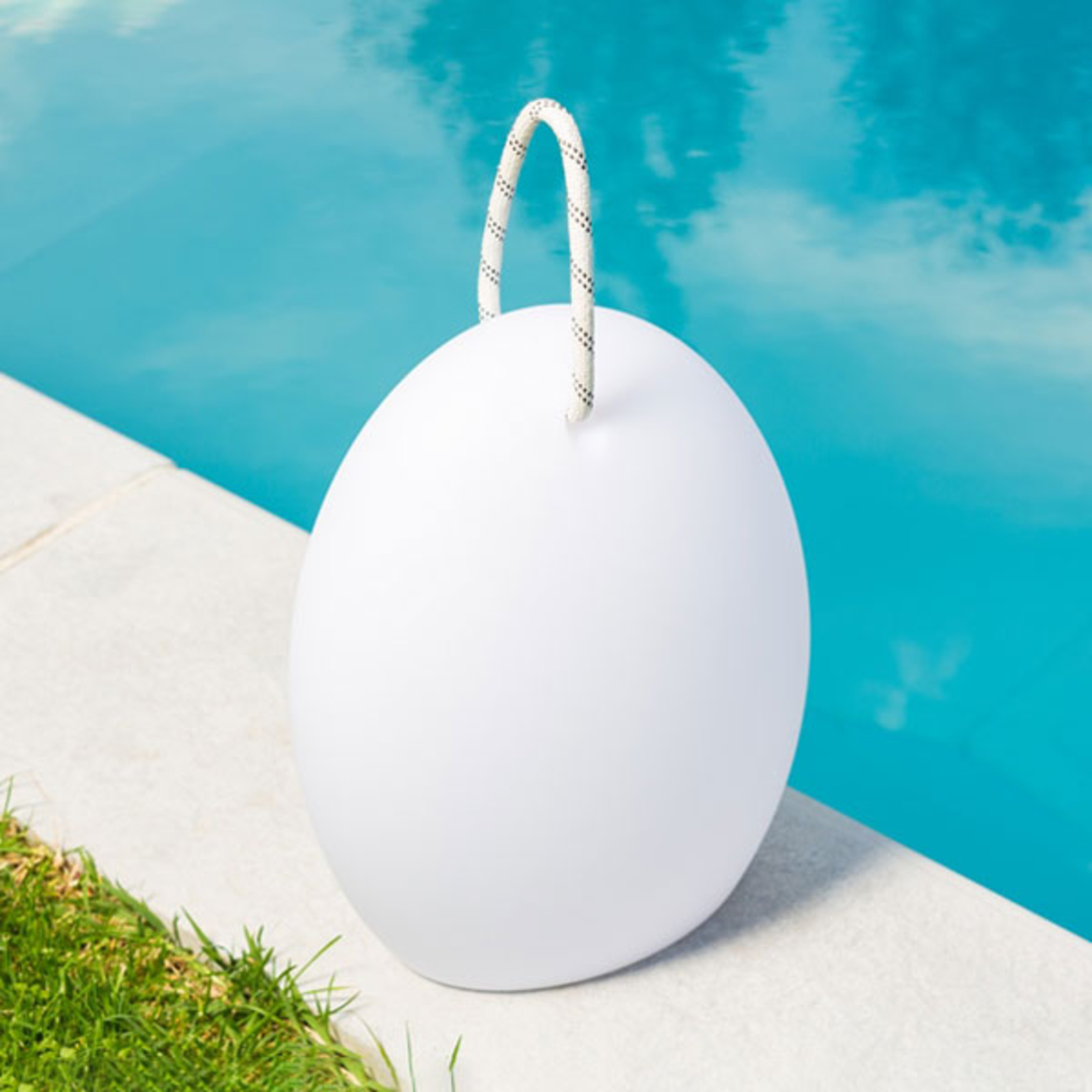
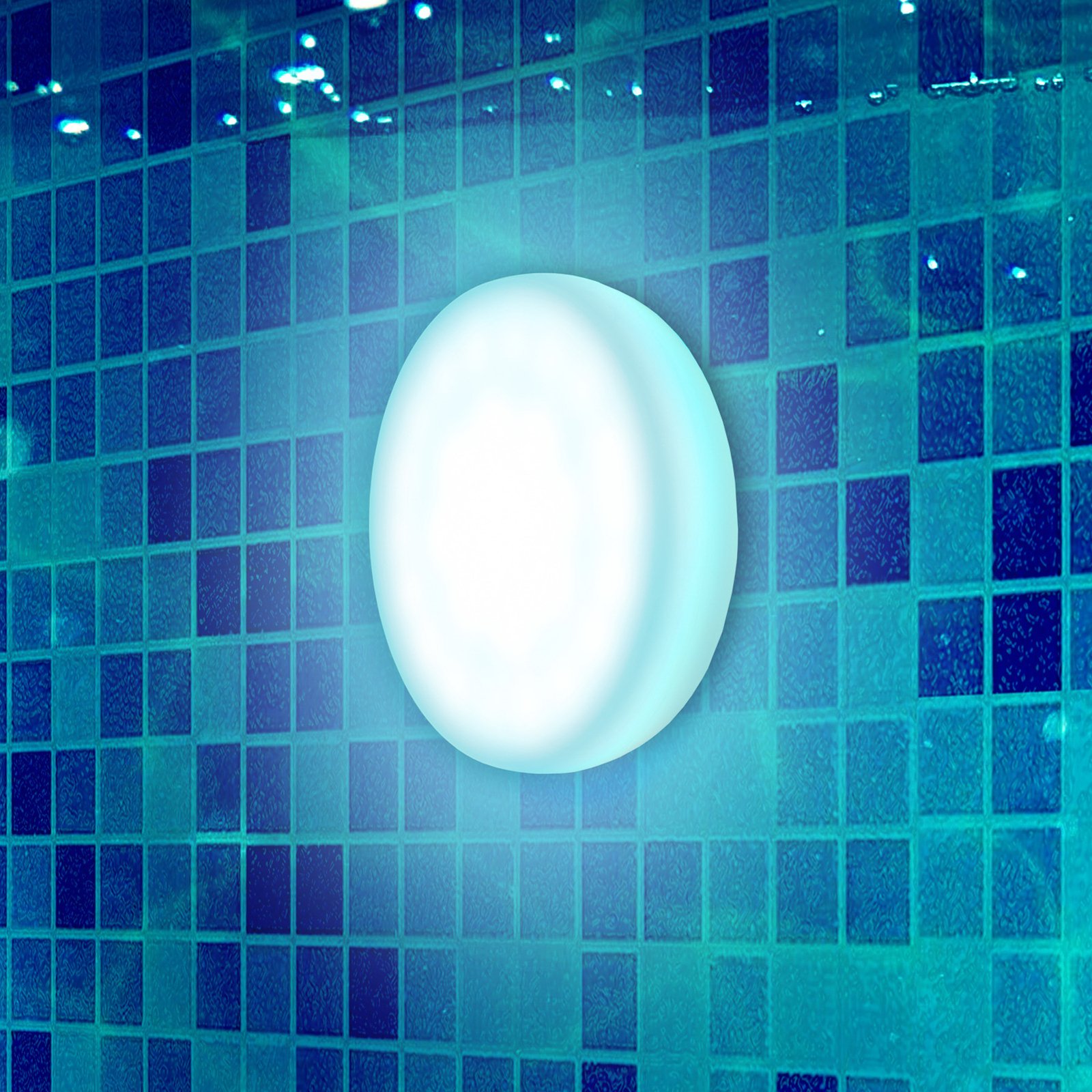
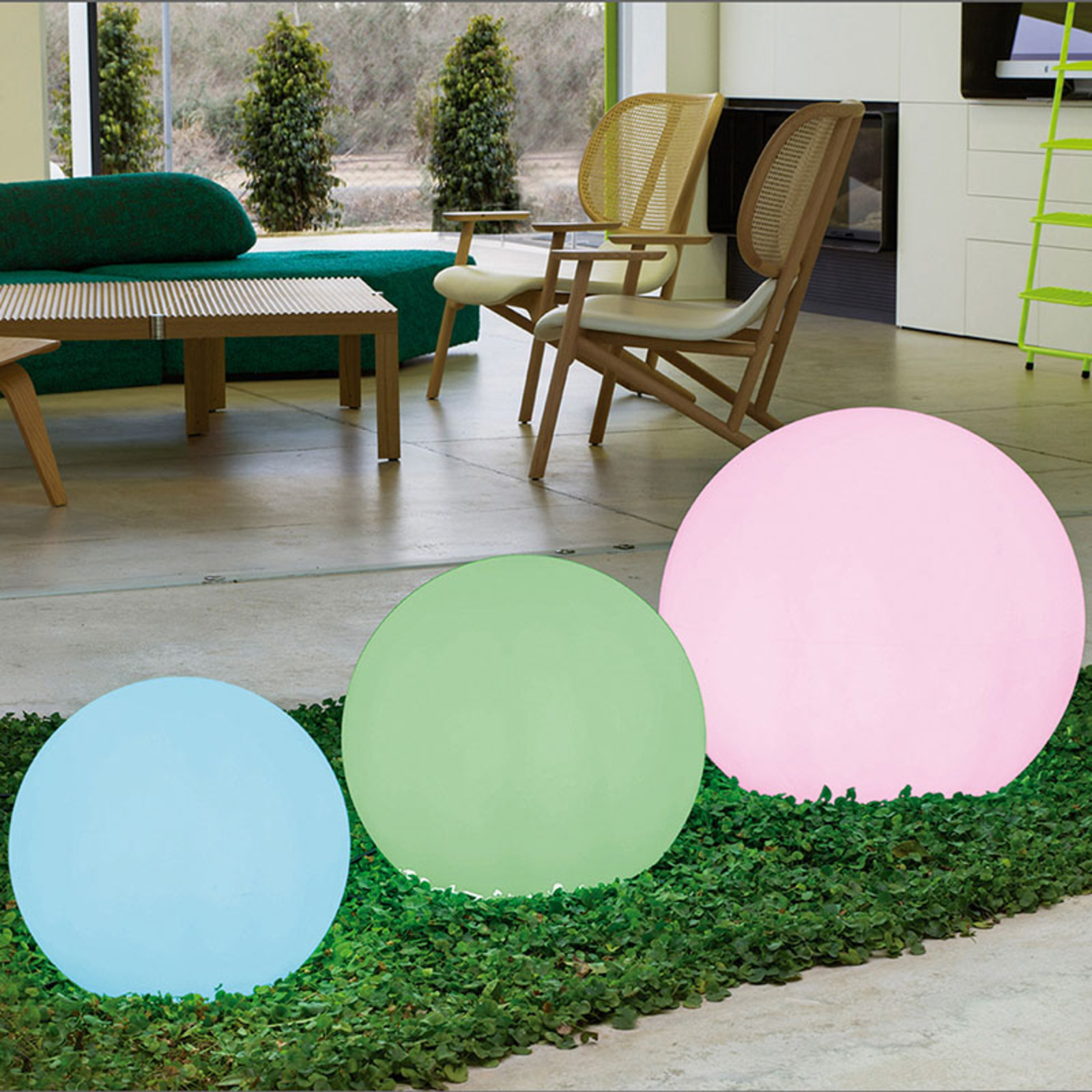
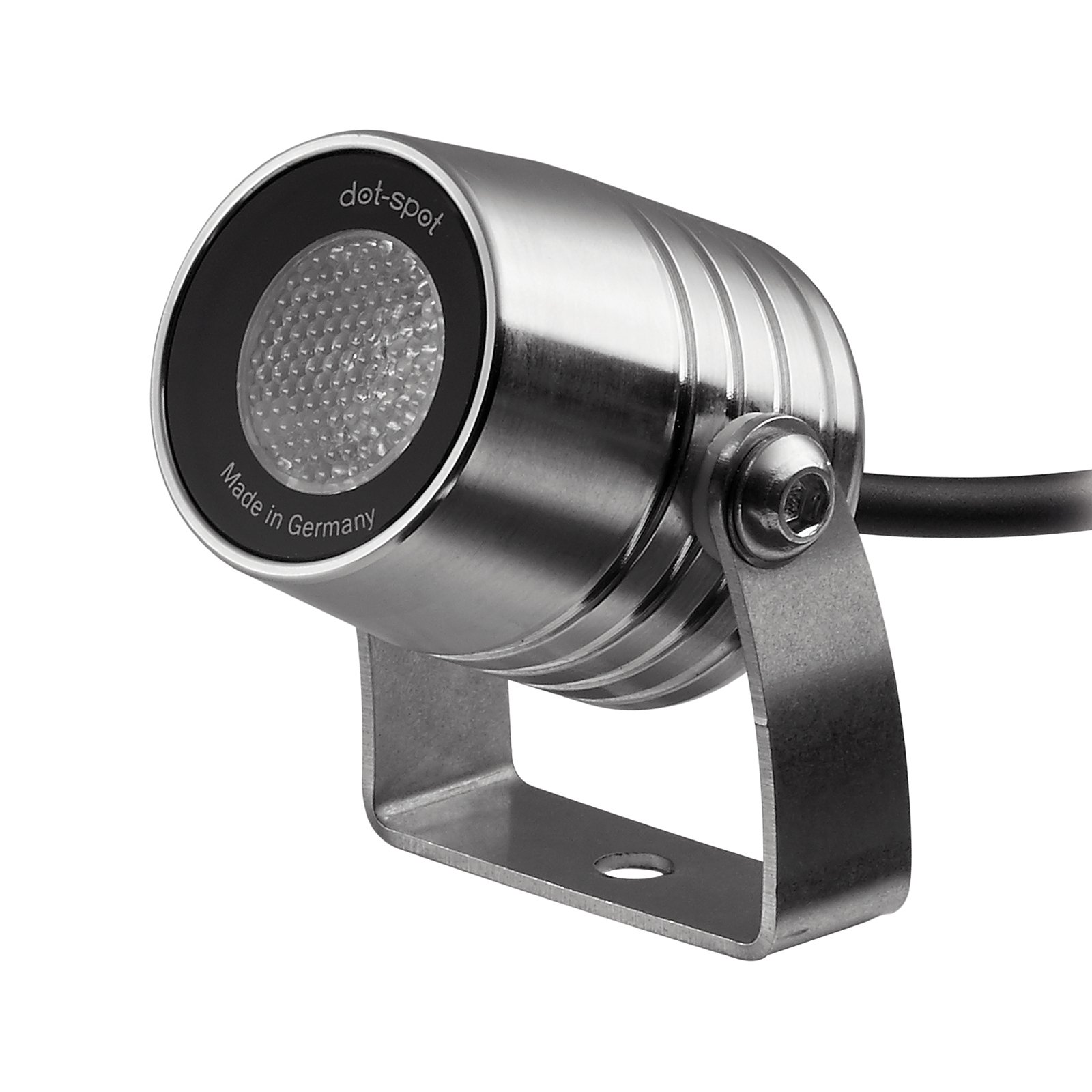
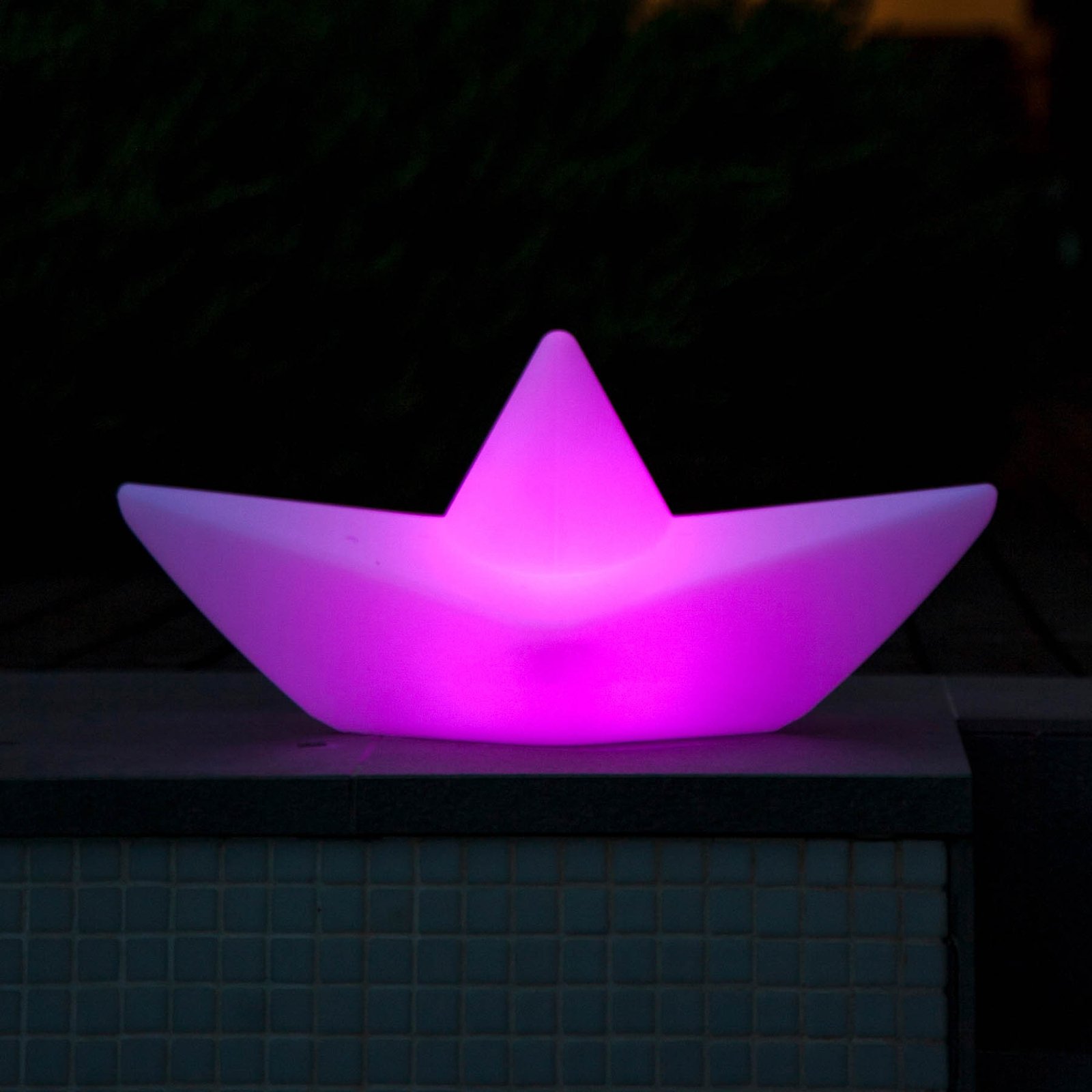
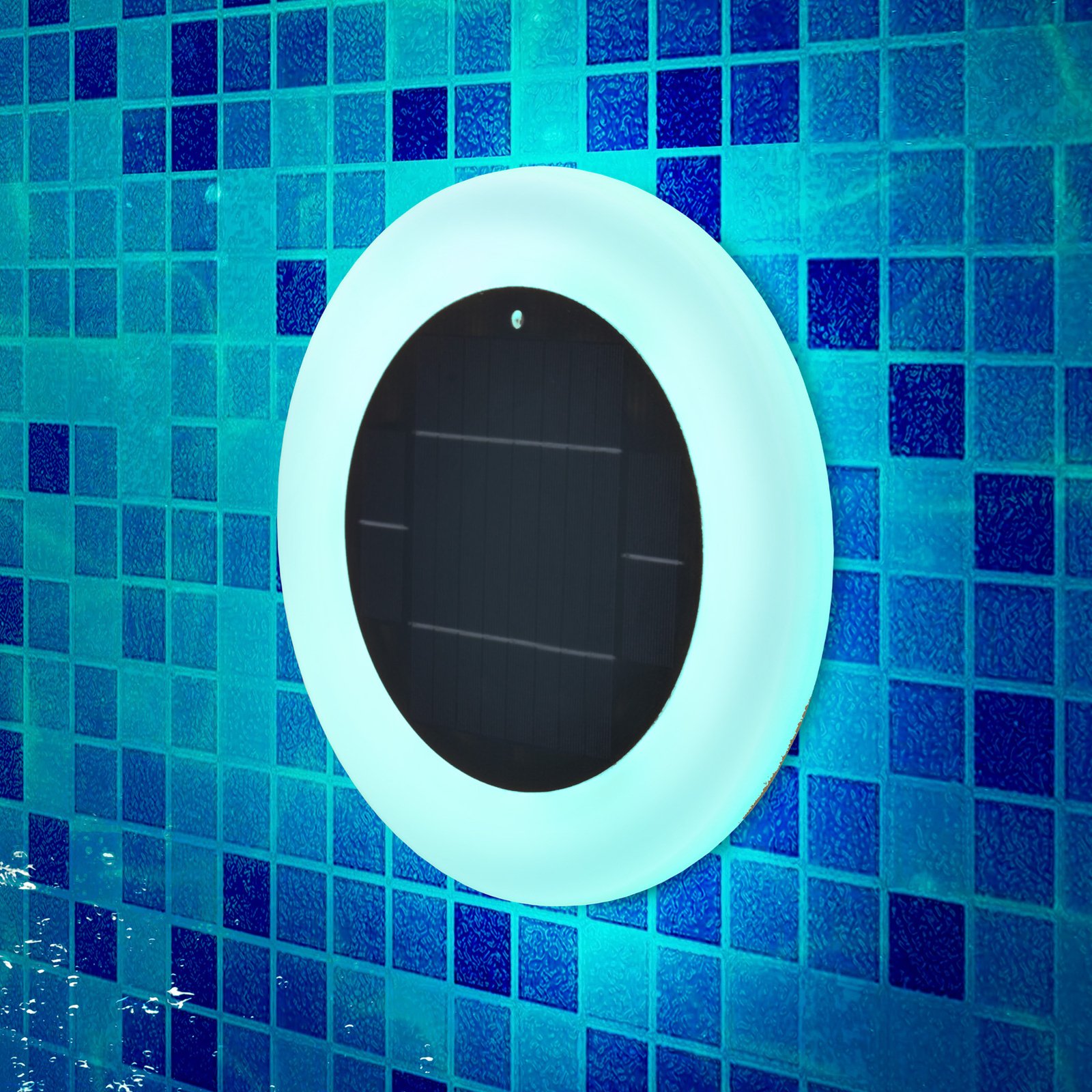


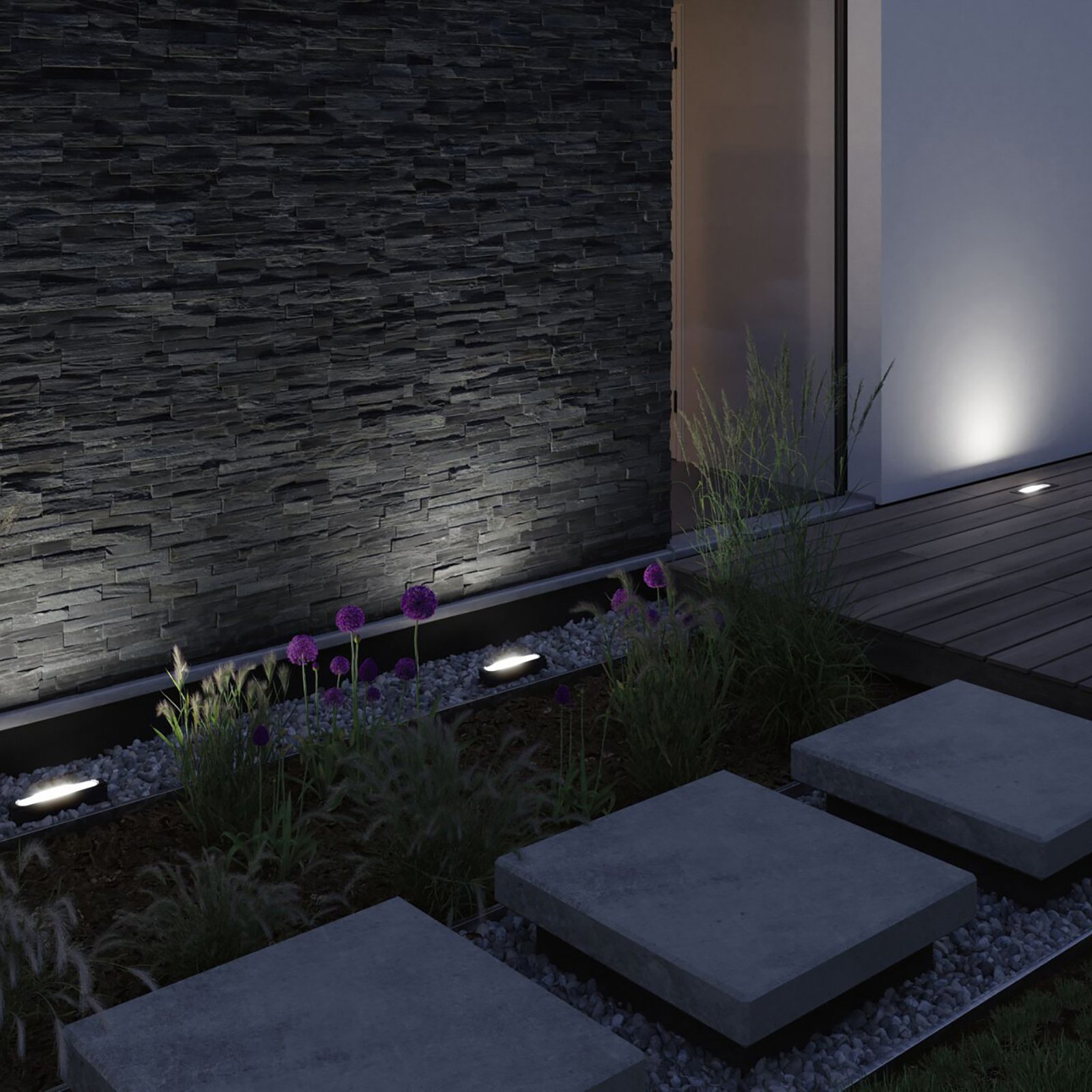
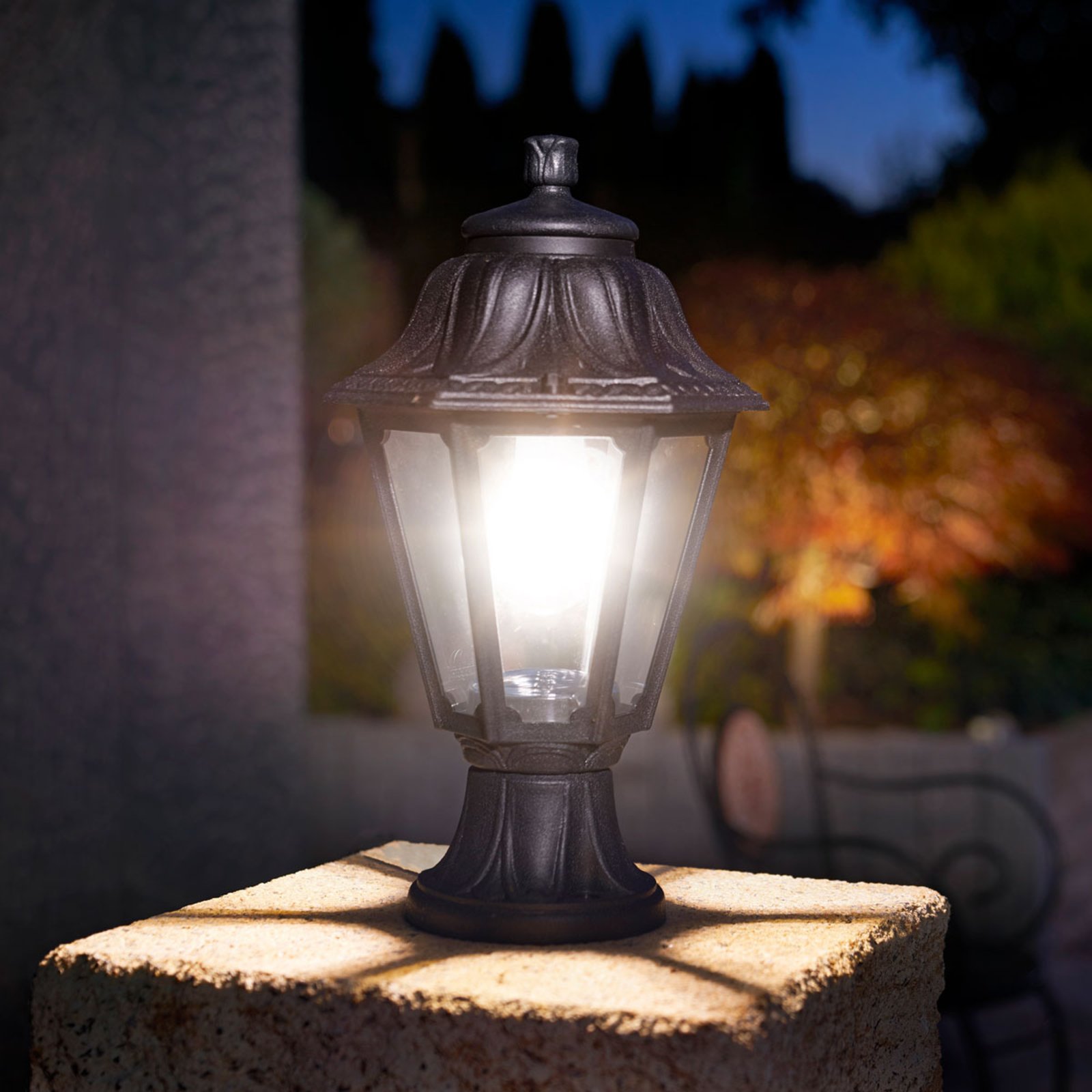
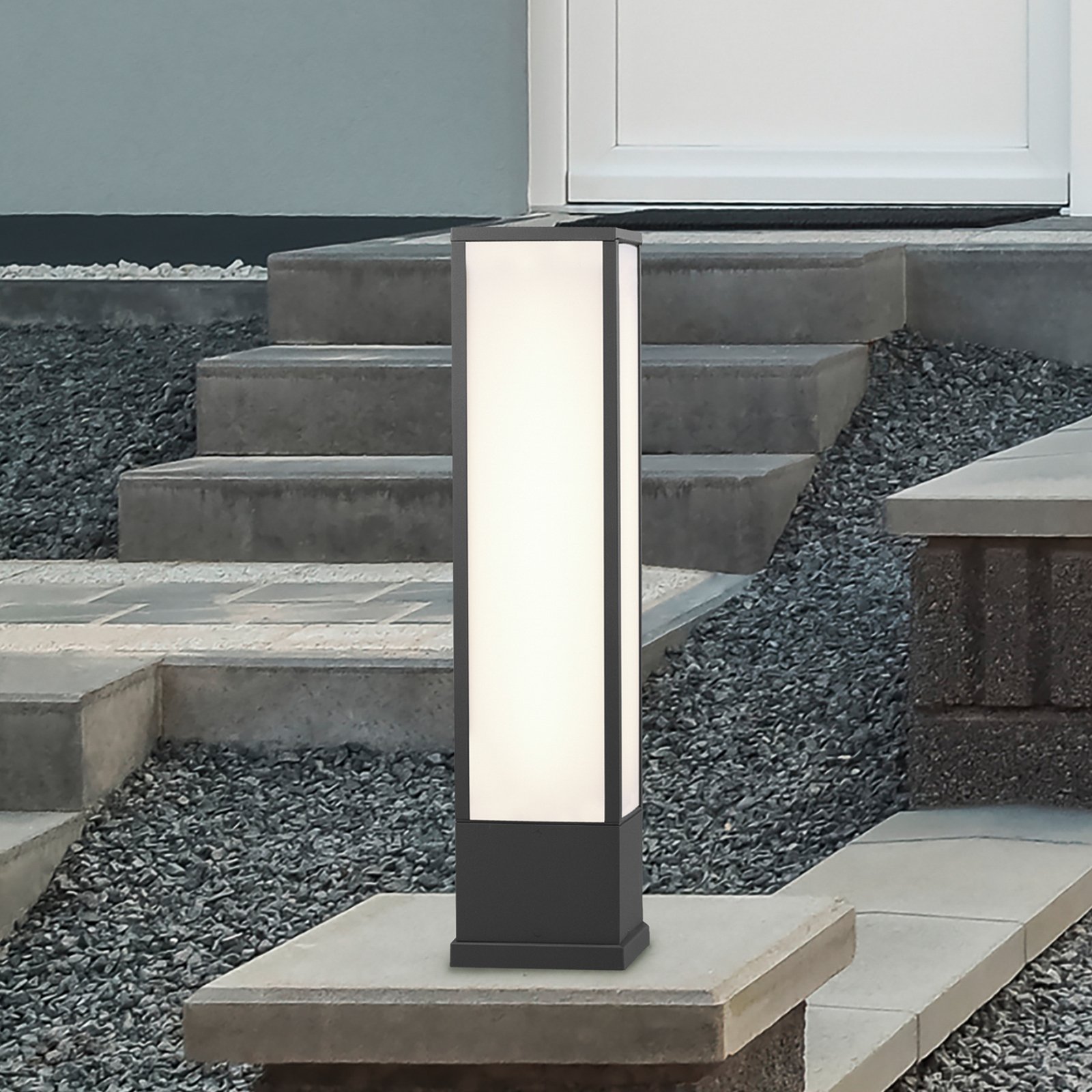
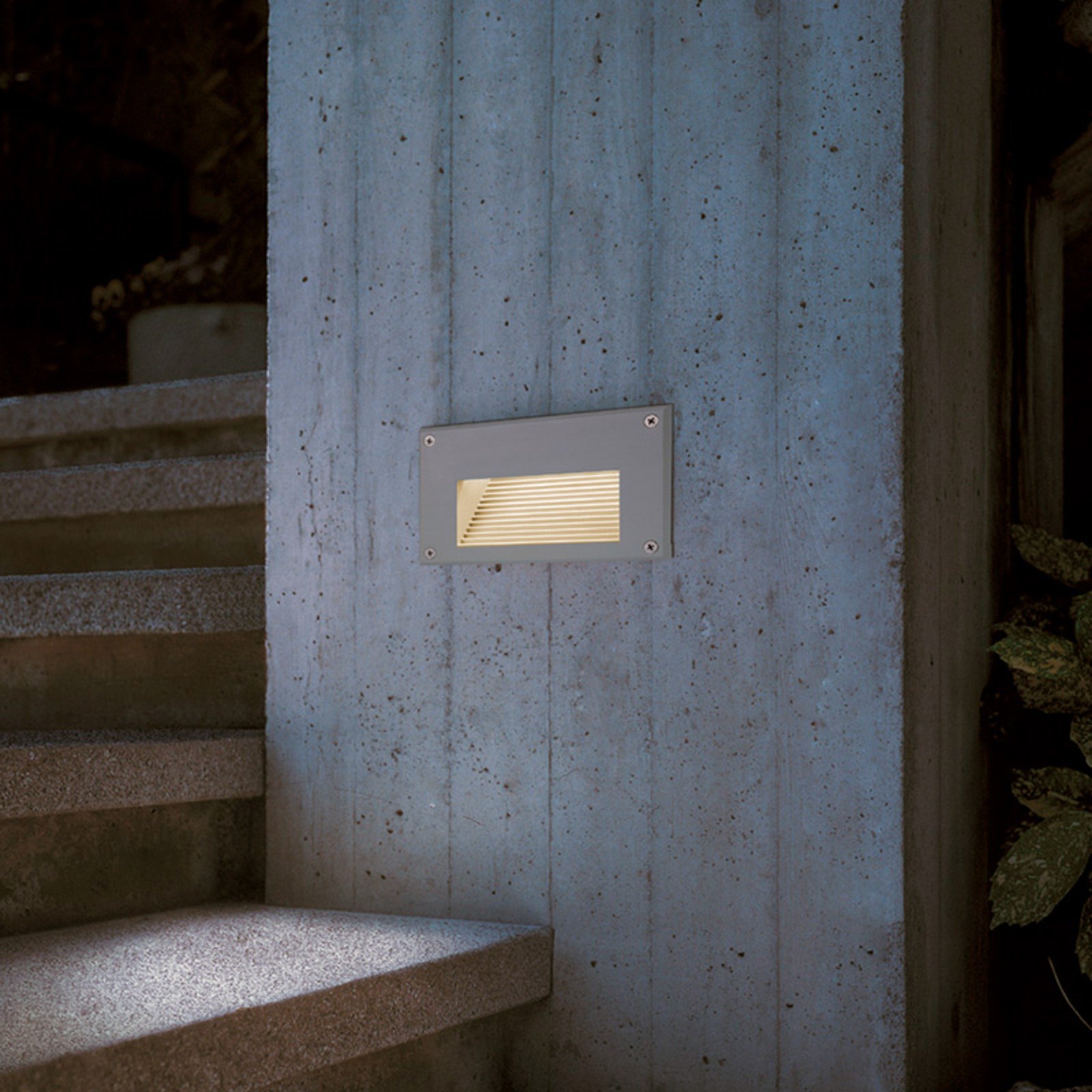
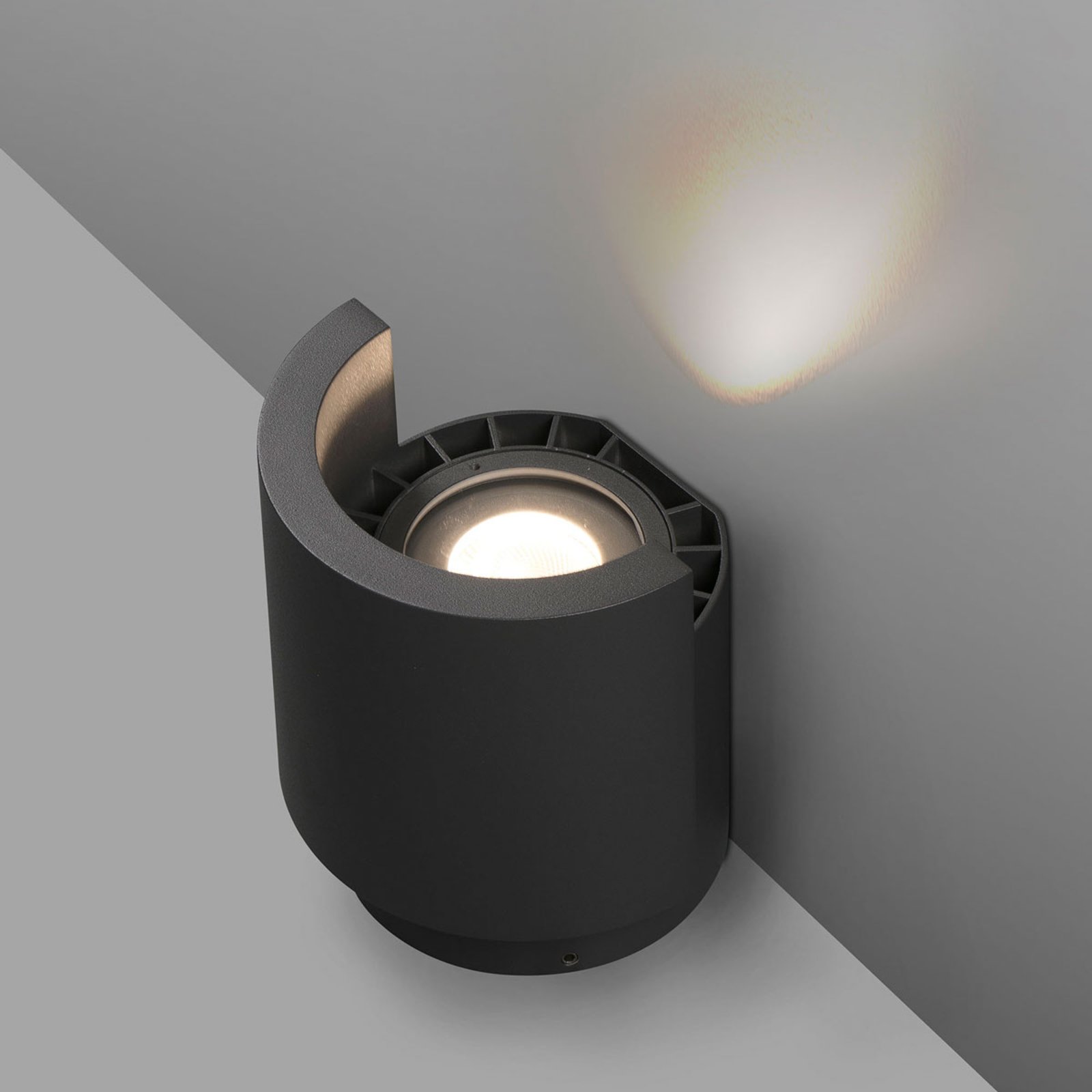
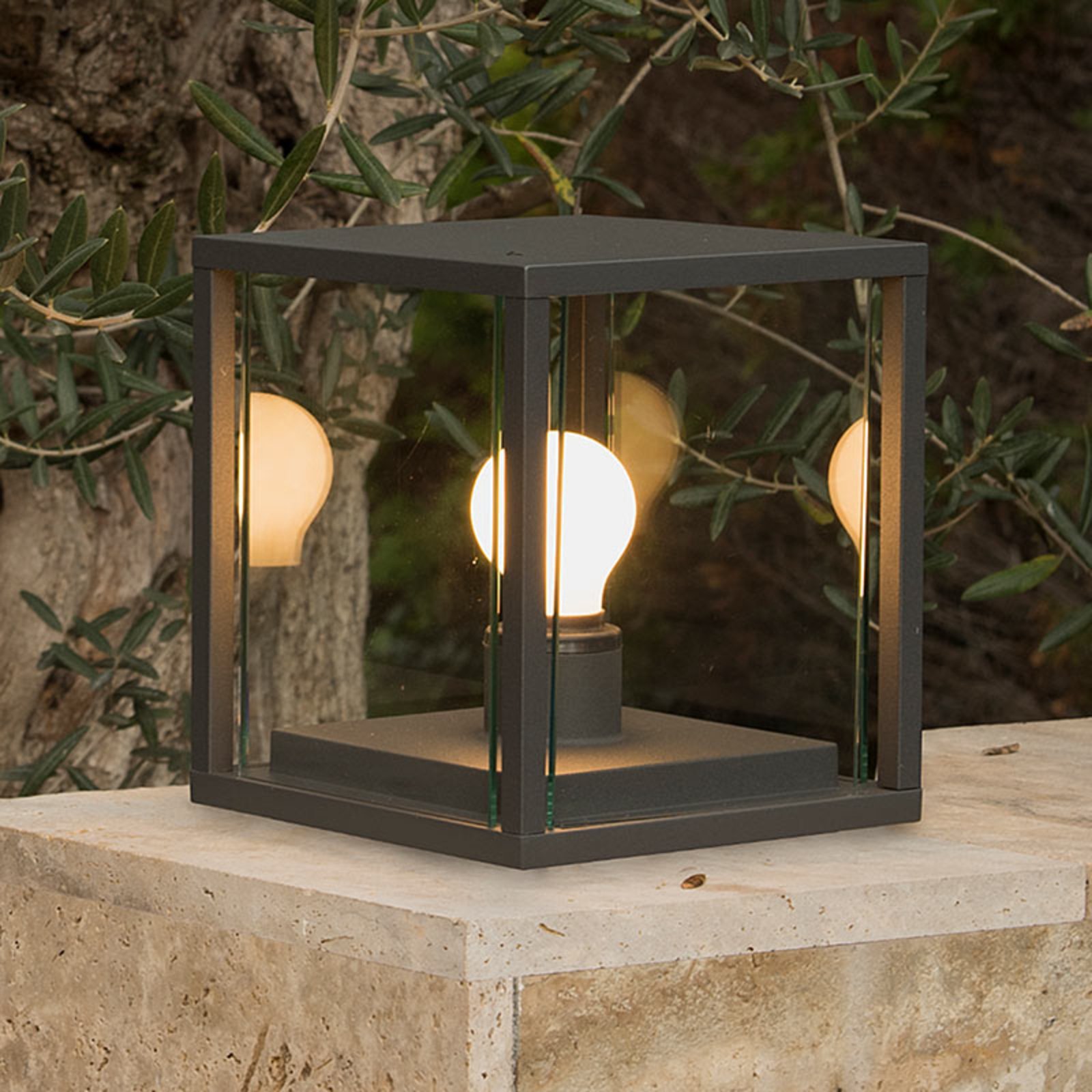
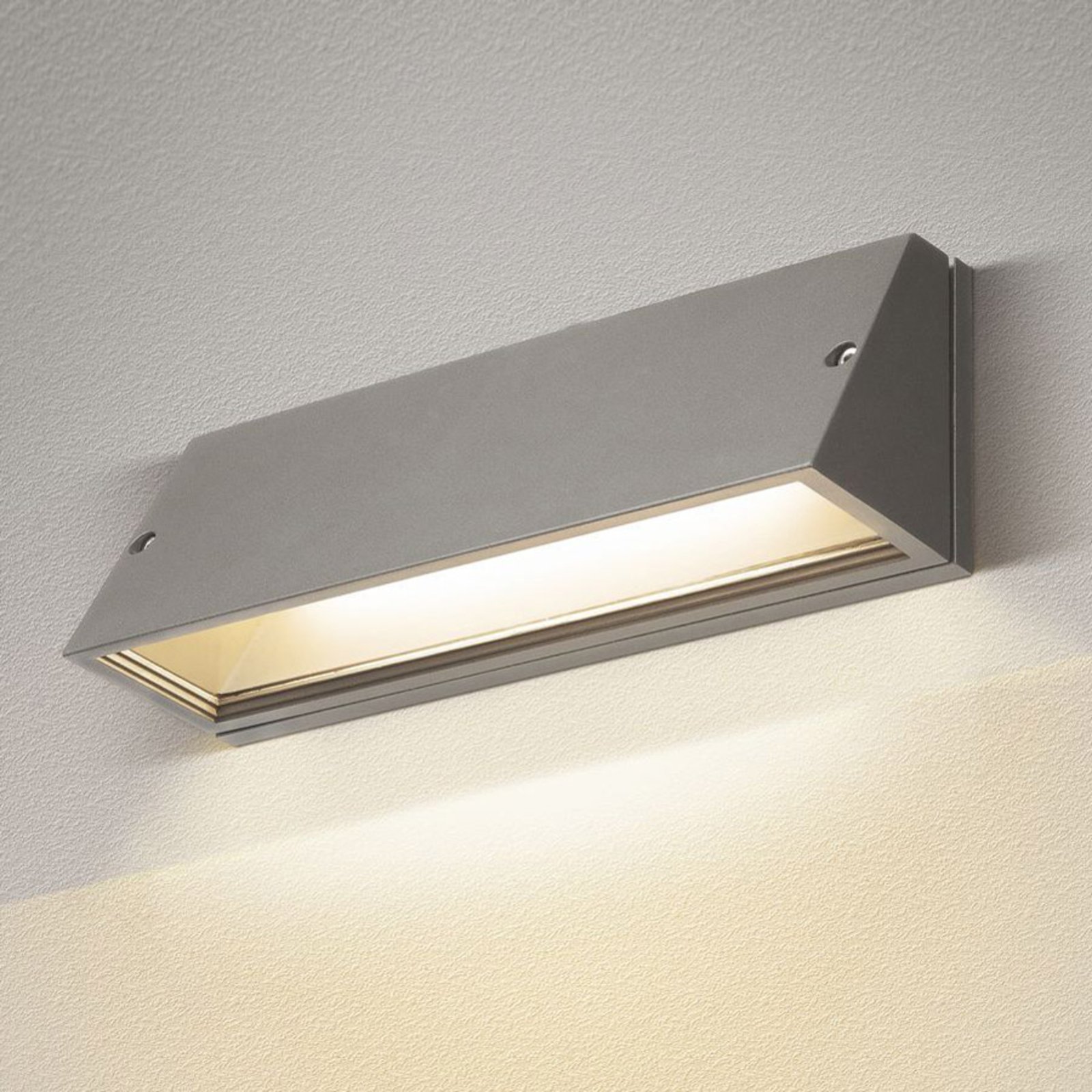
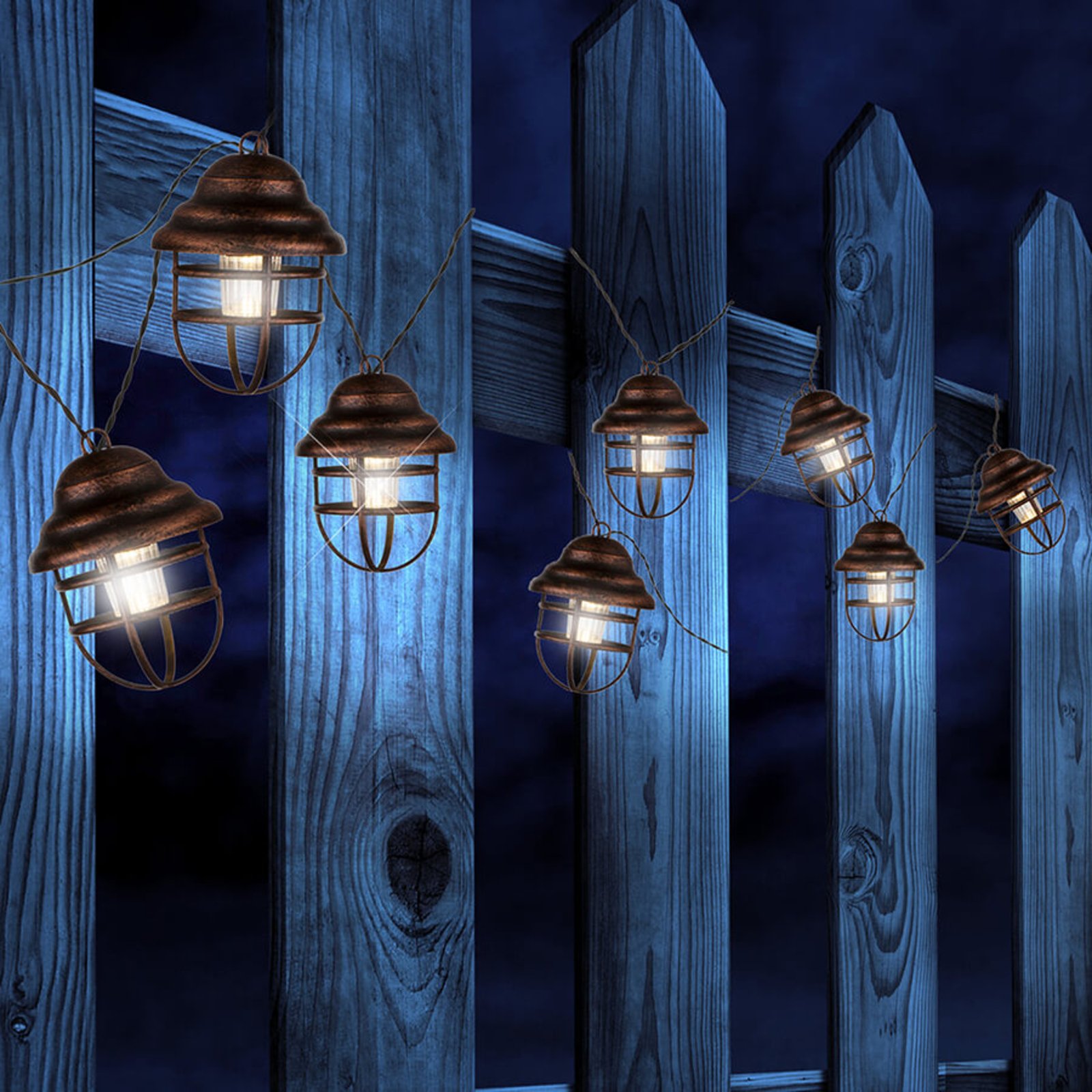
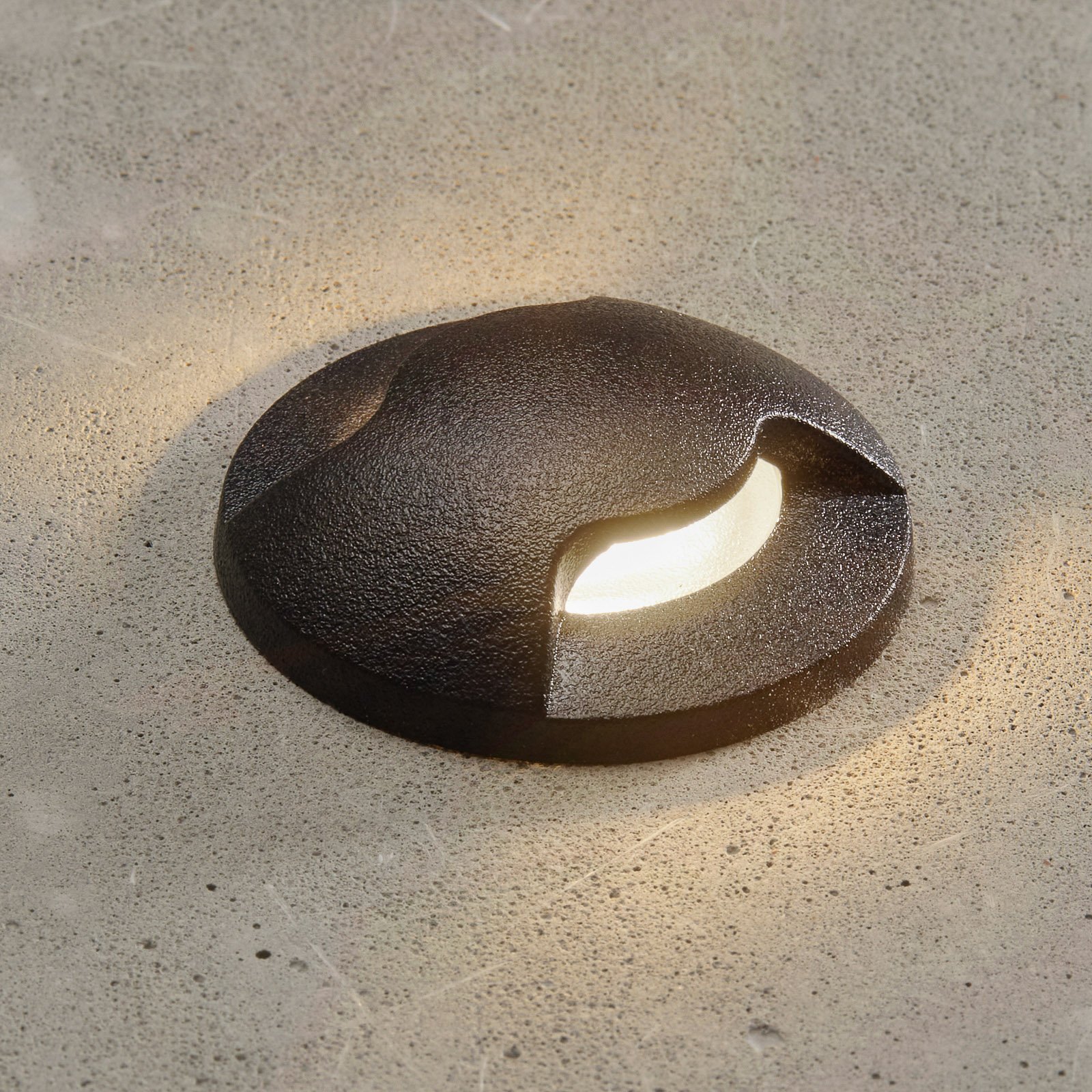
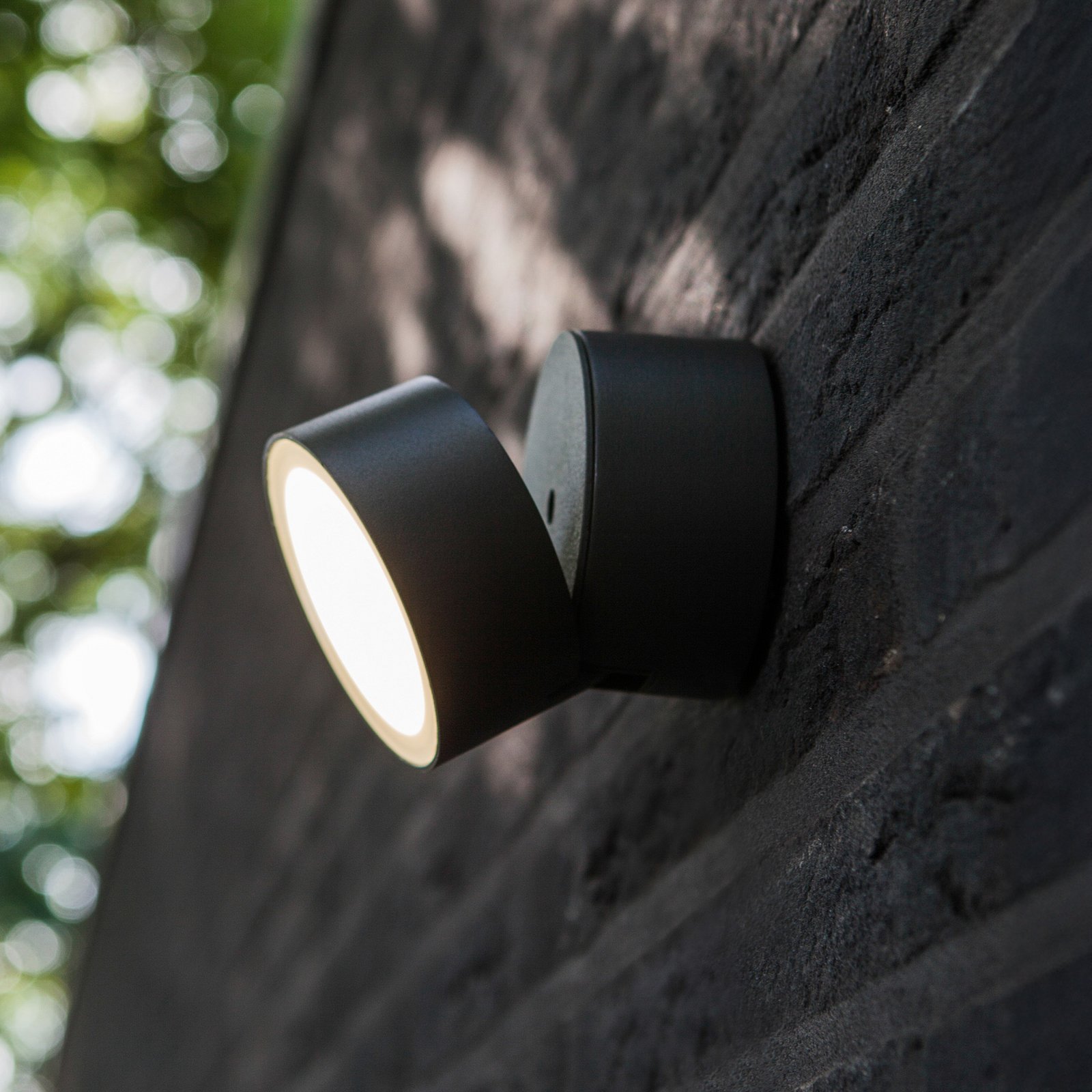
:format(jpeg))
:format(jpeg))
:format(jpeg))
:format(jpeg))
:format(jpeg))
:format(jpeg))